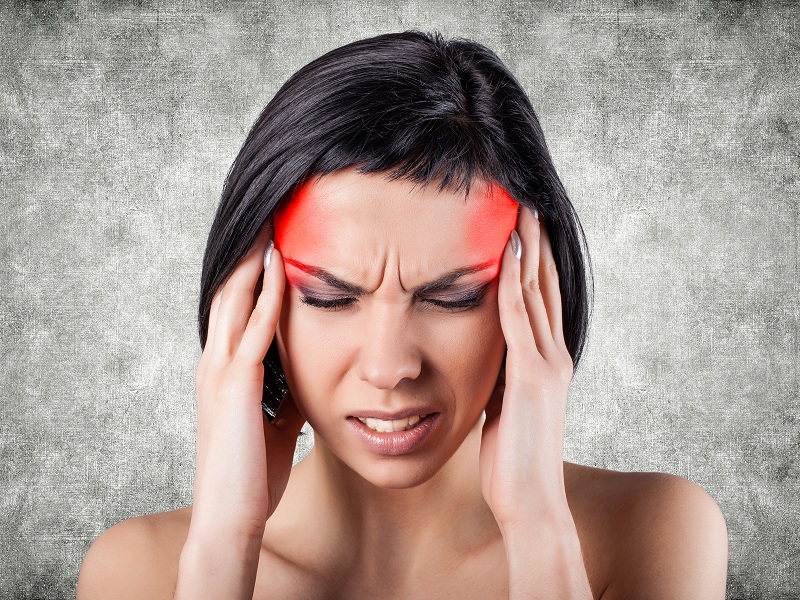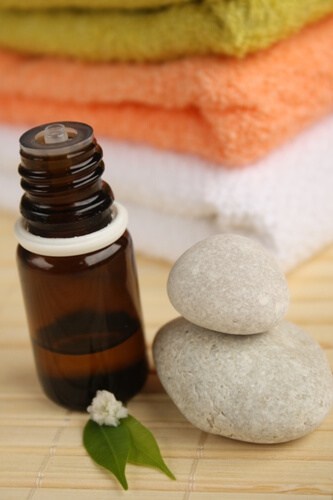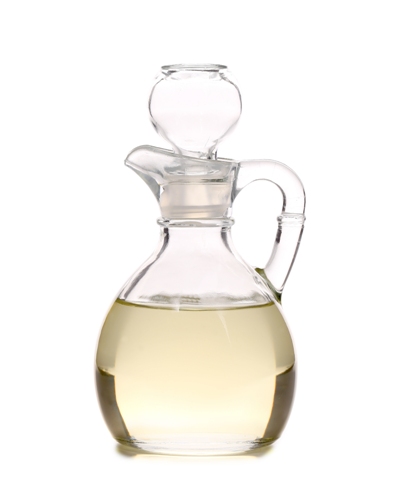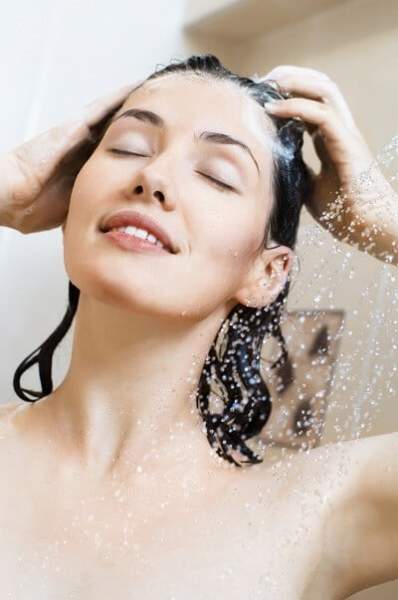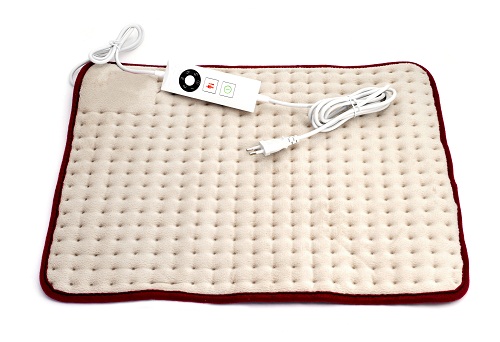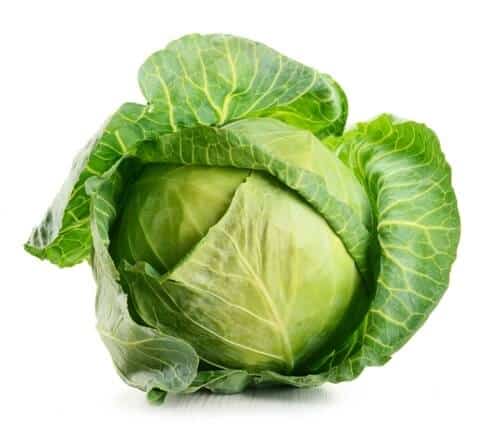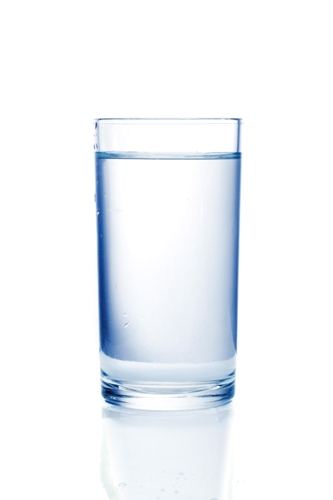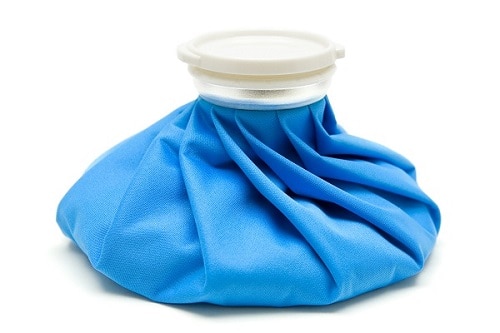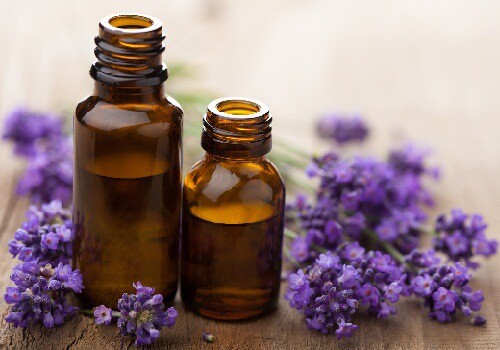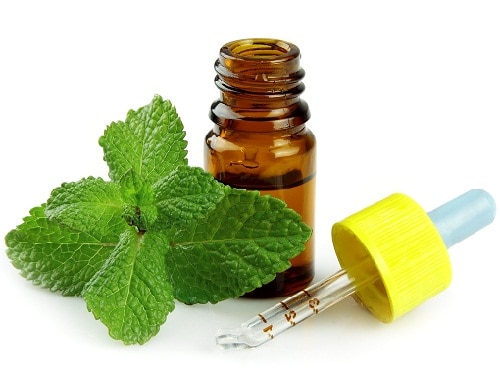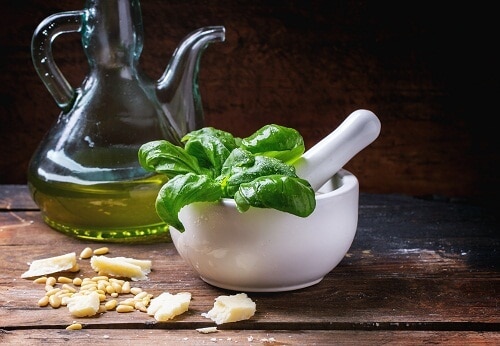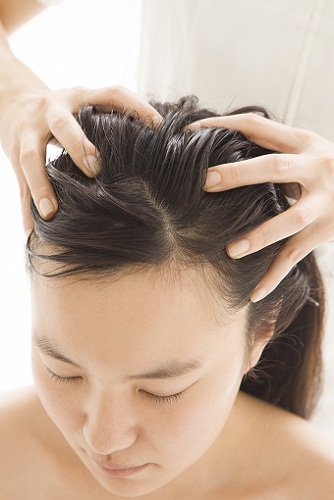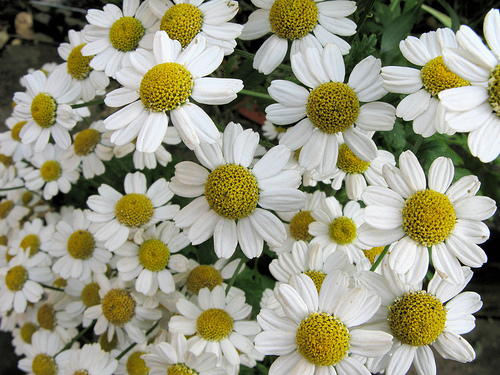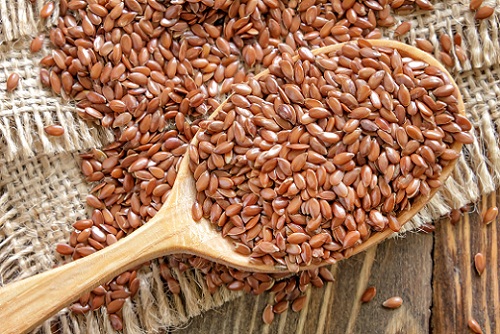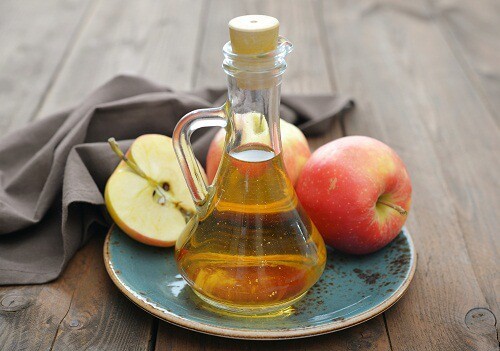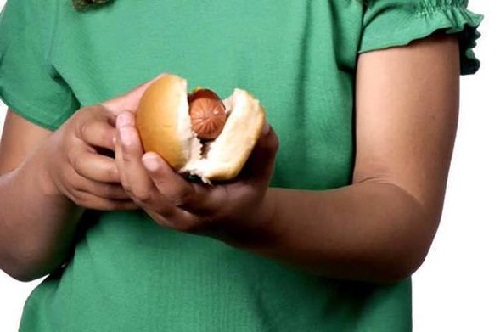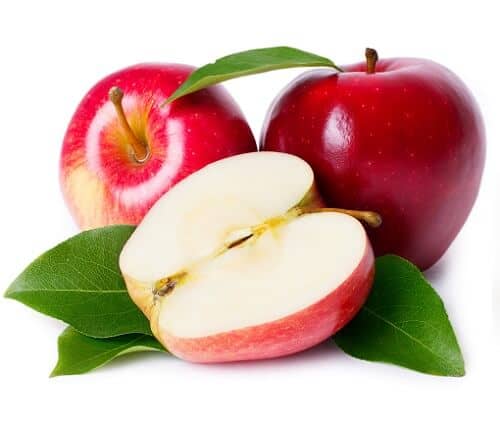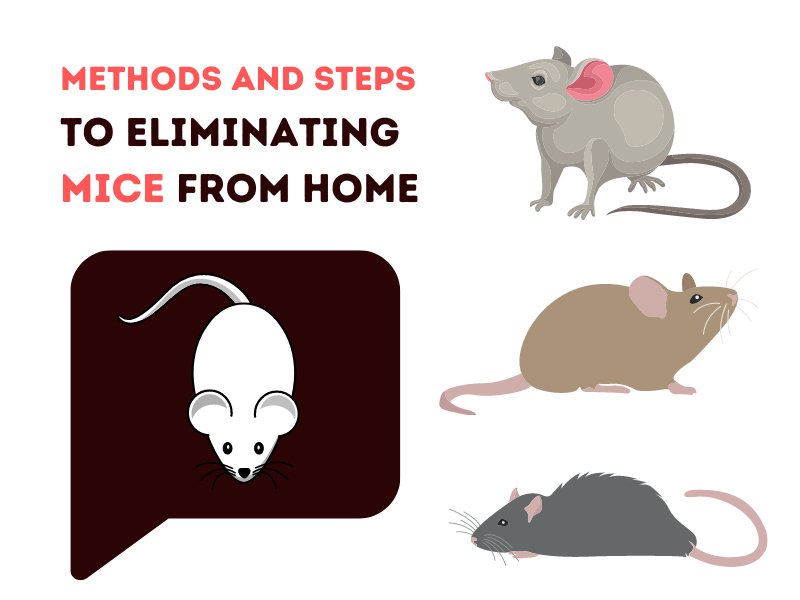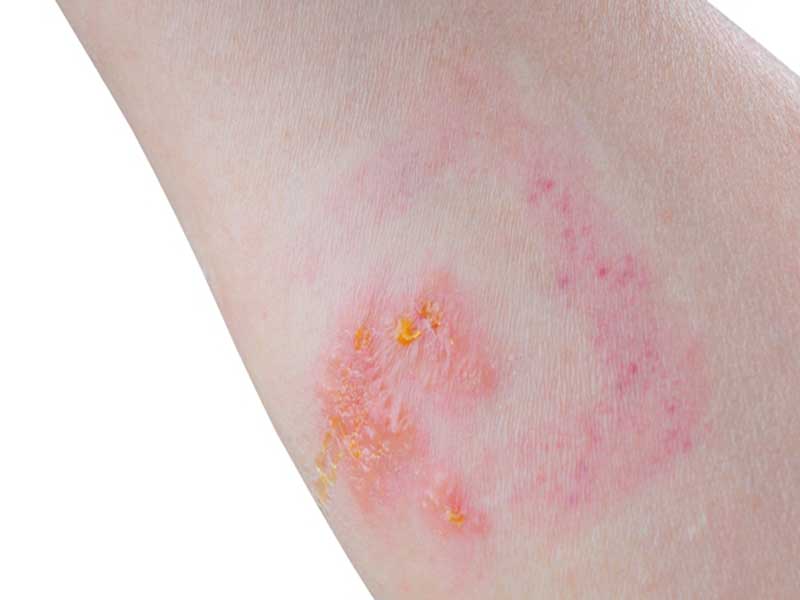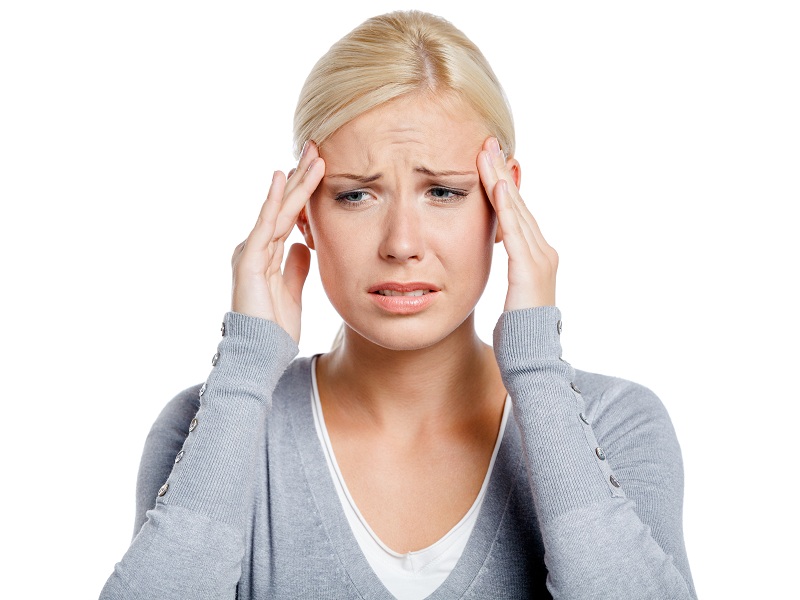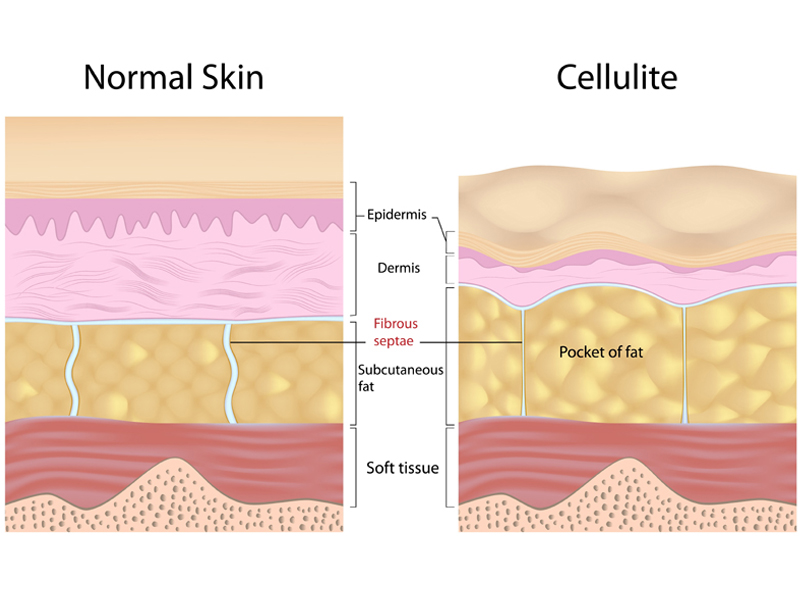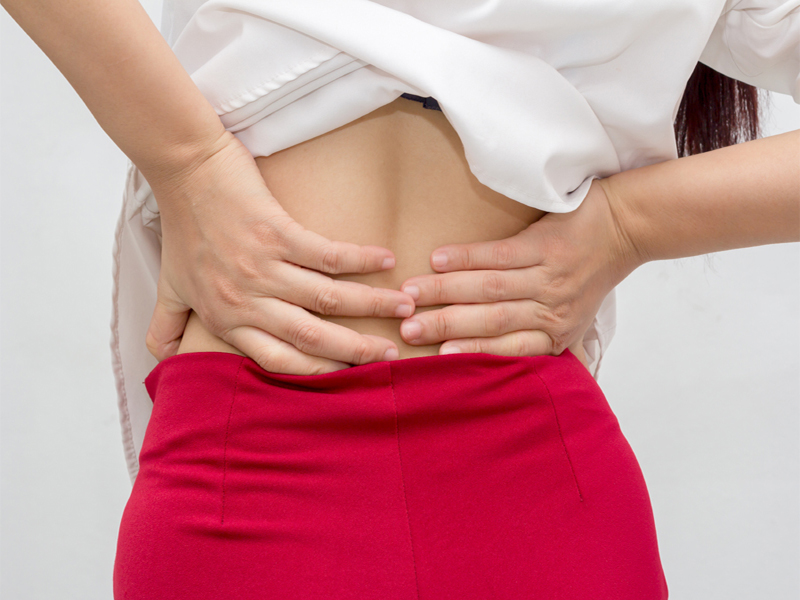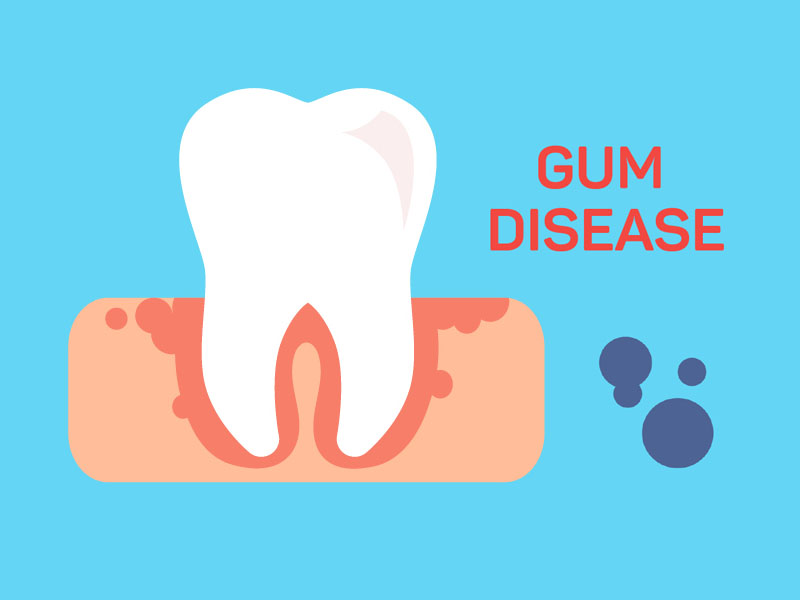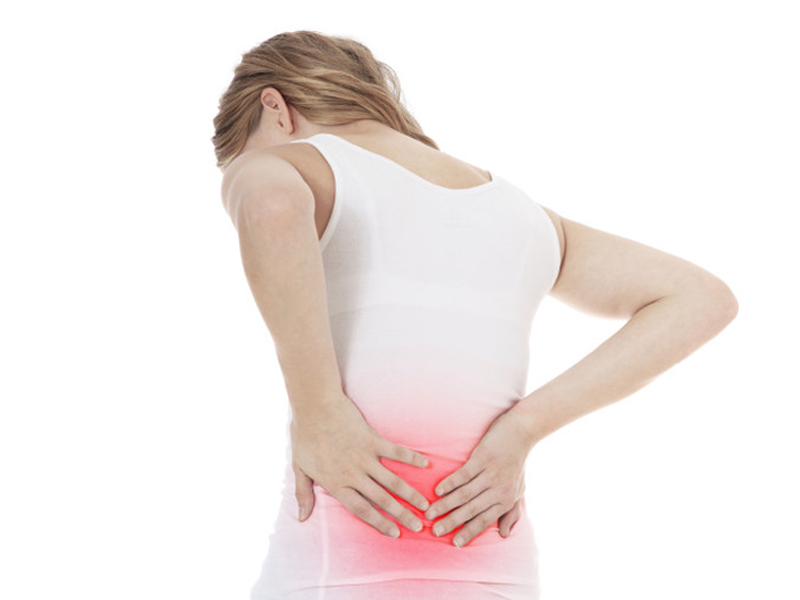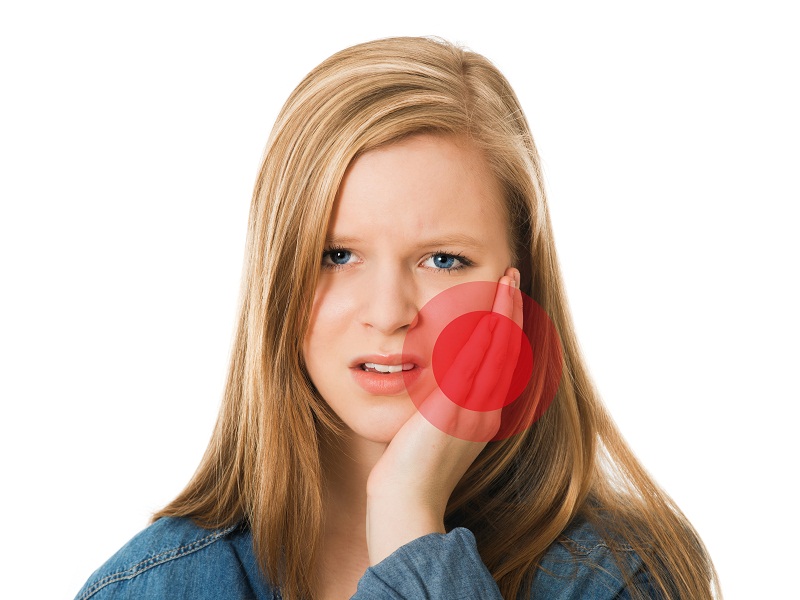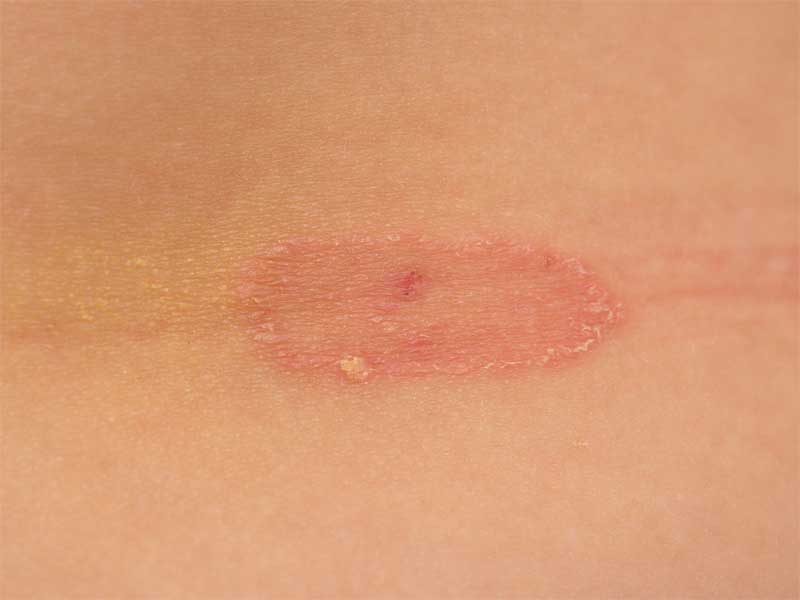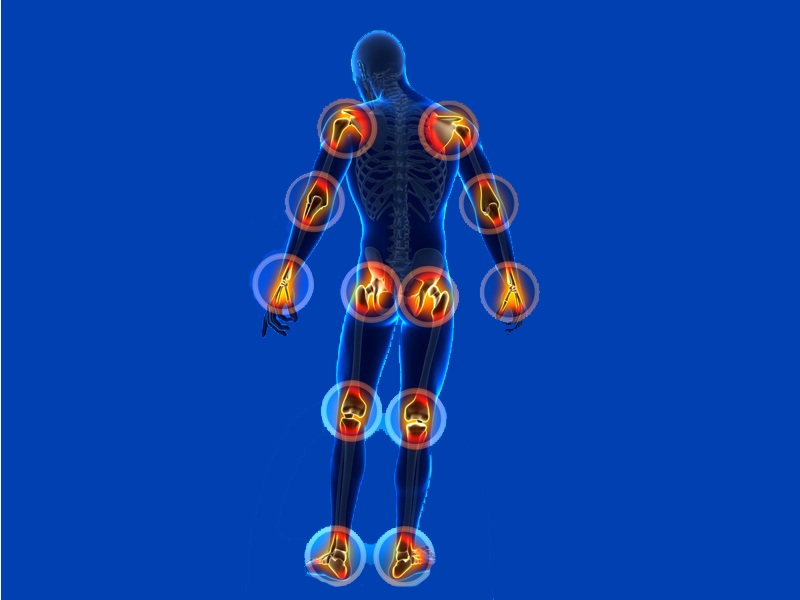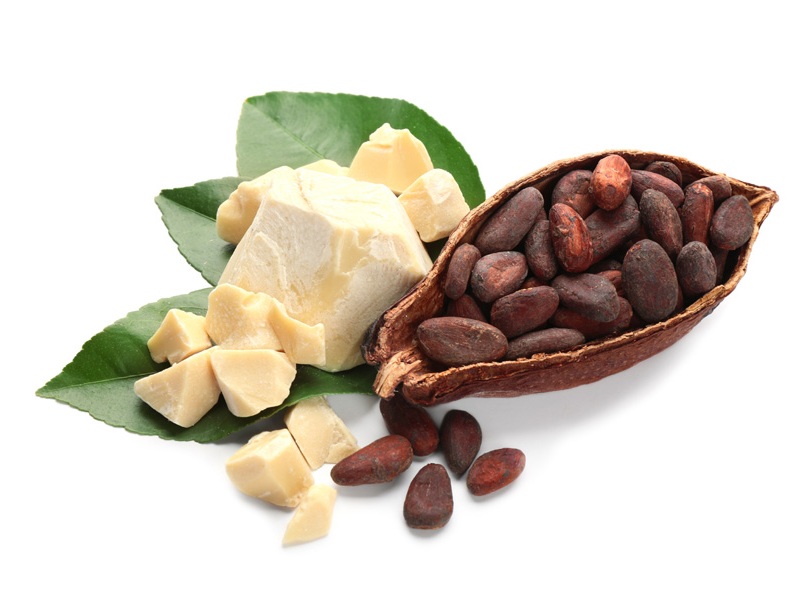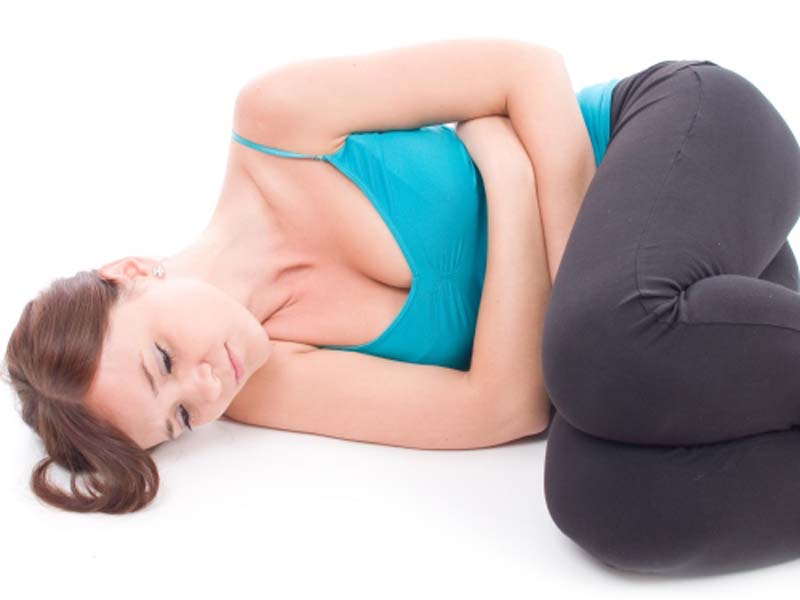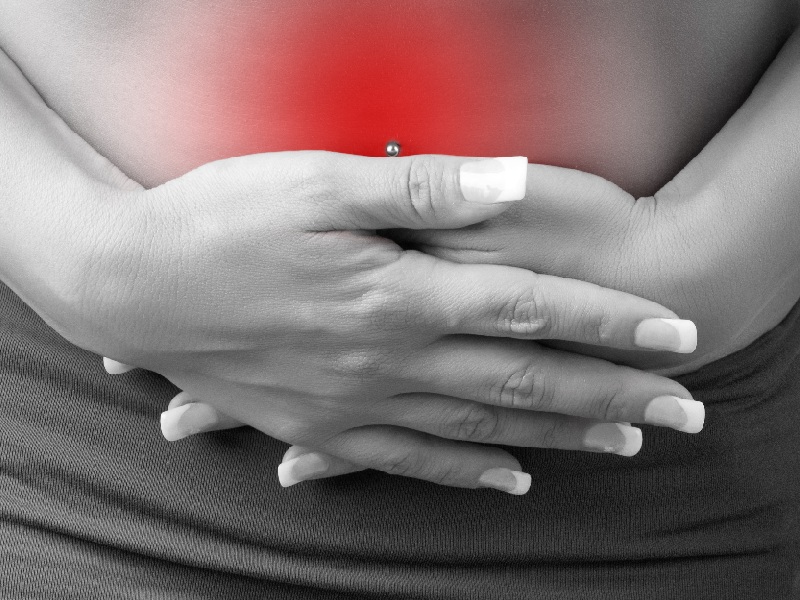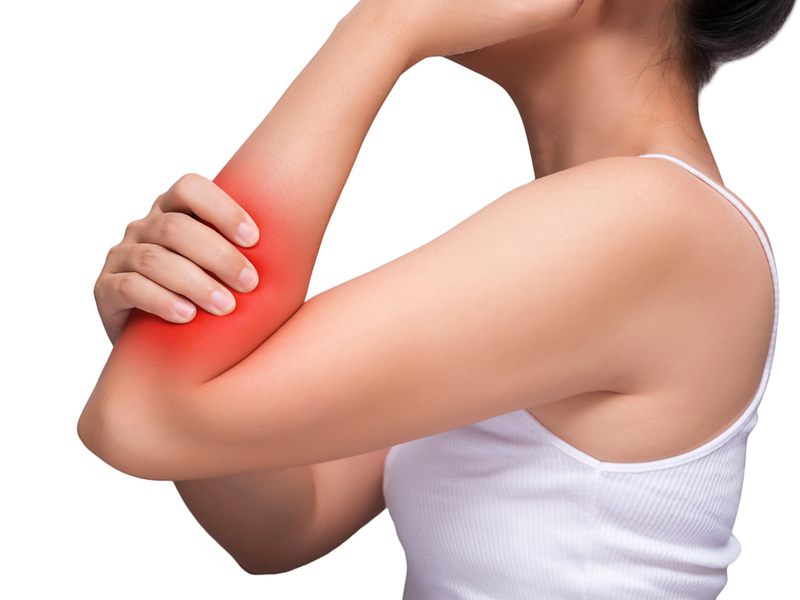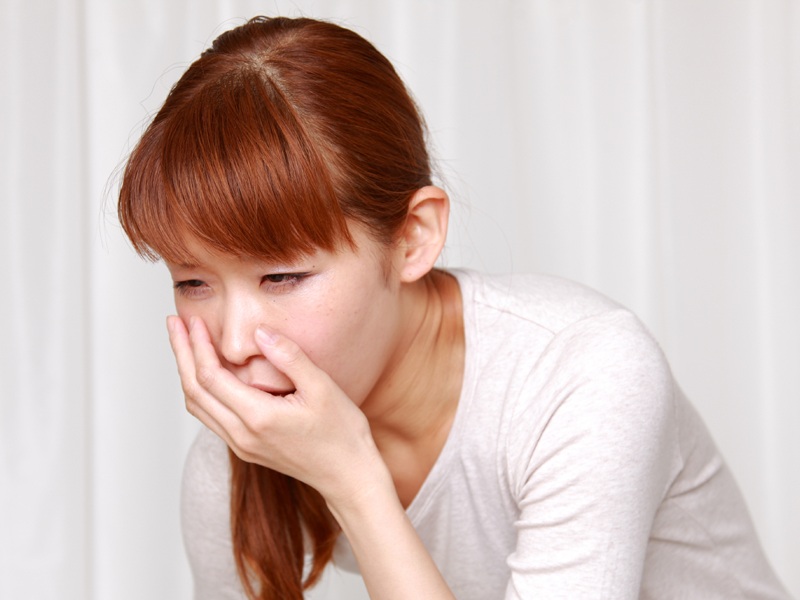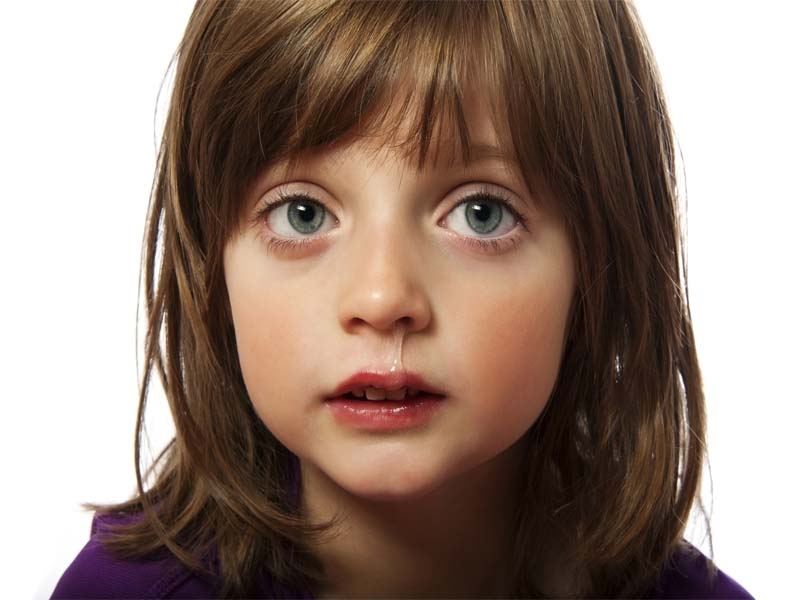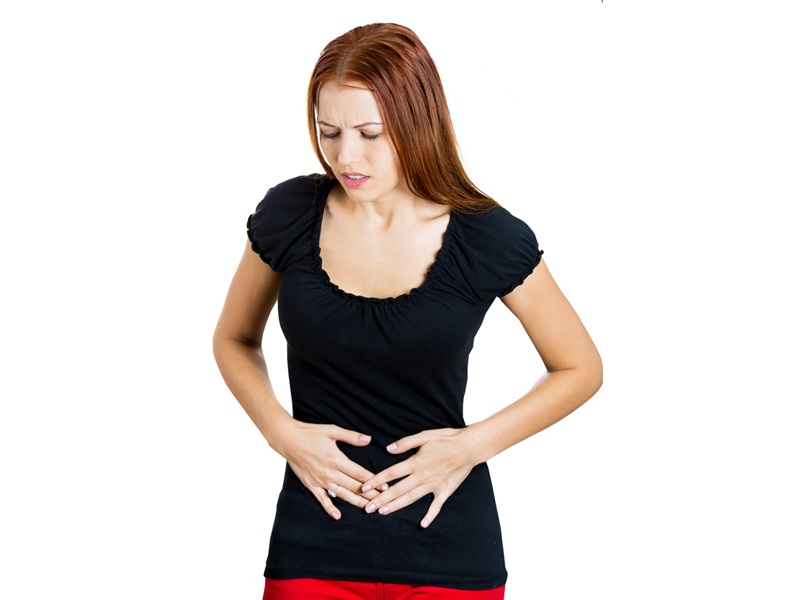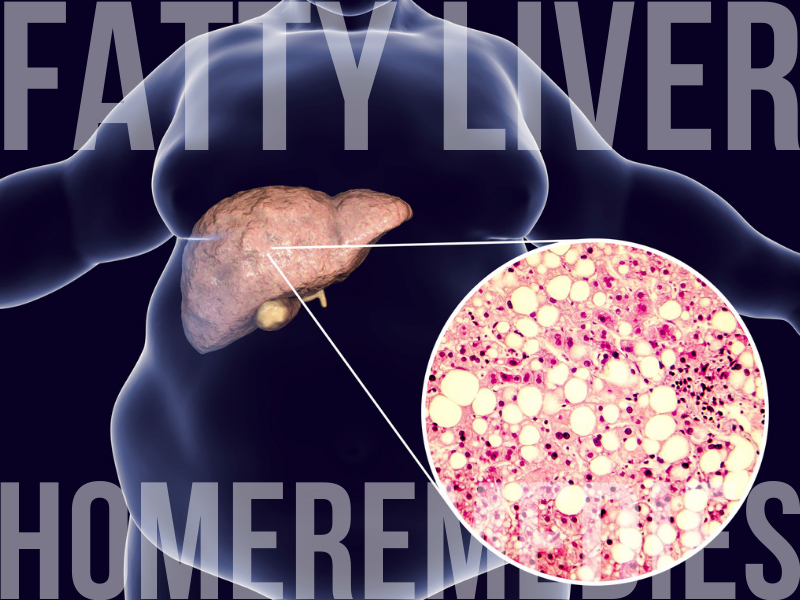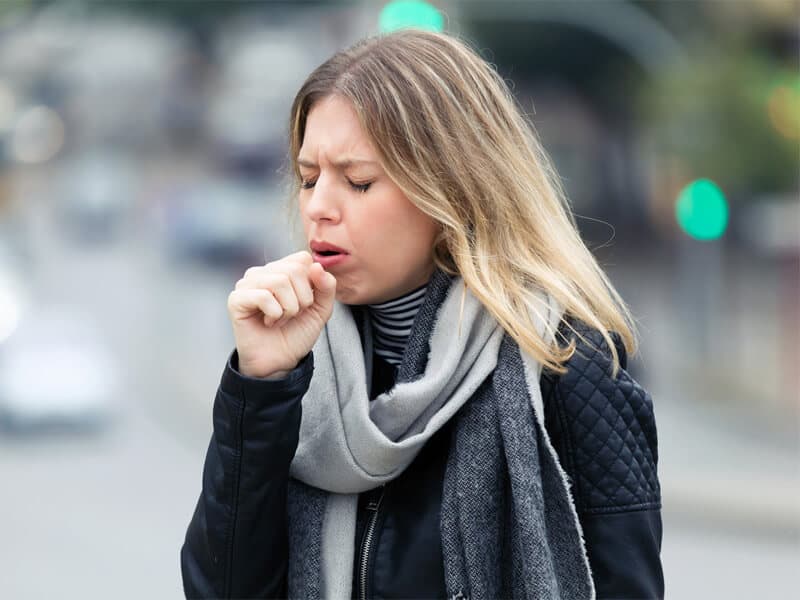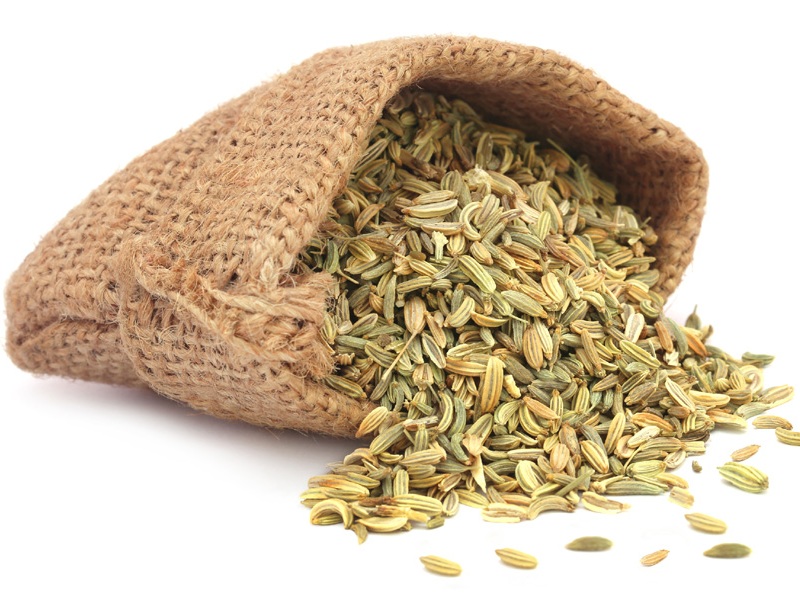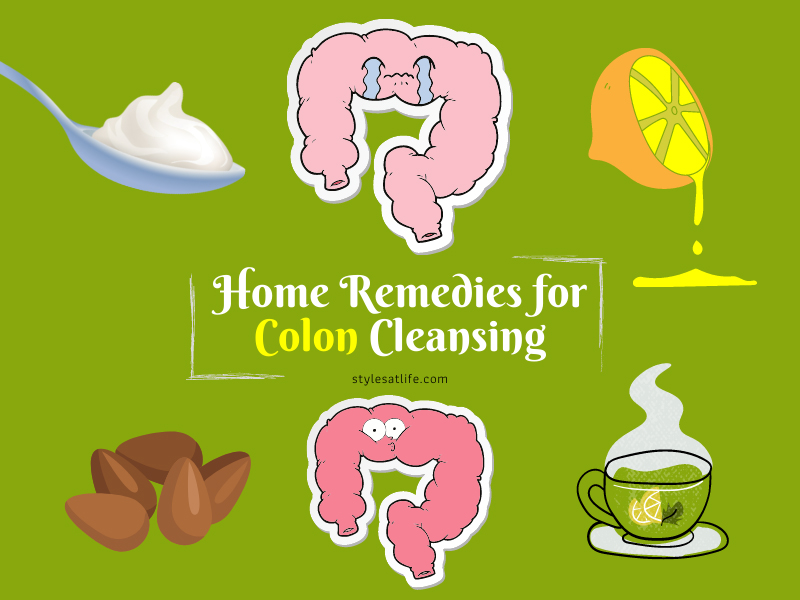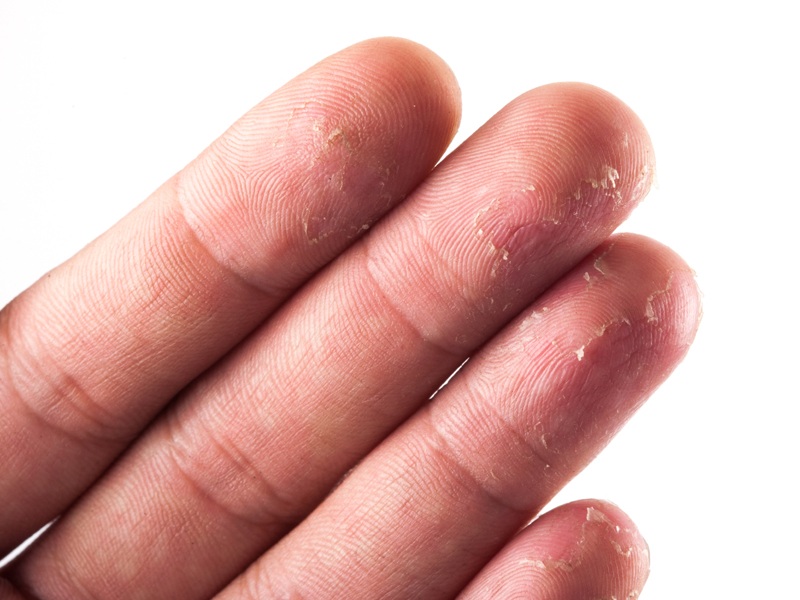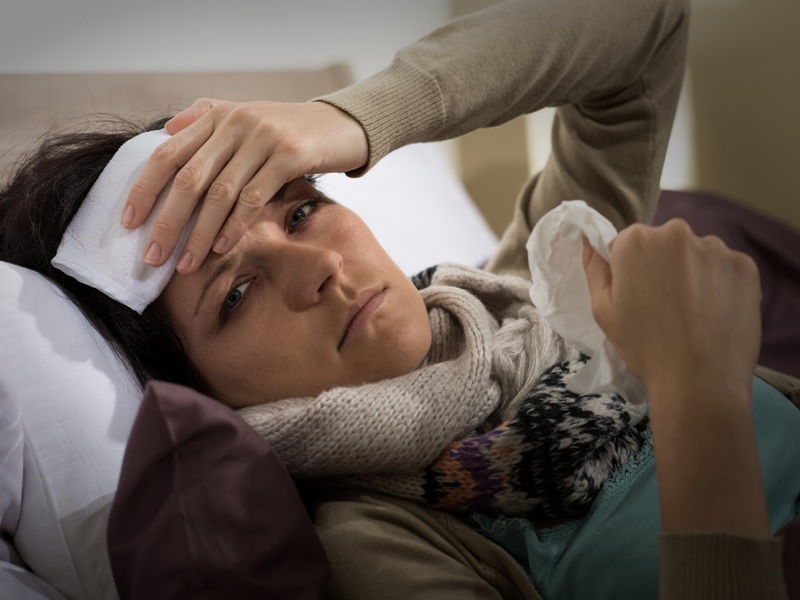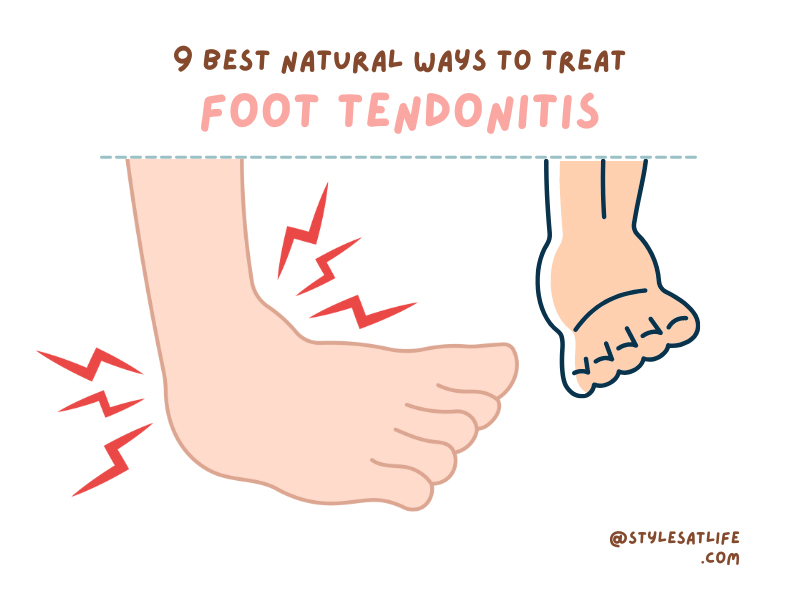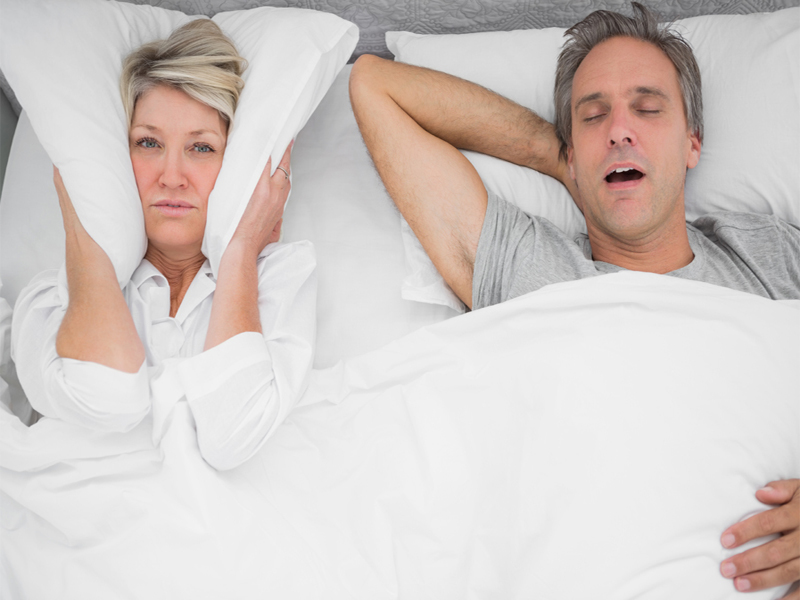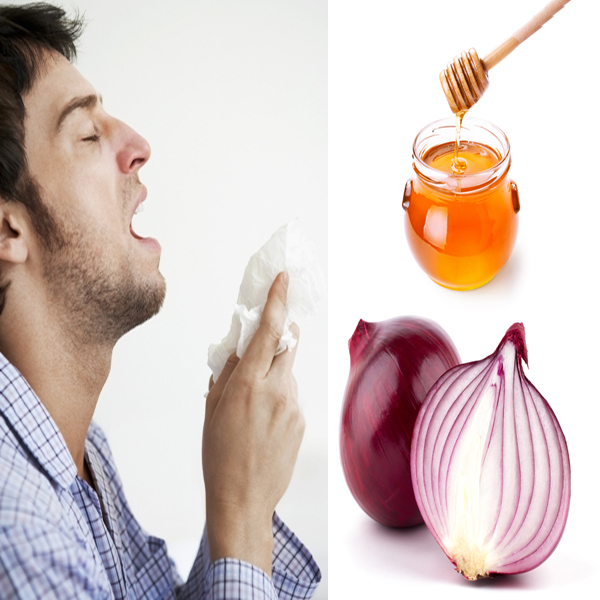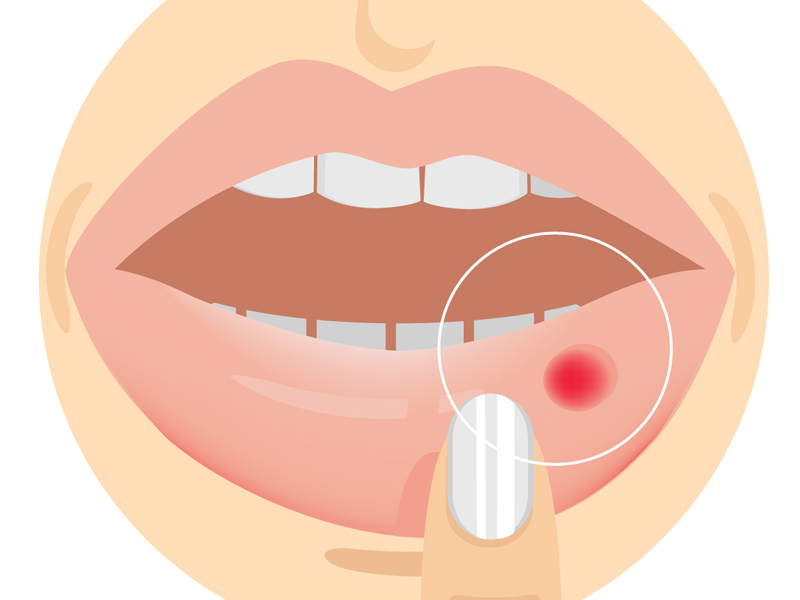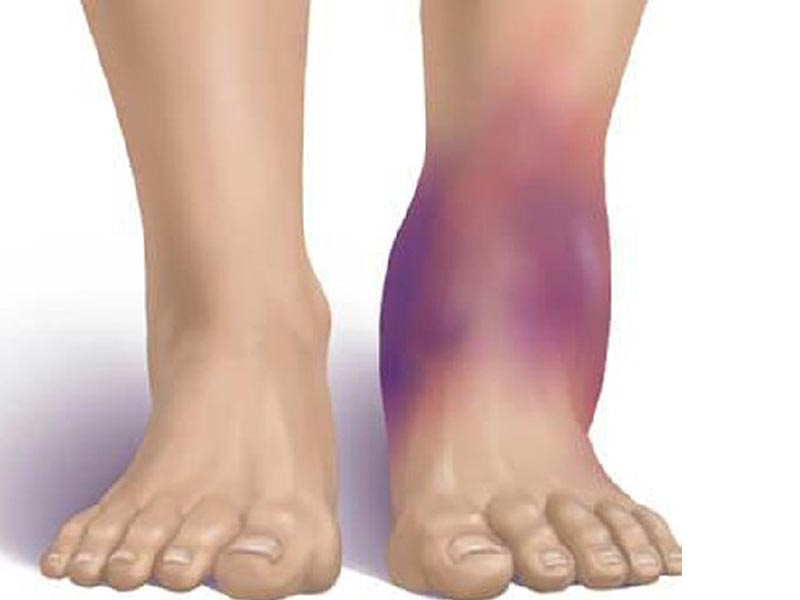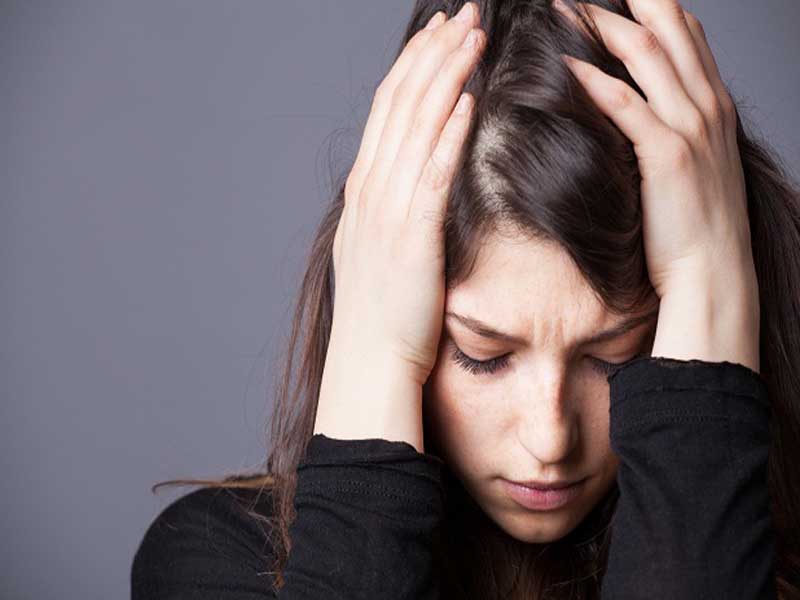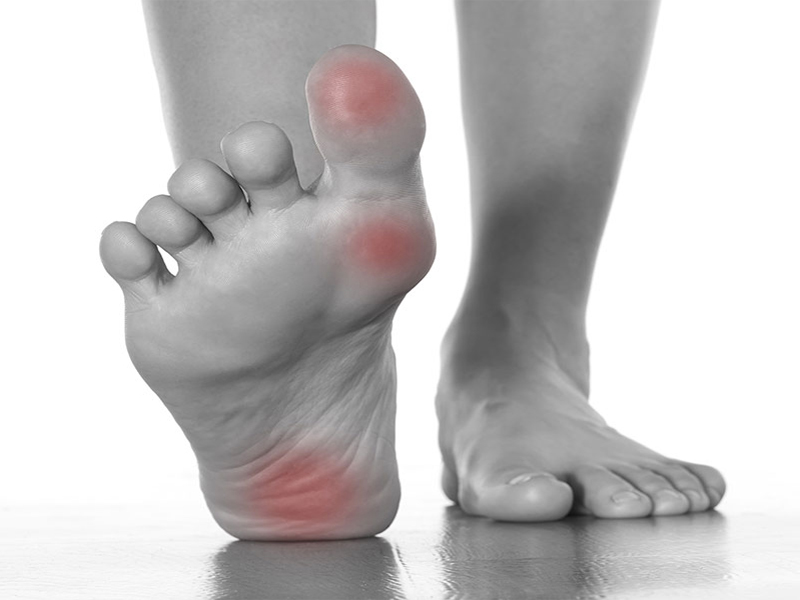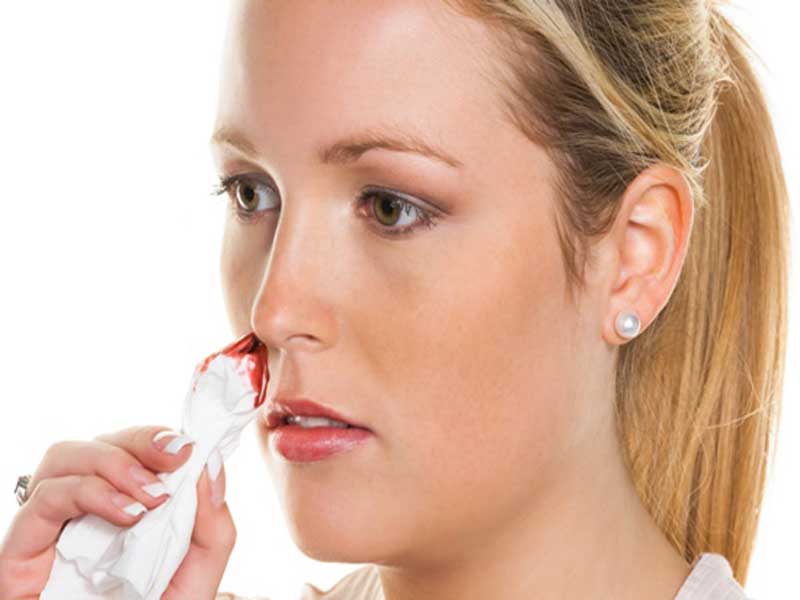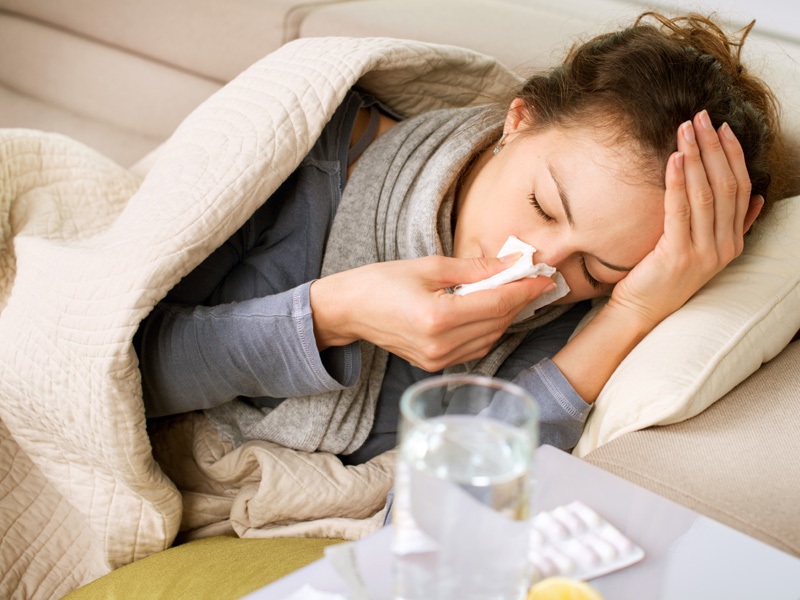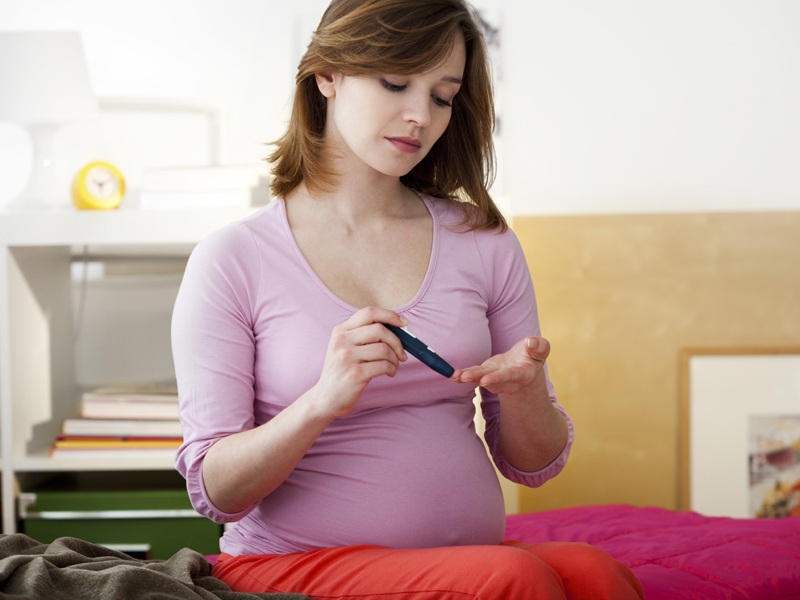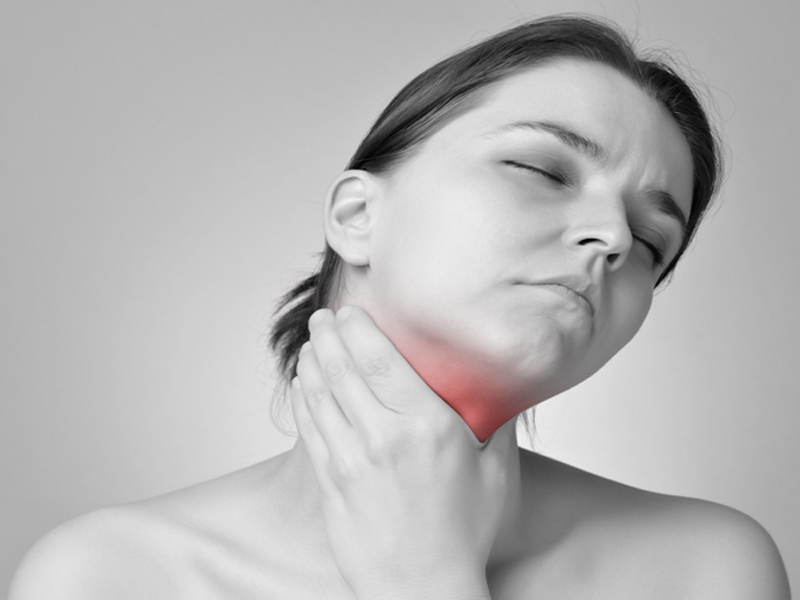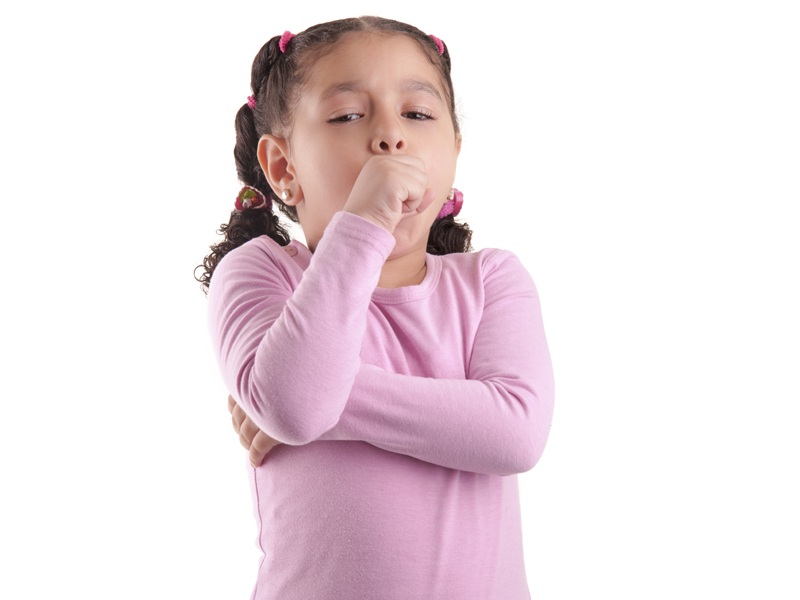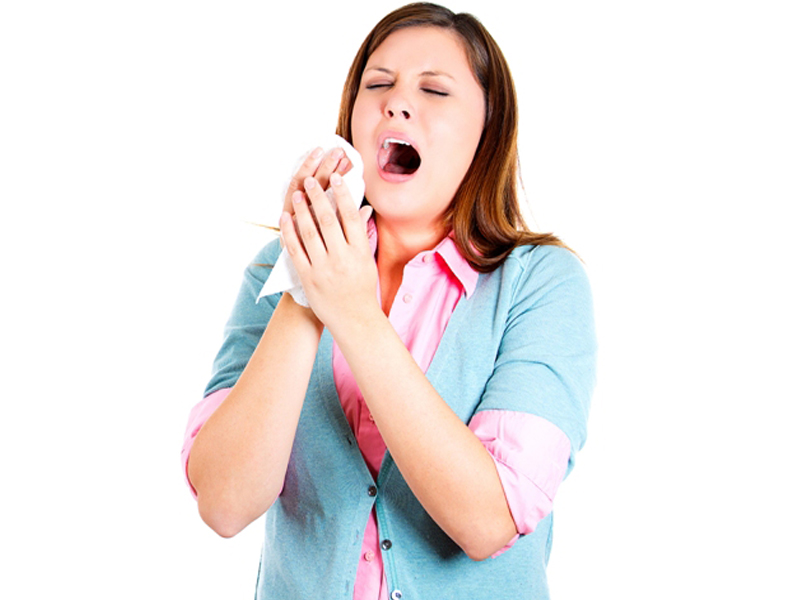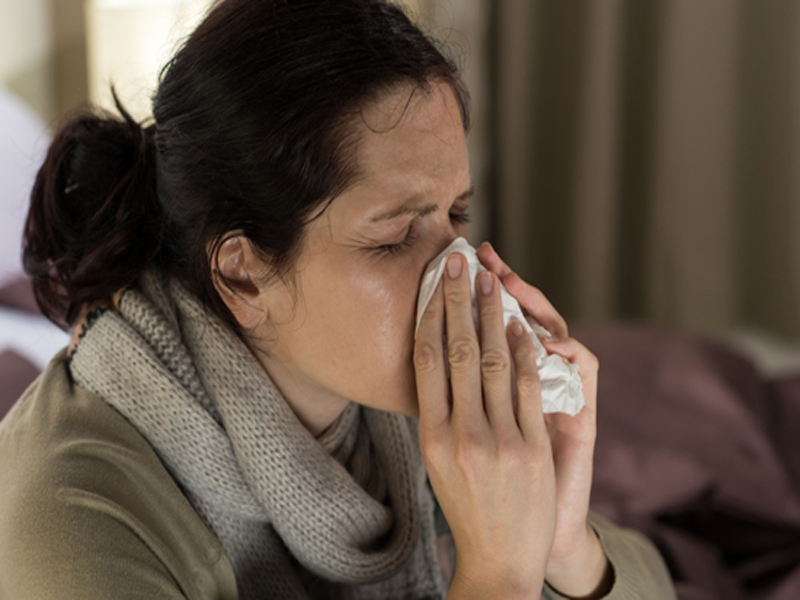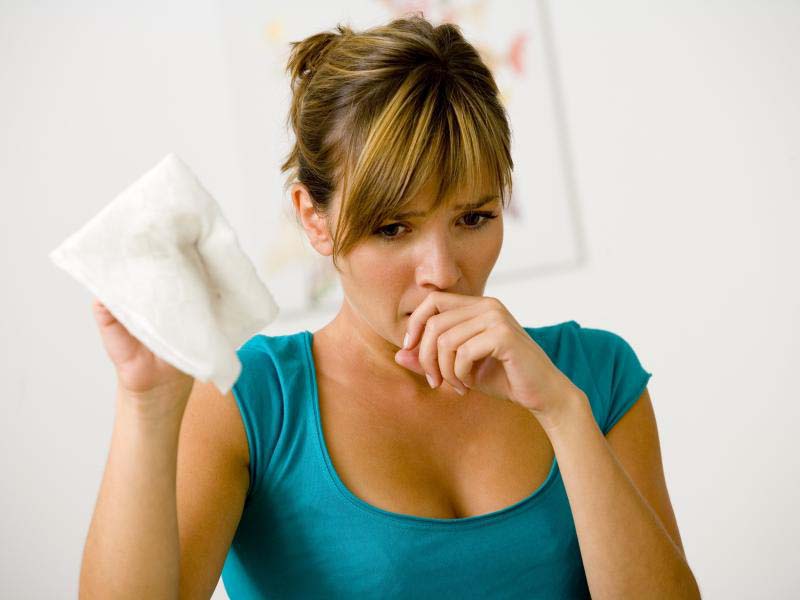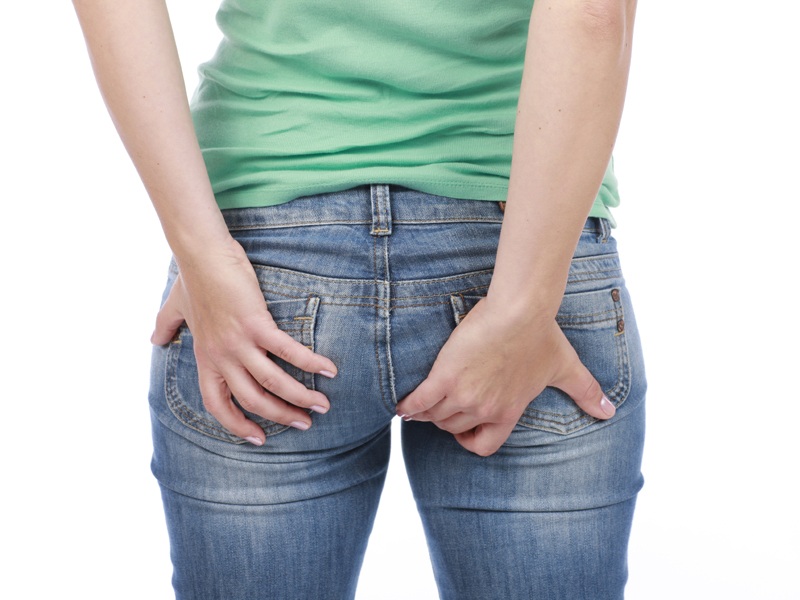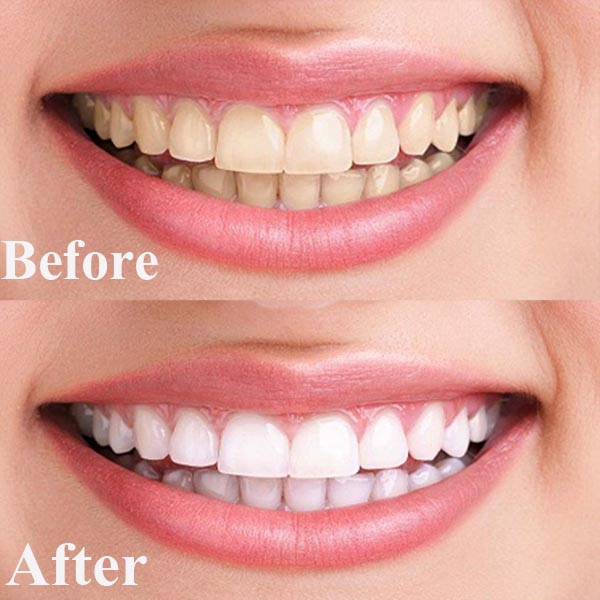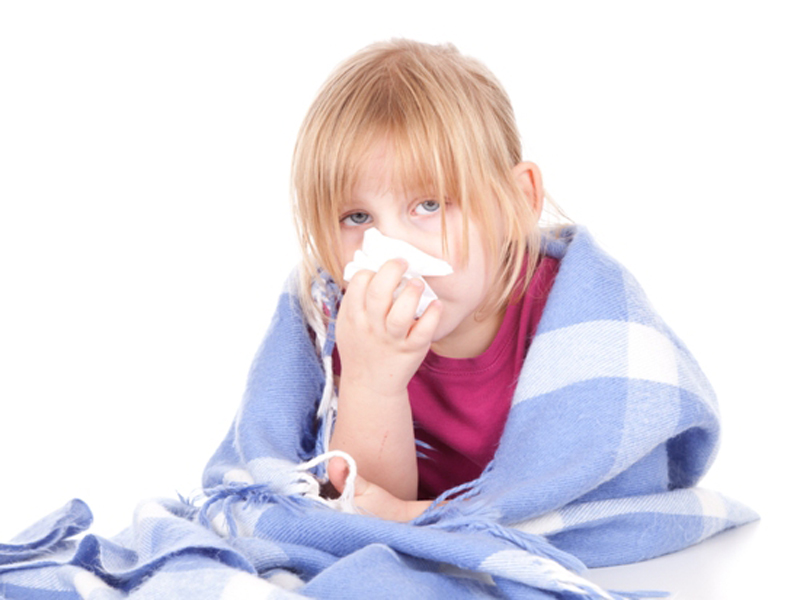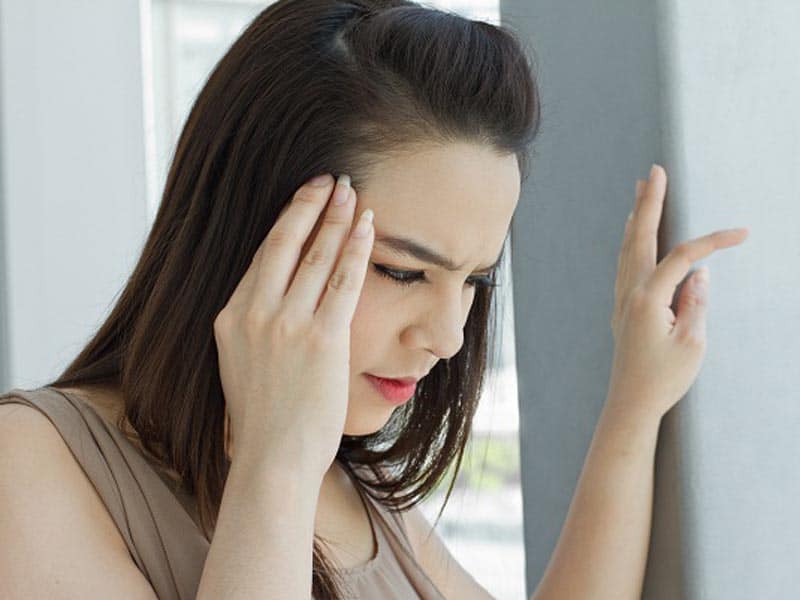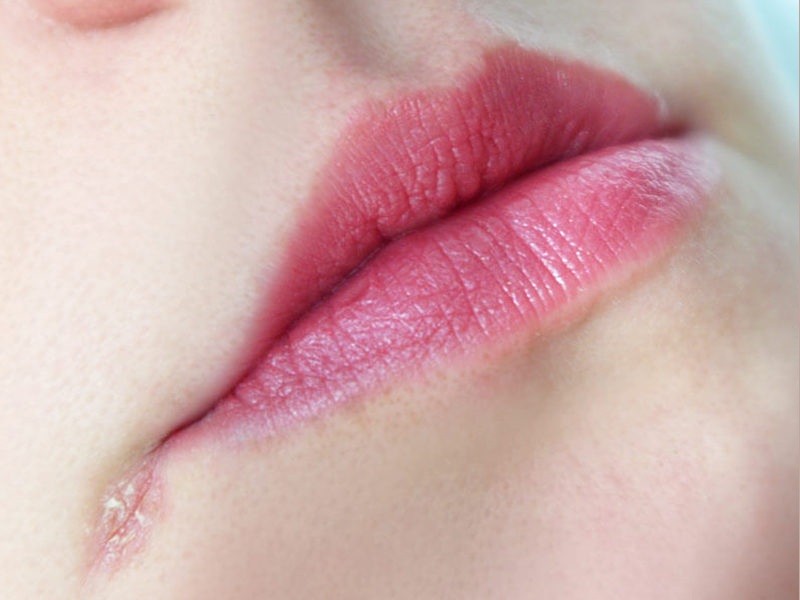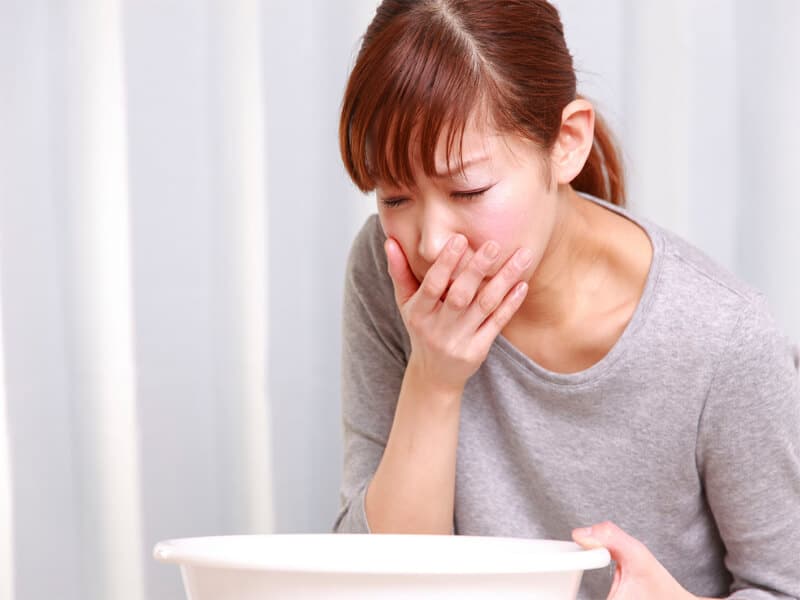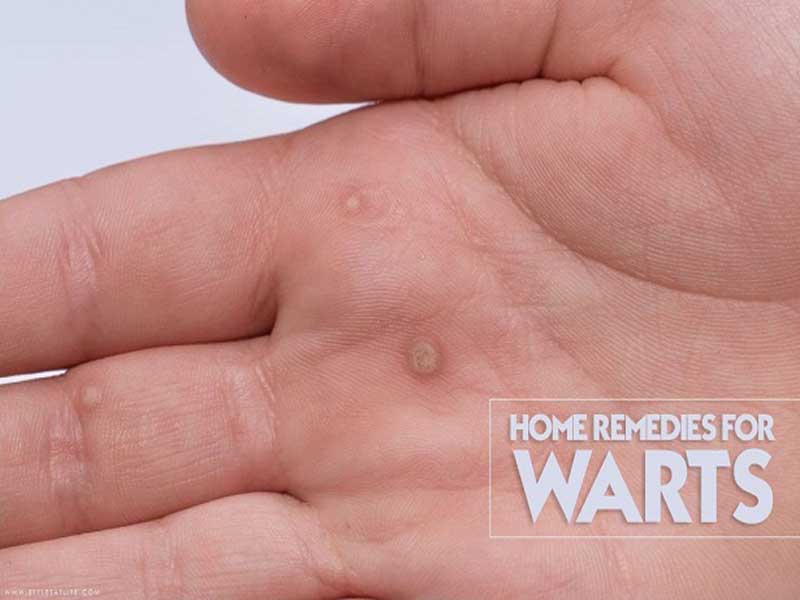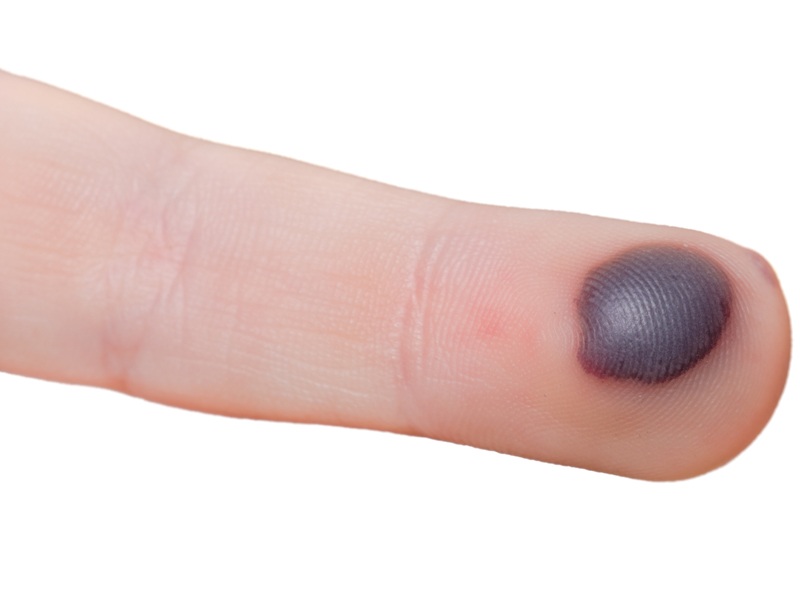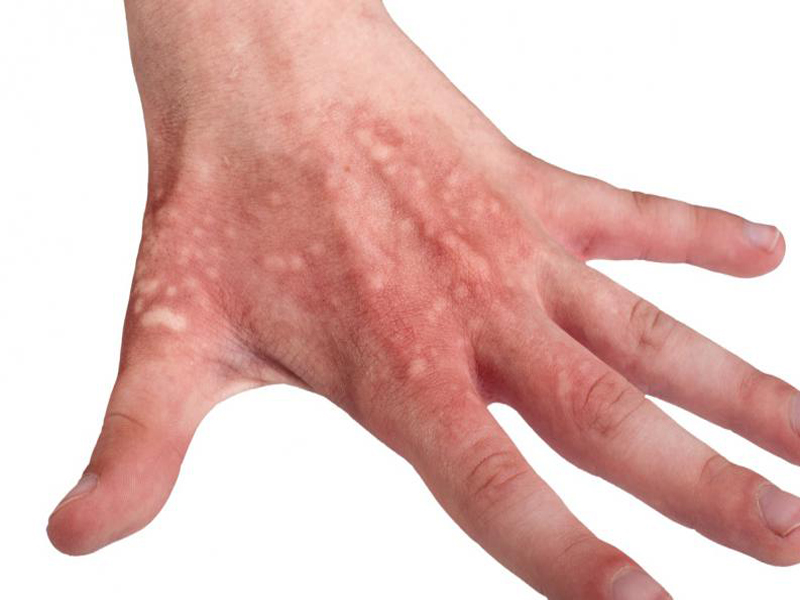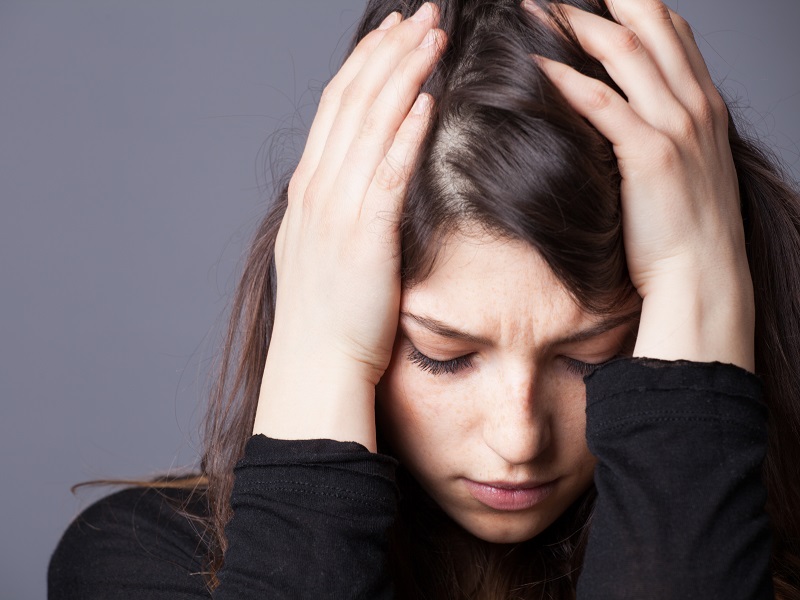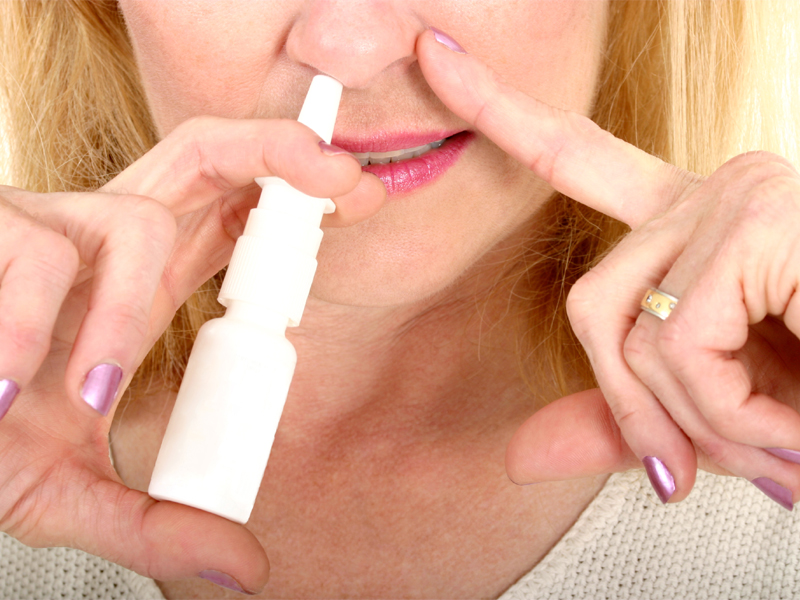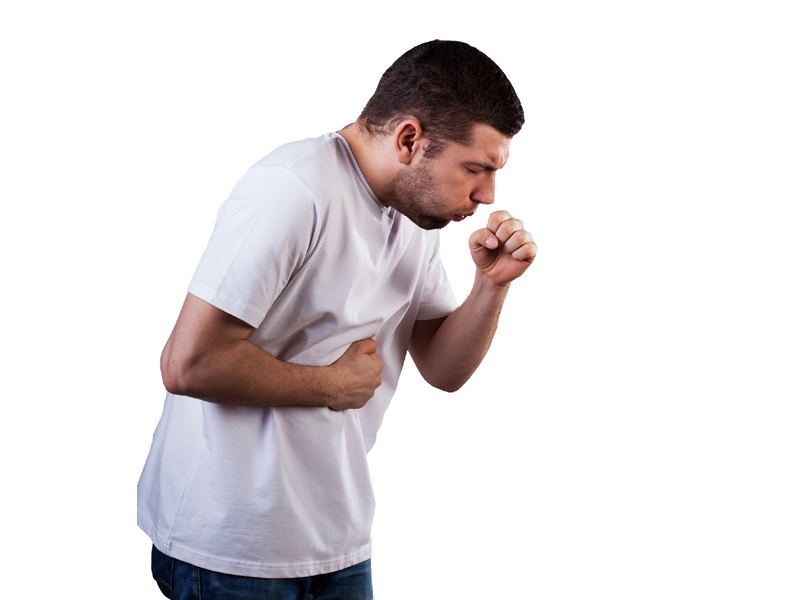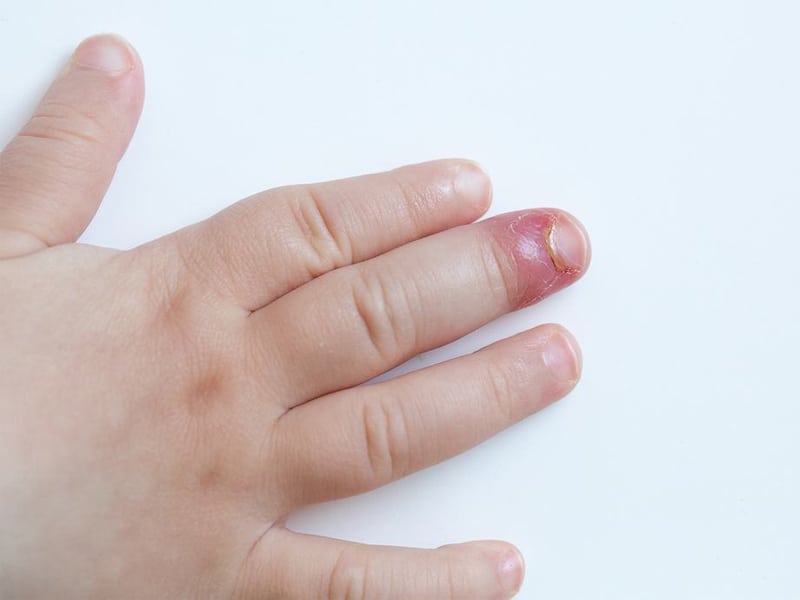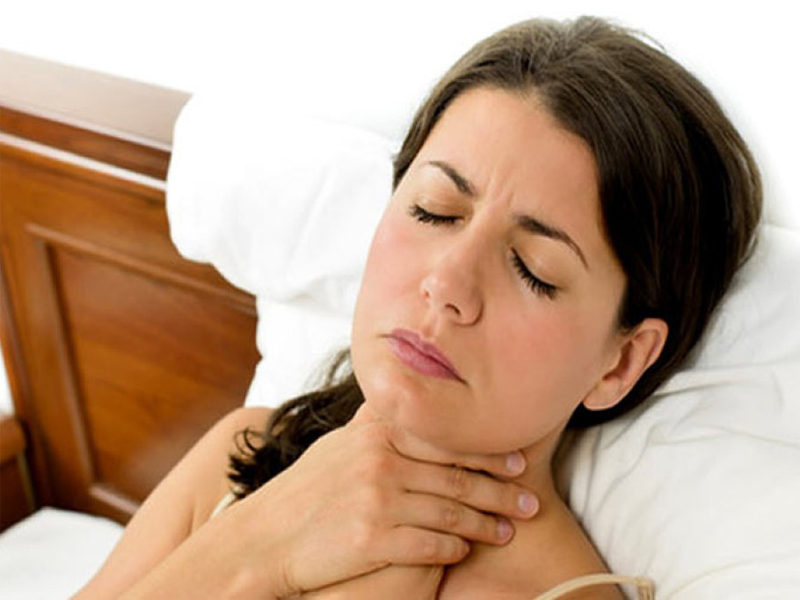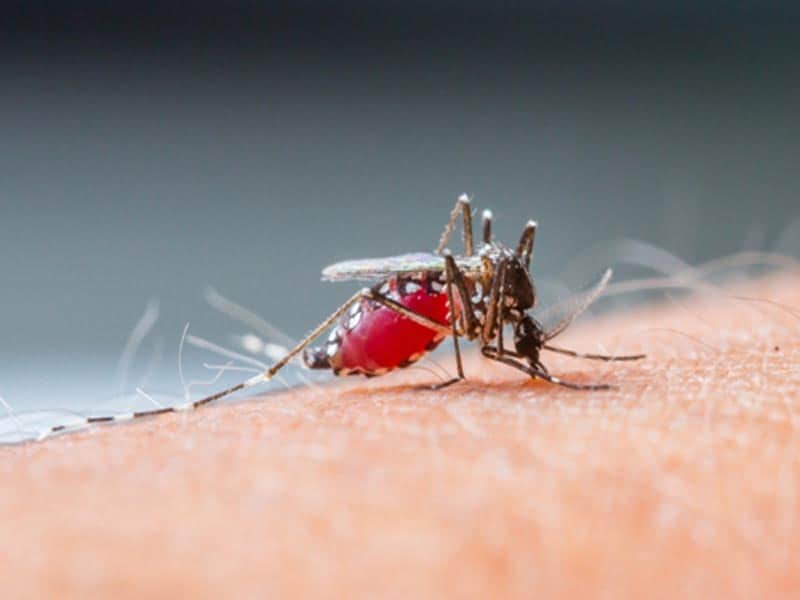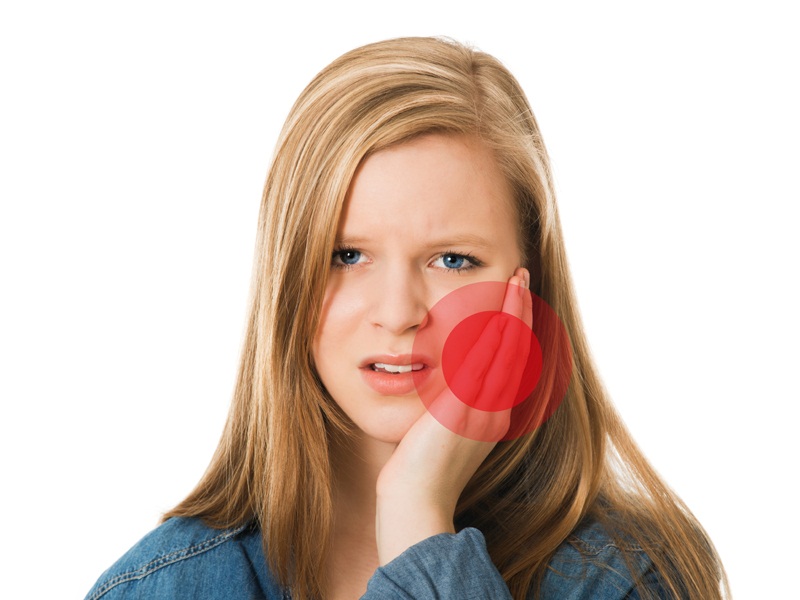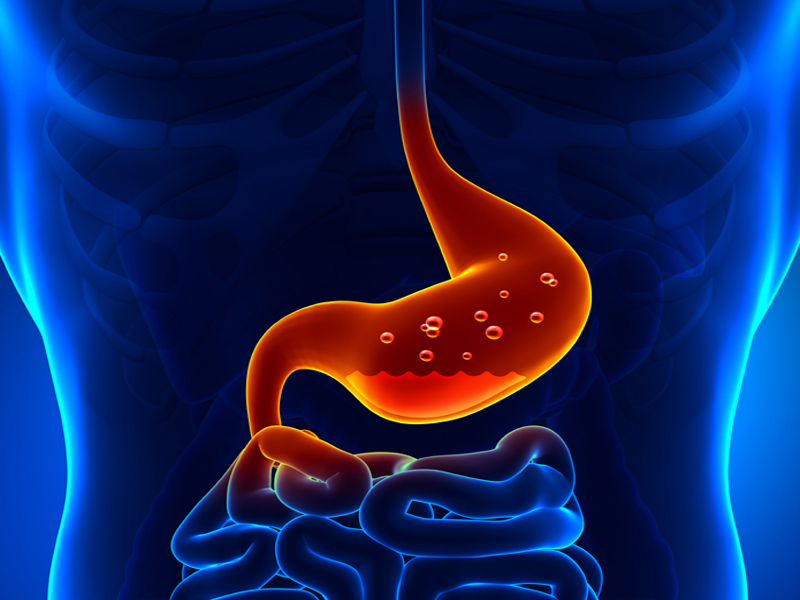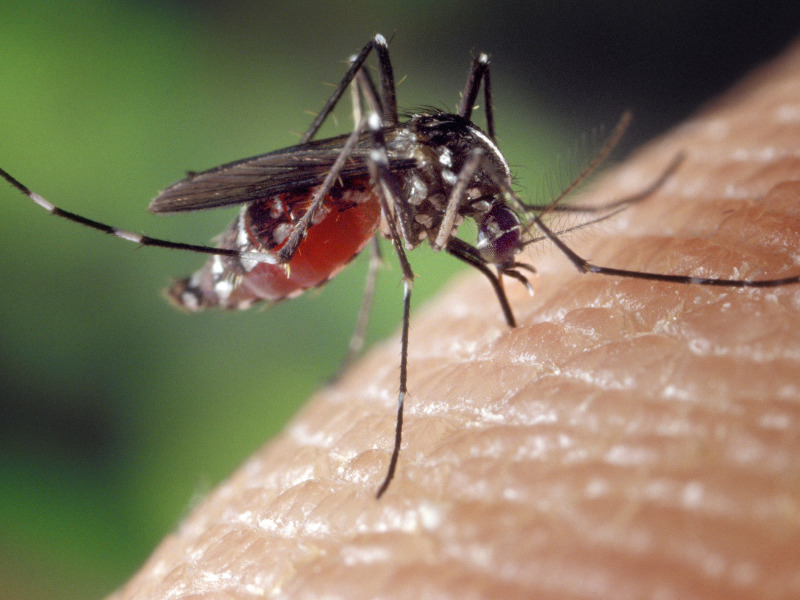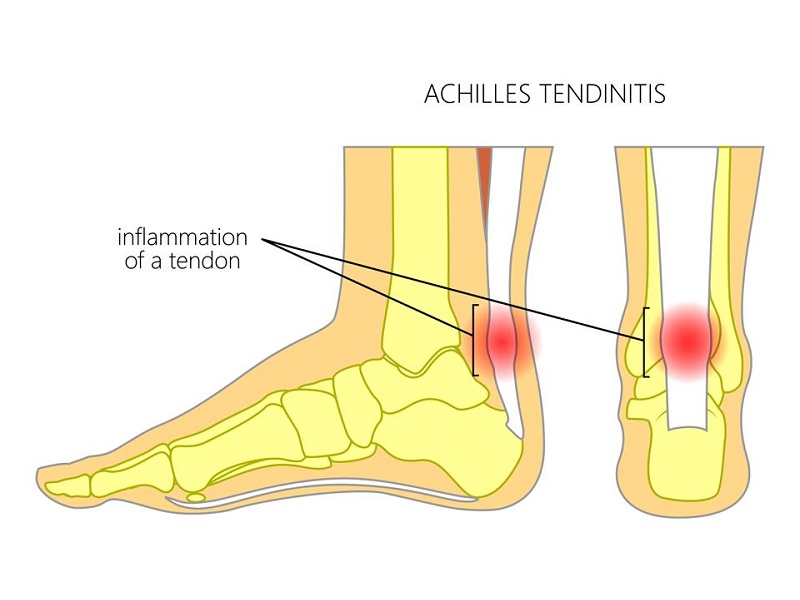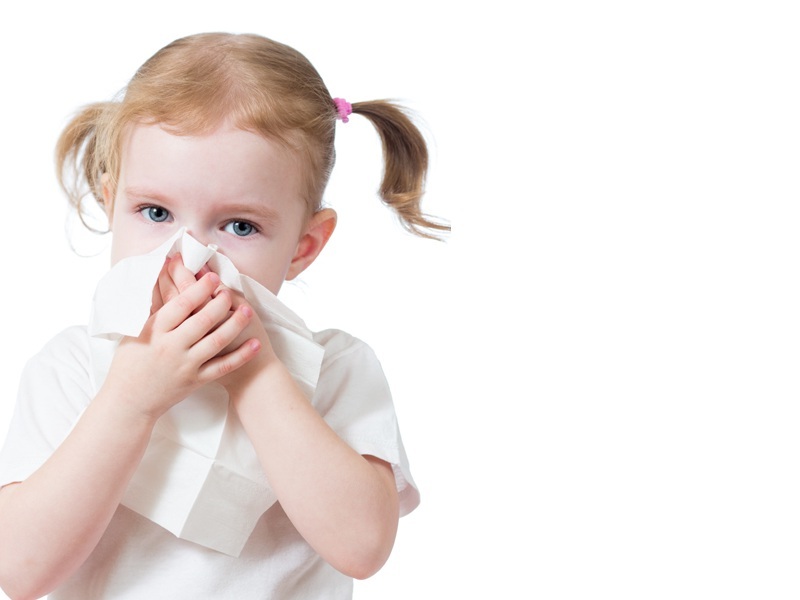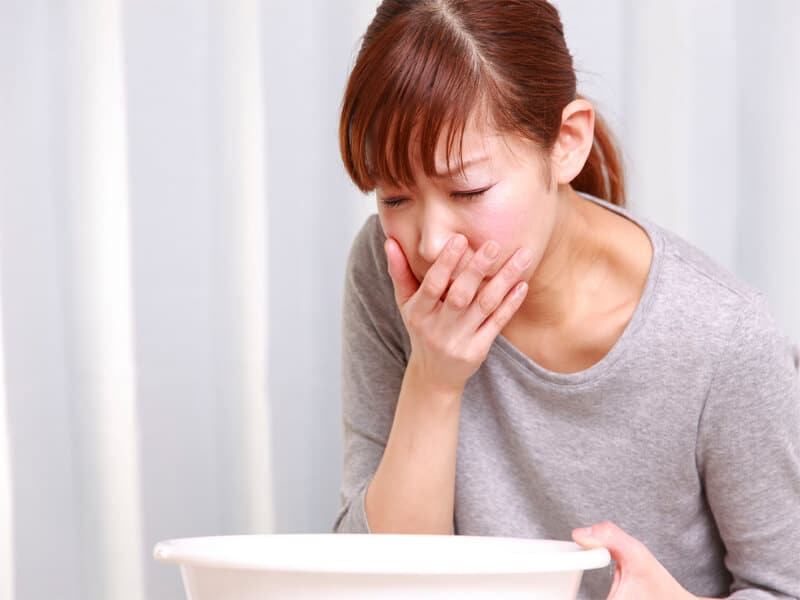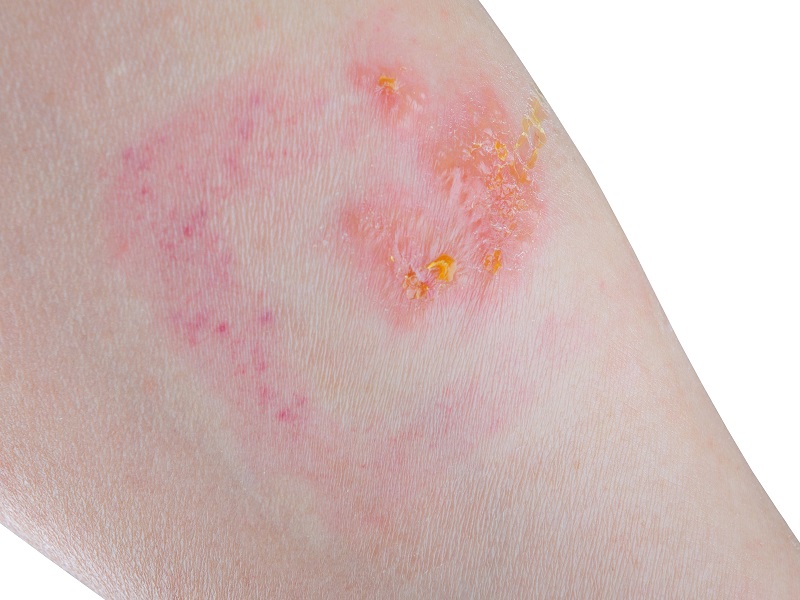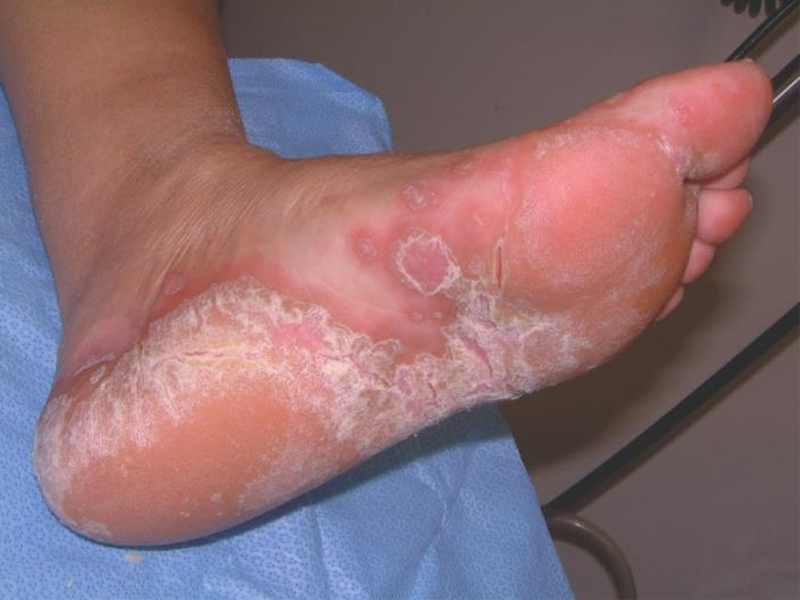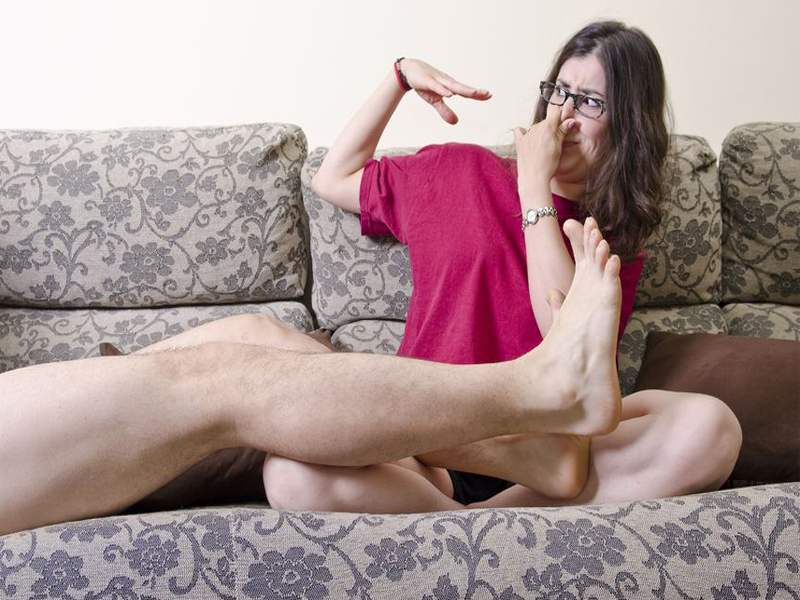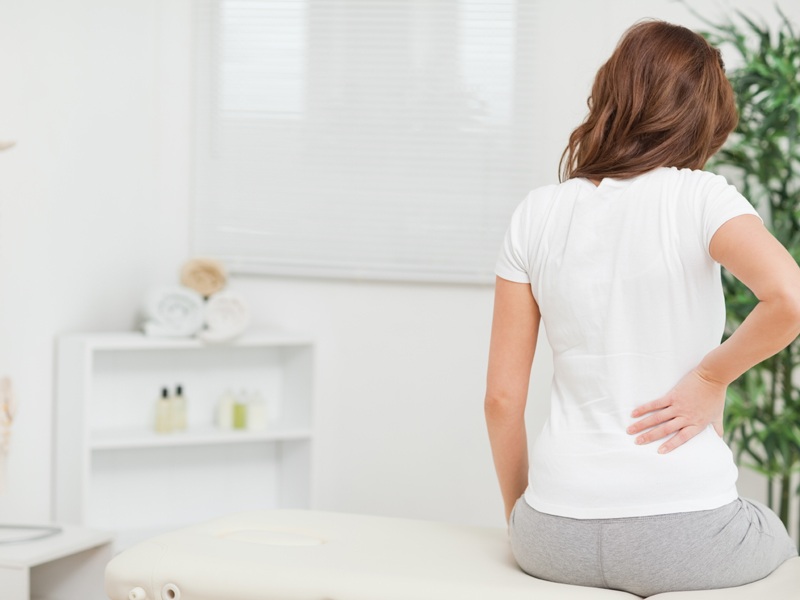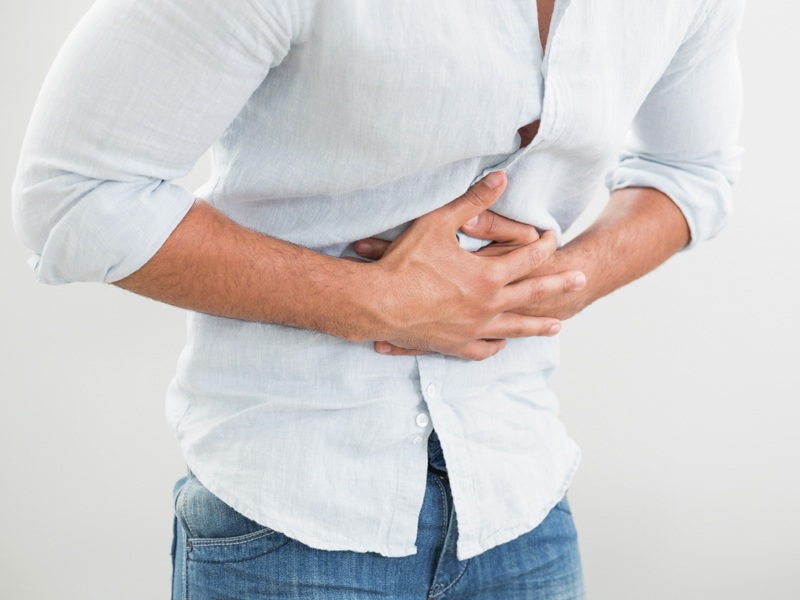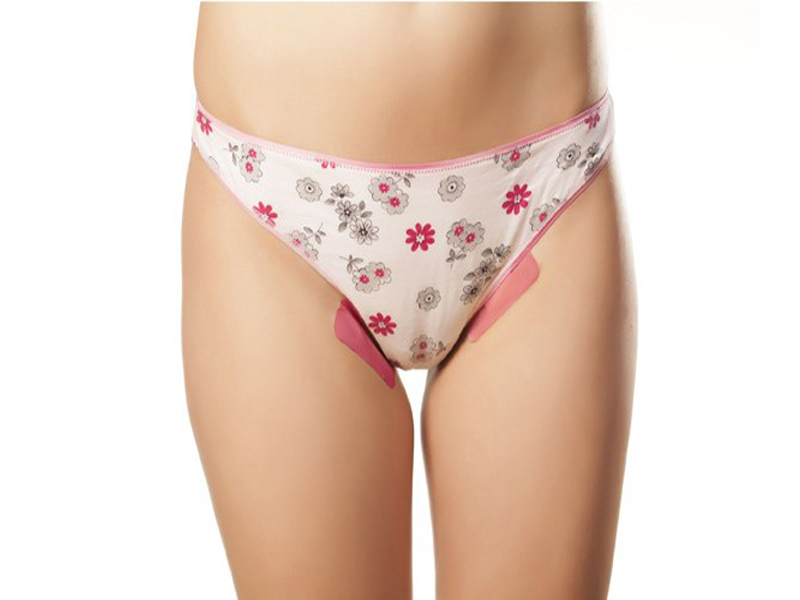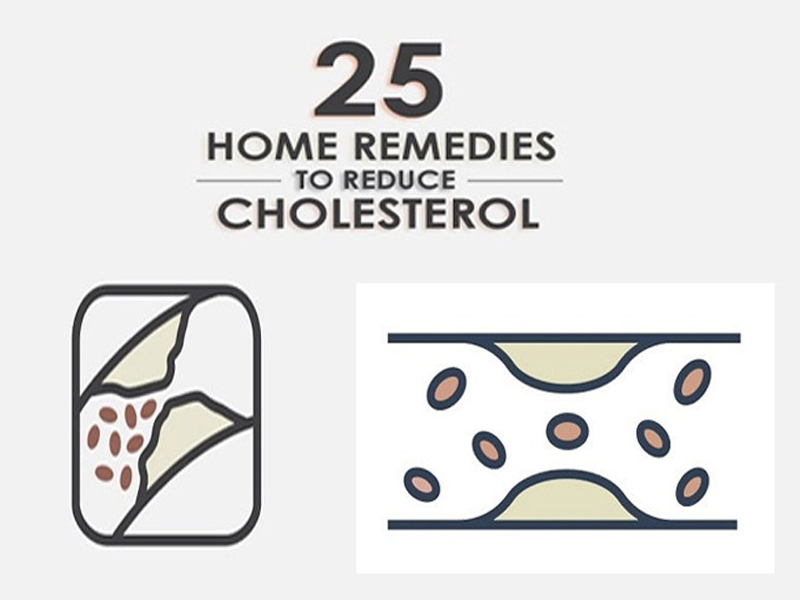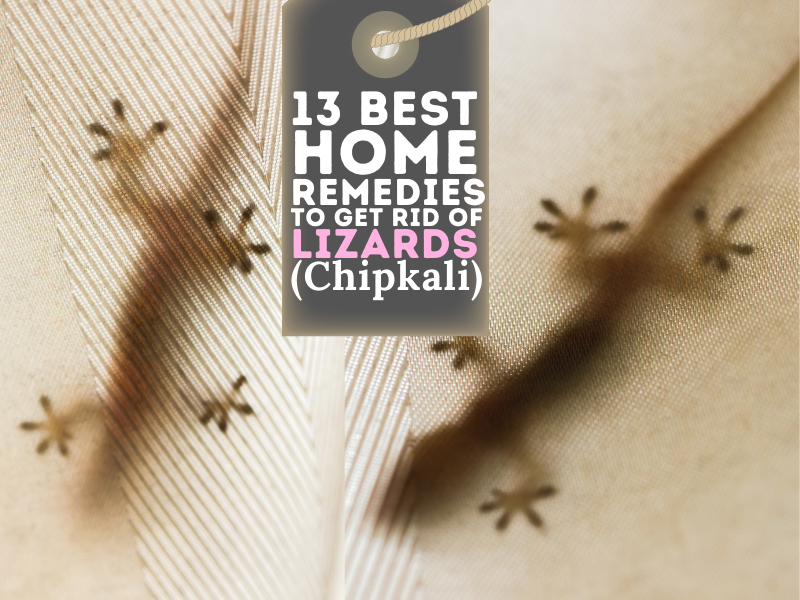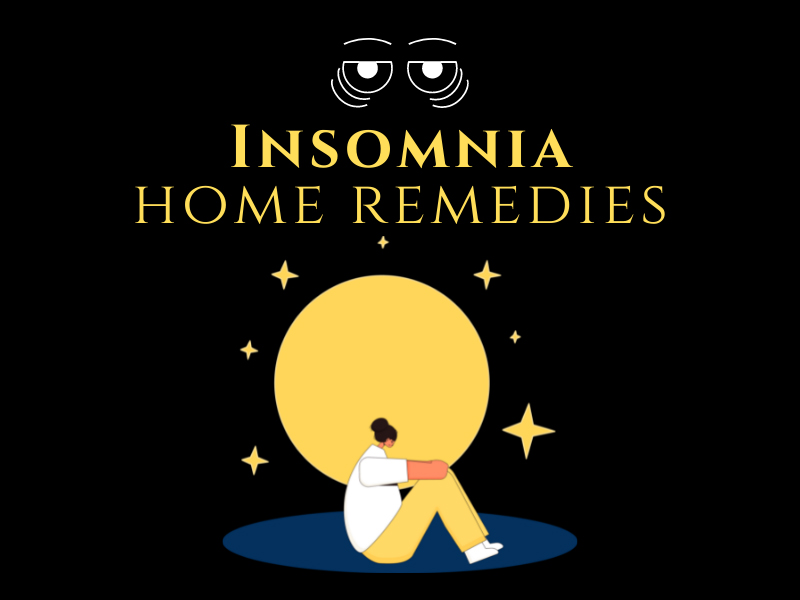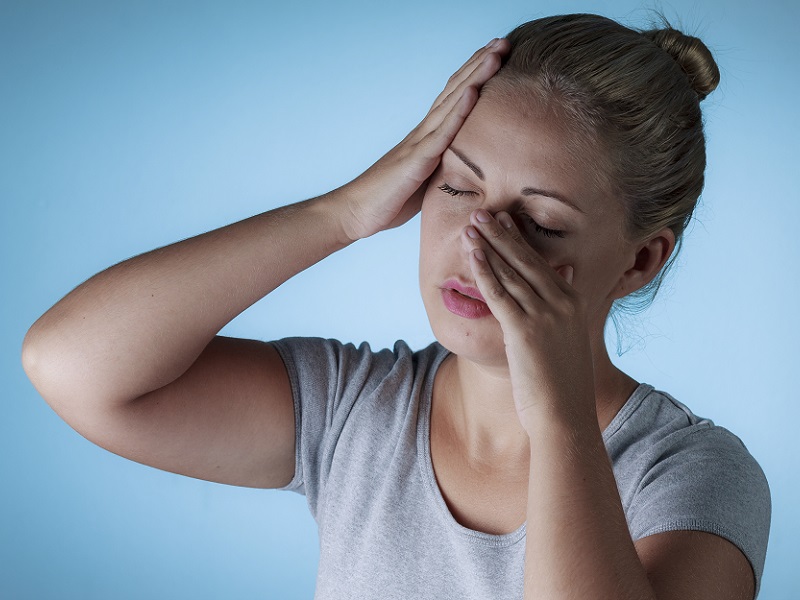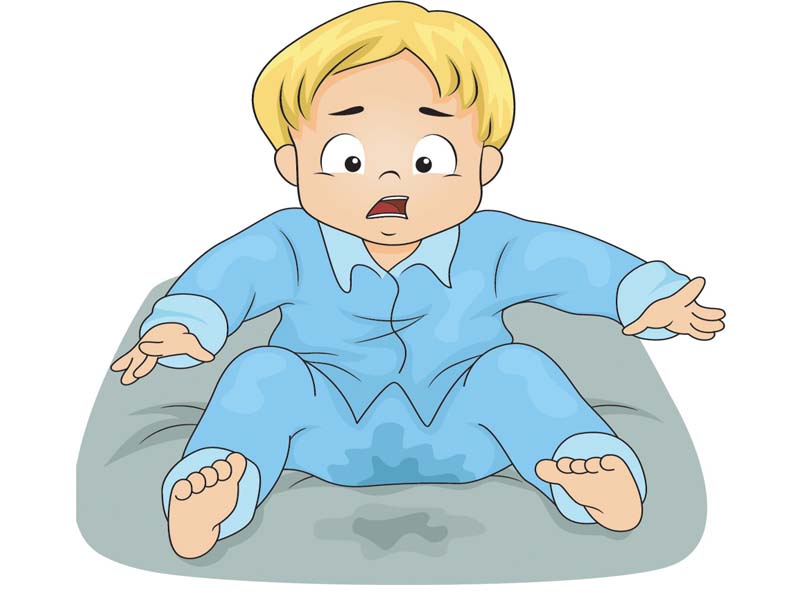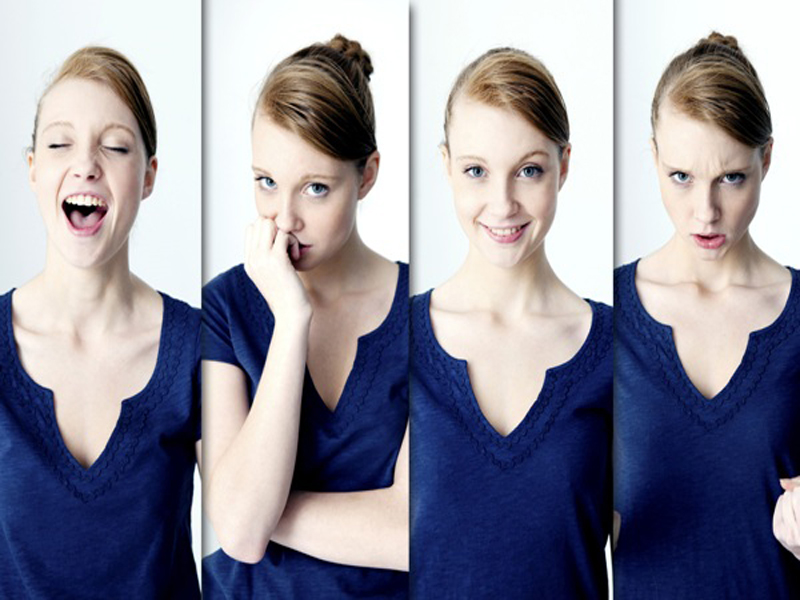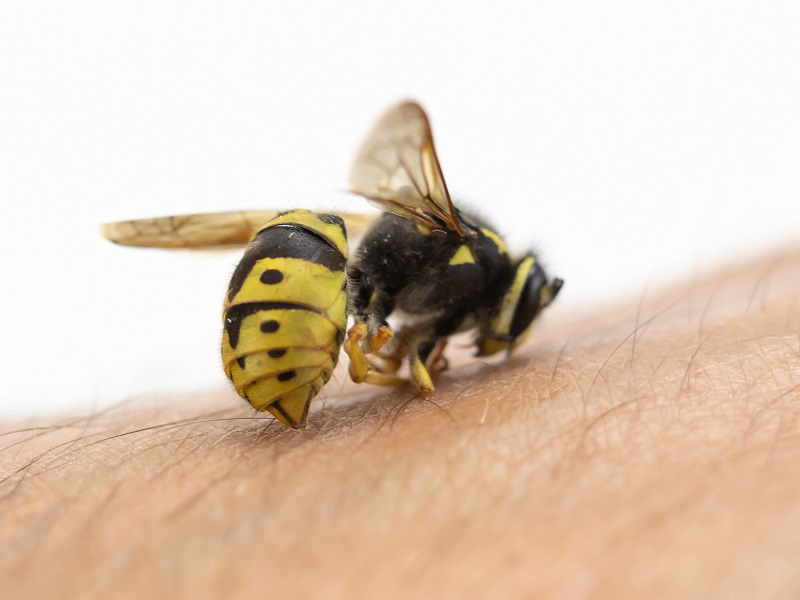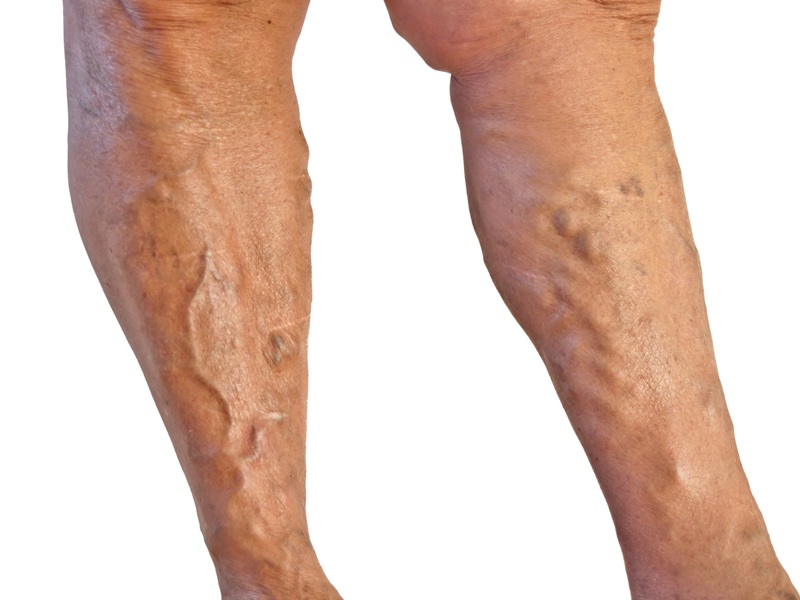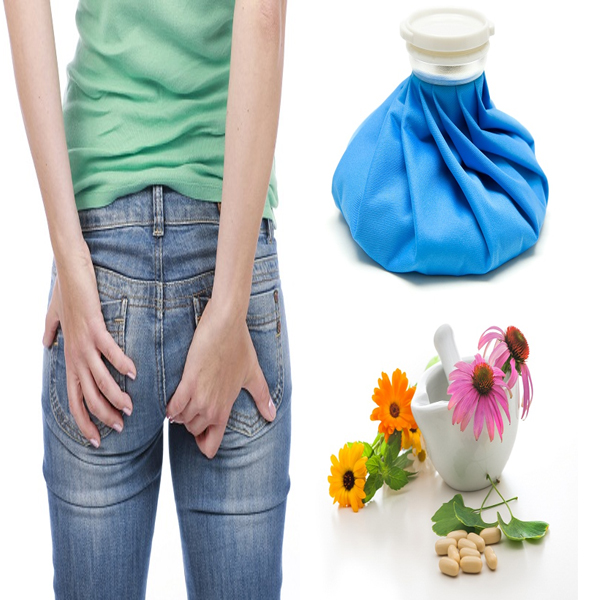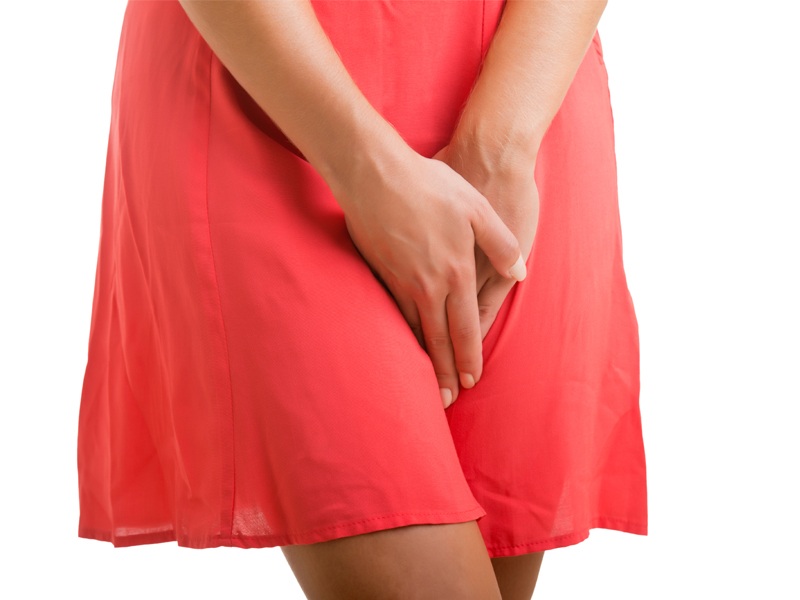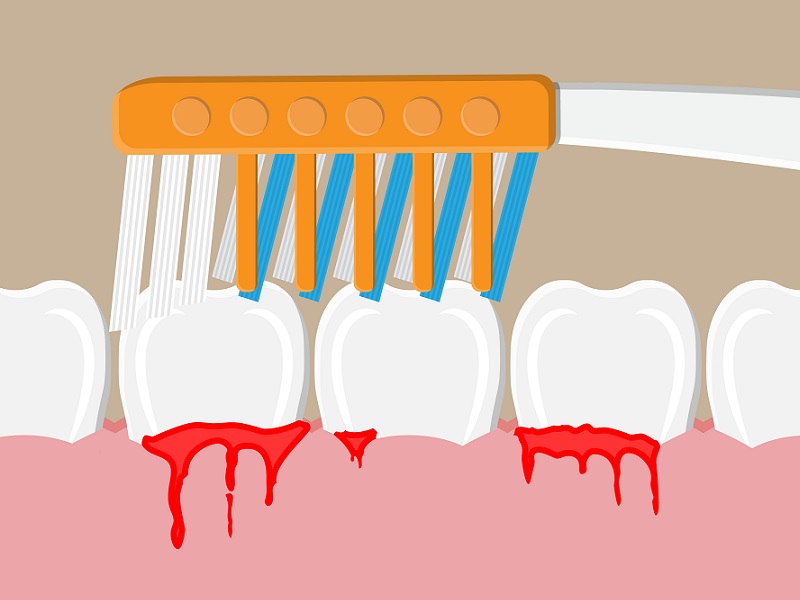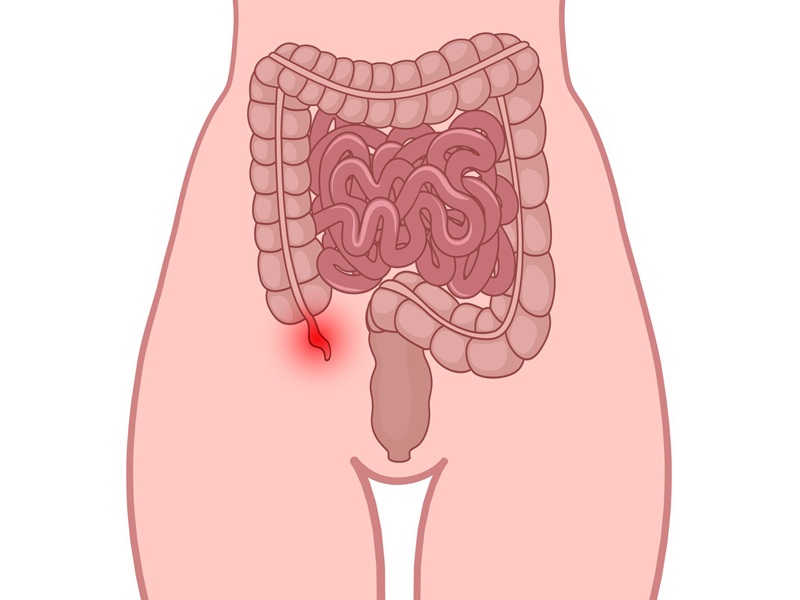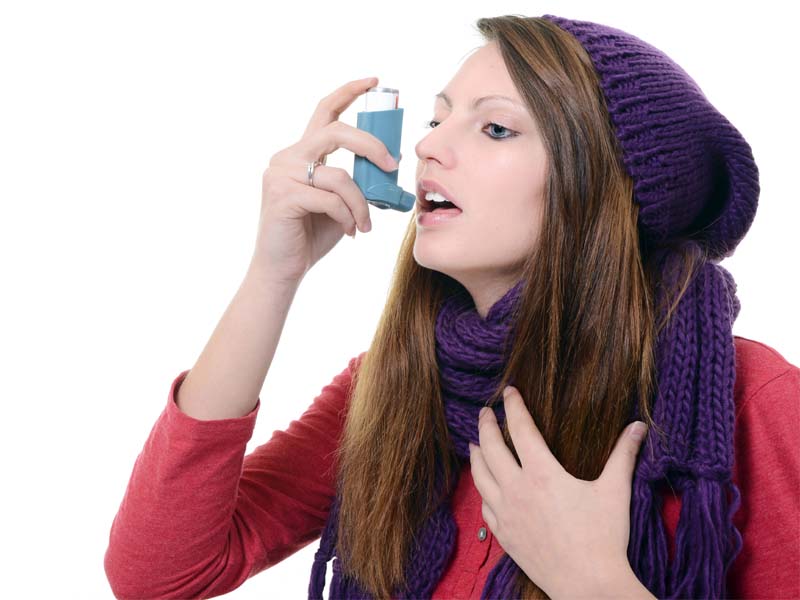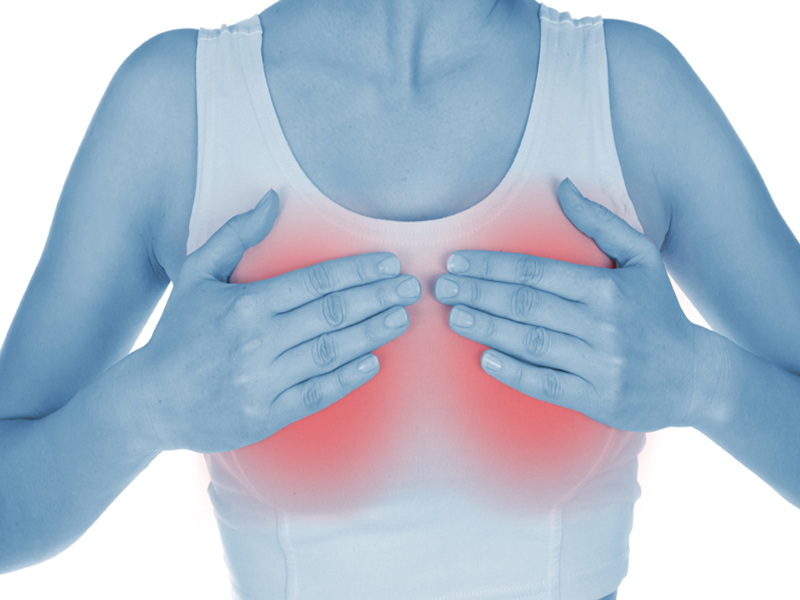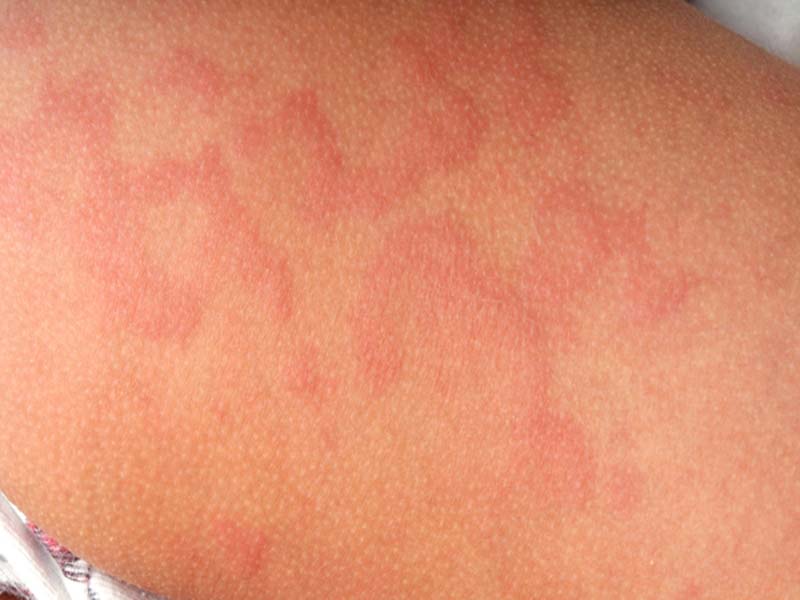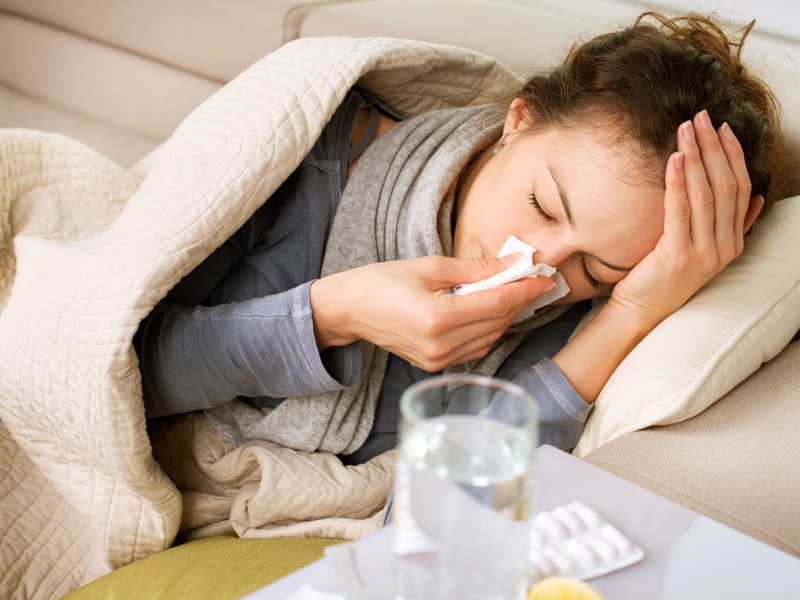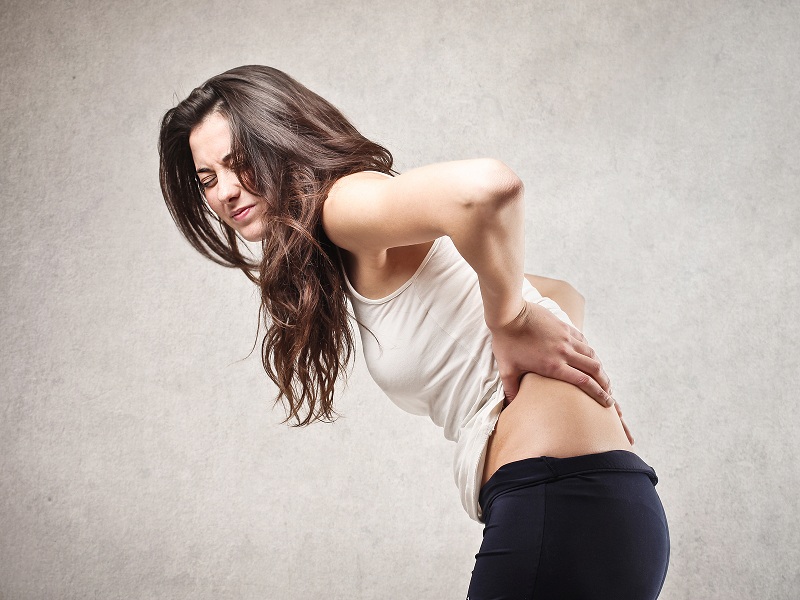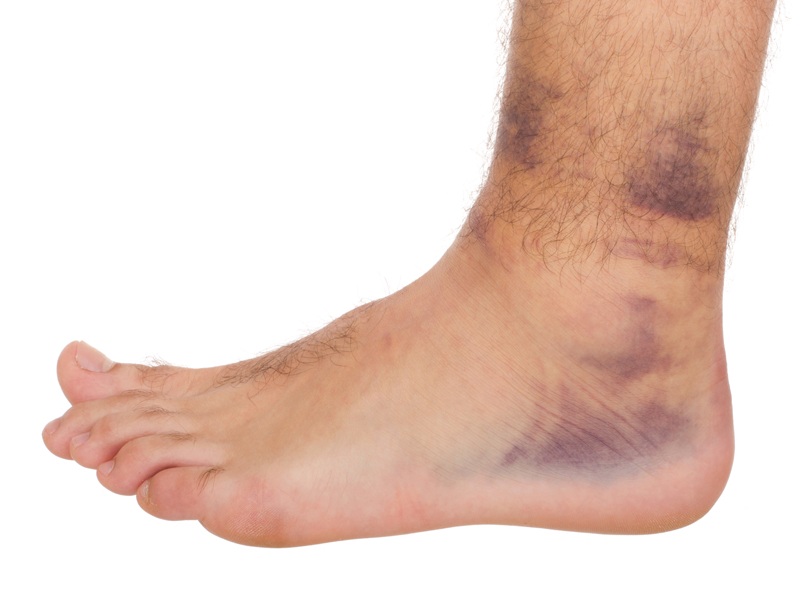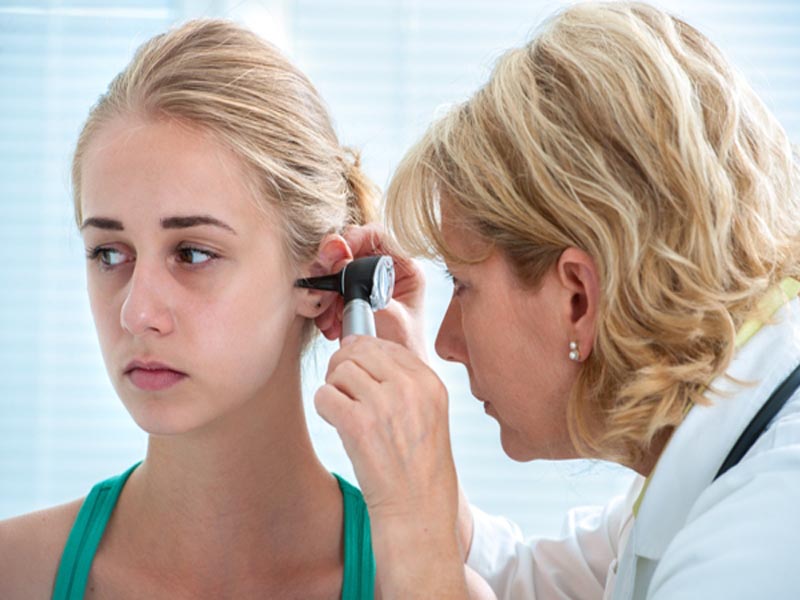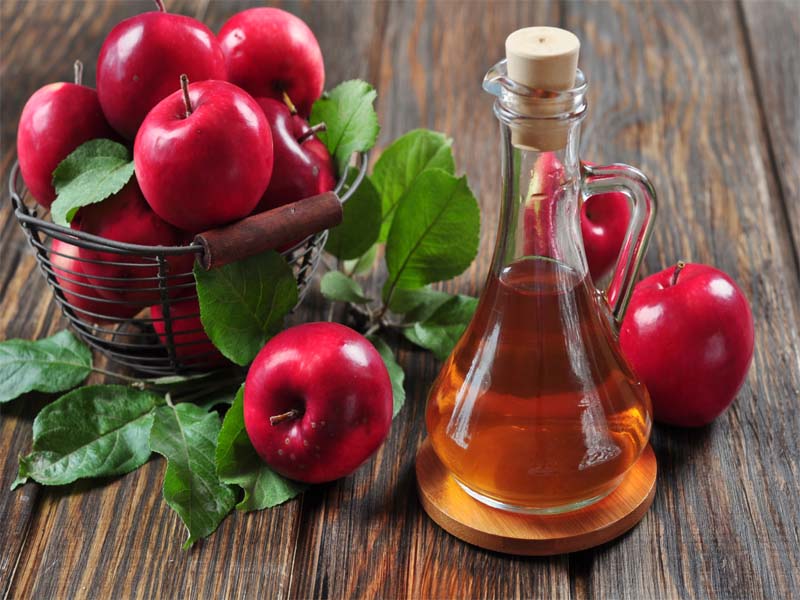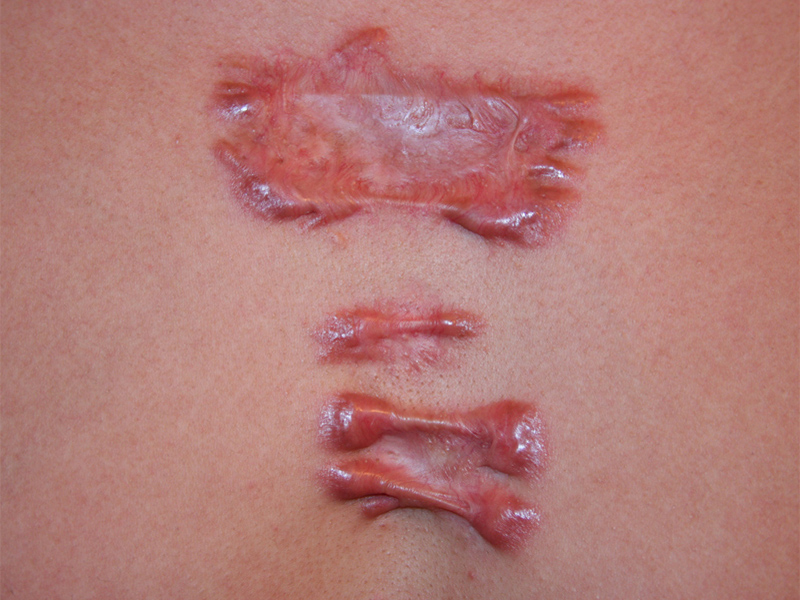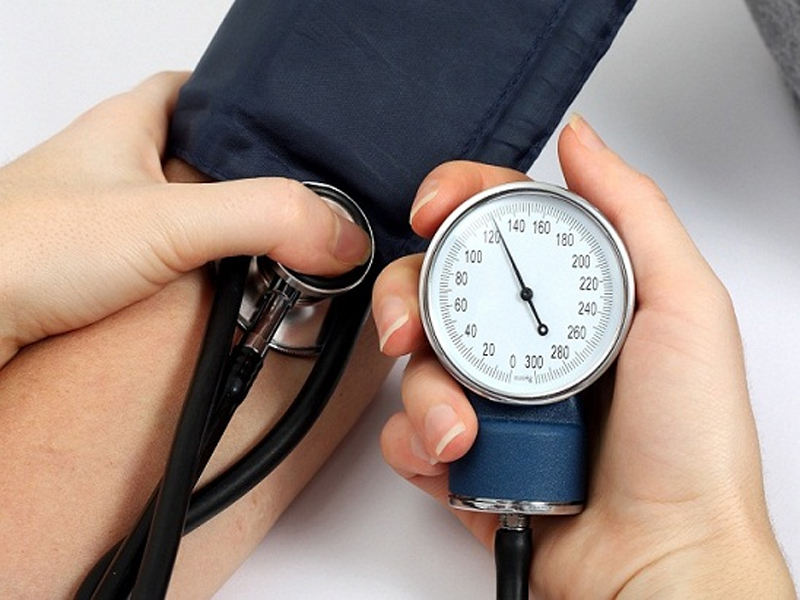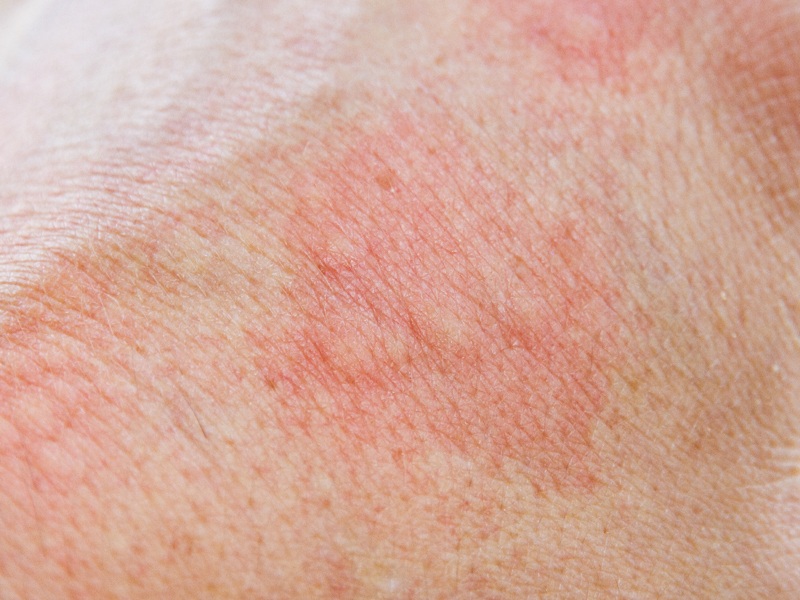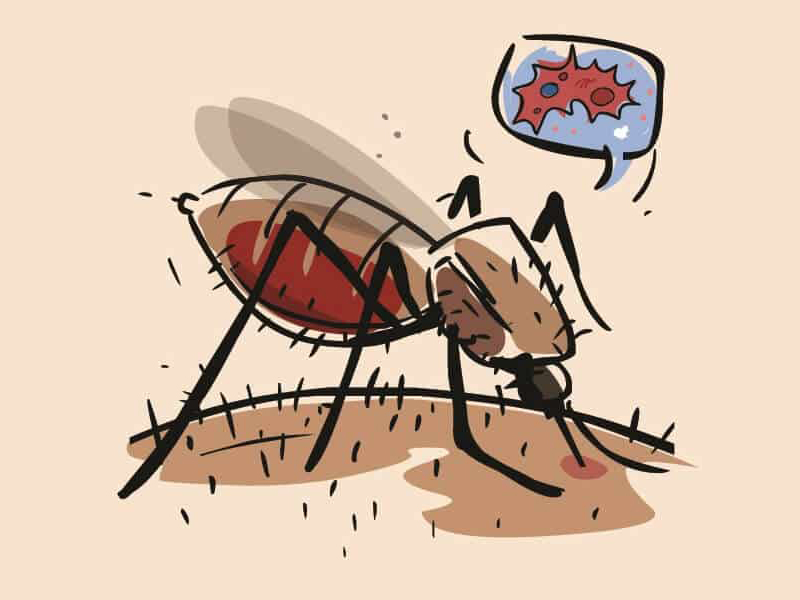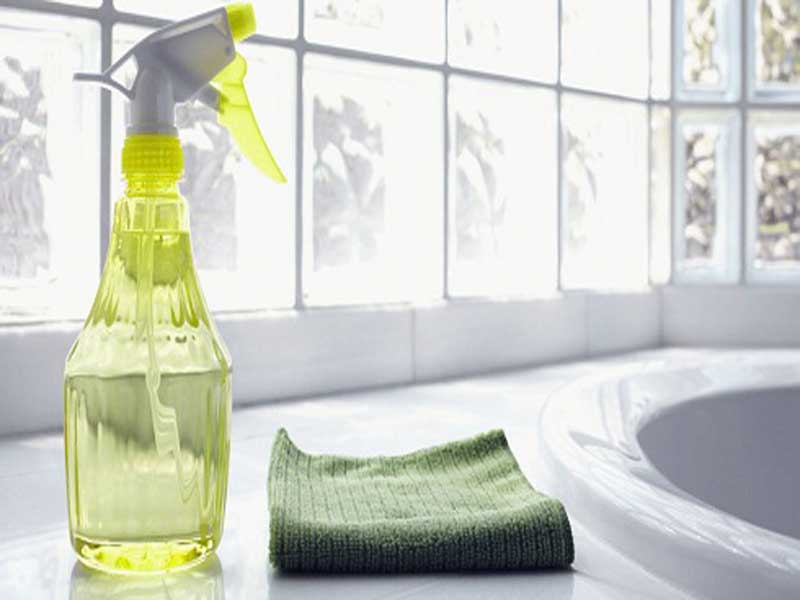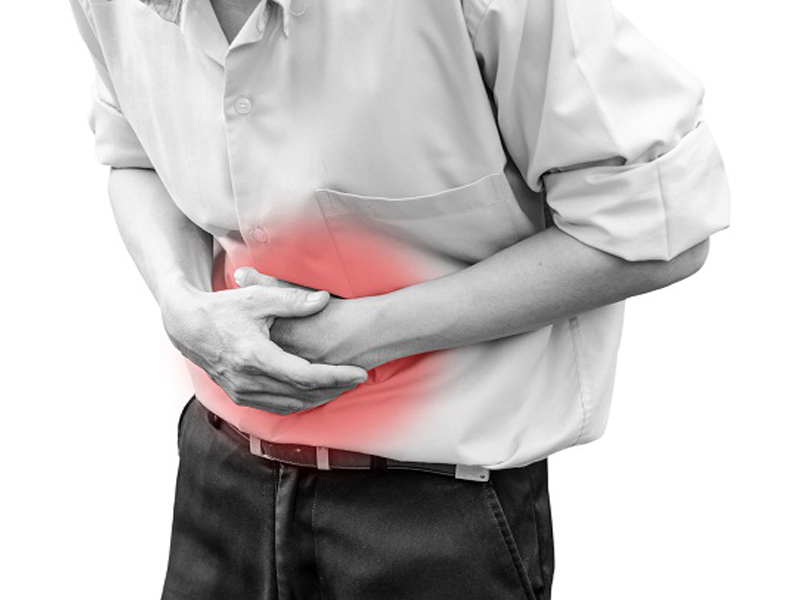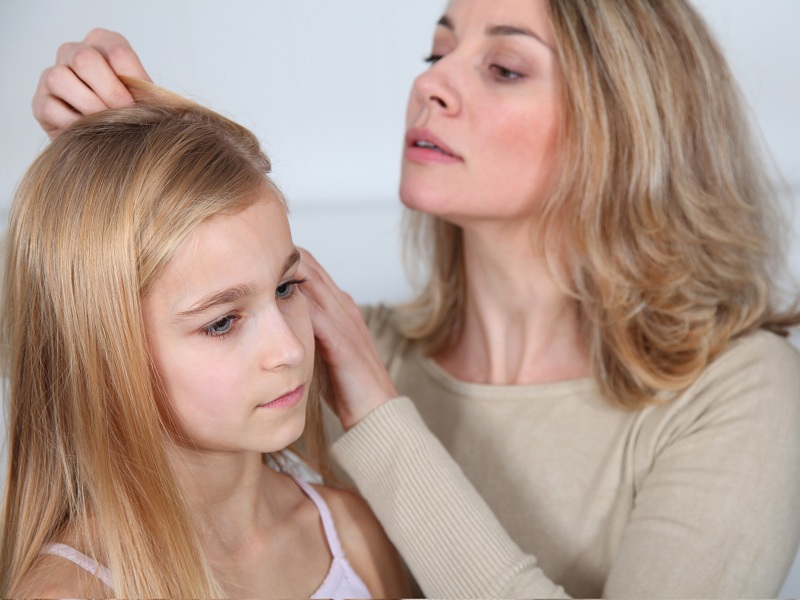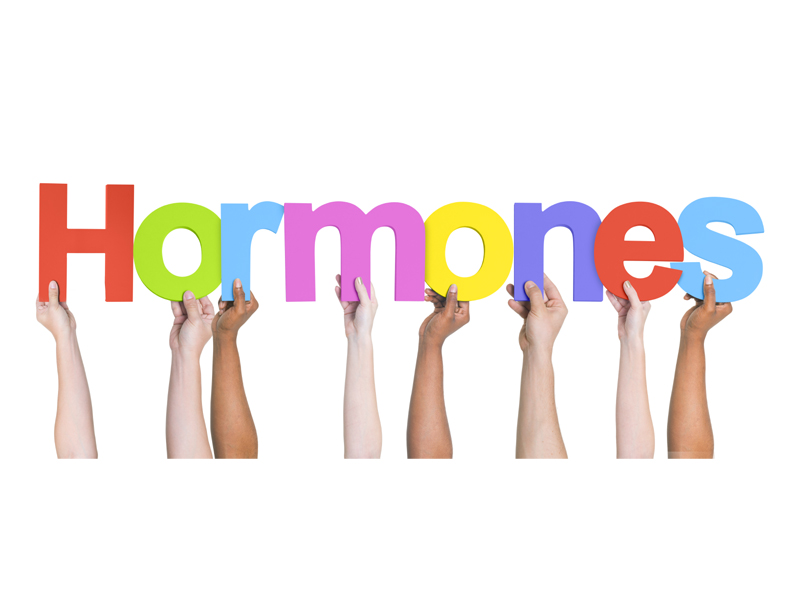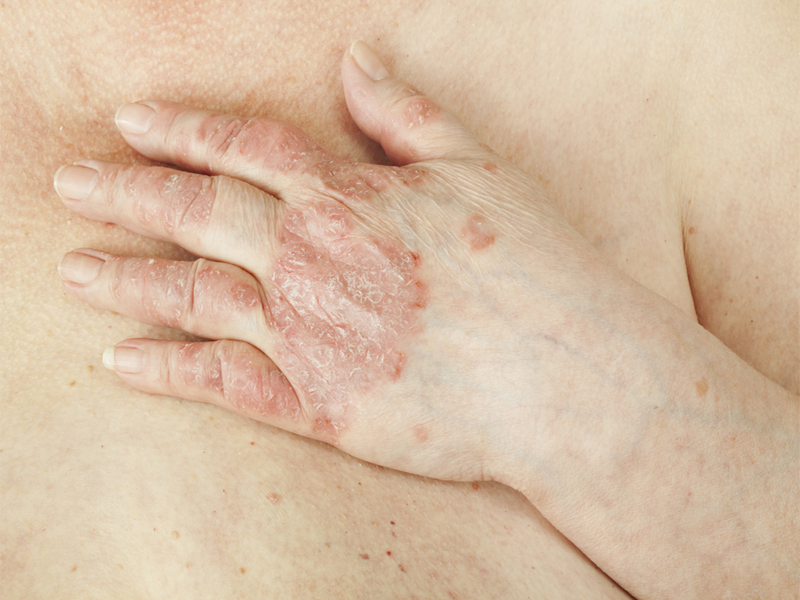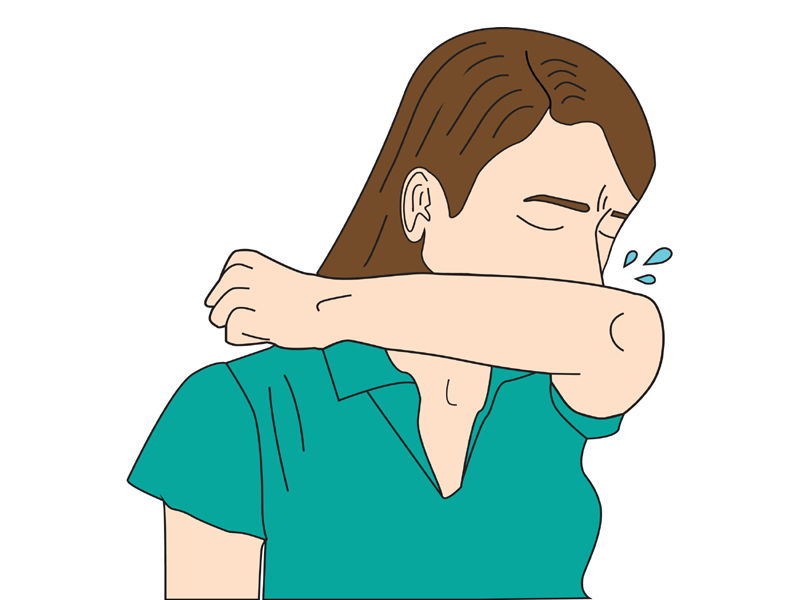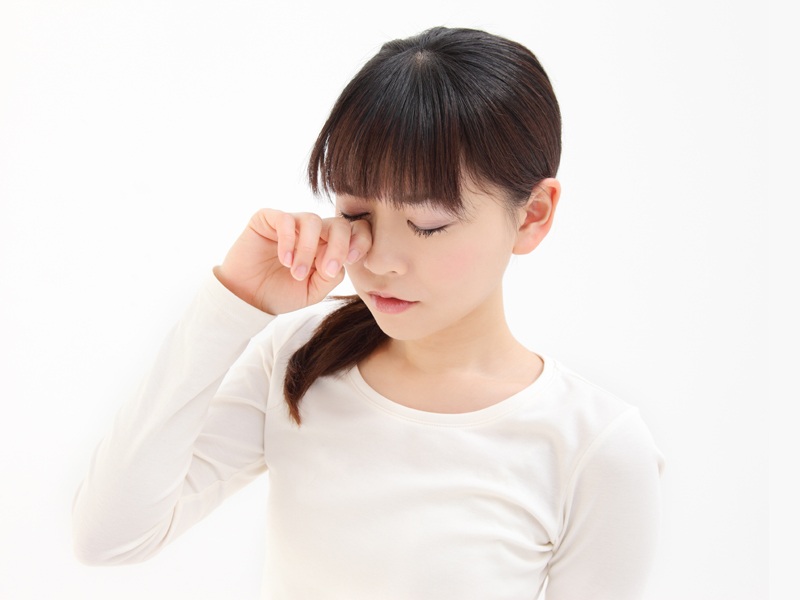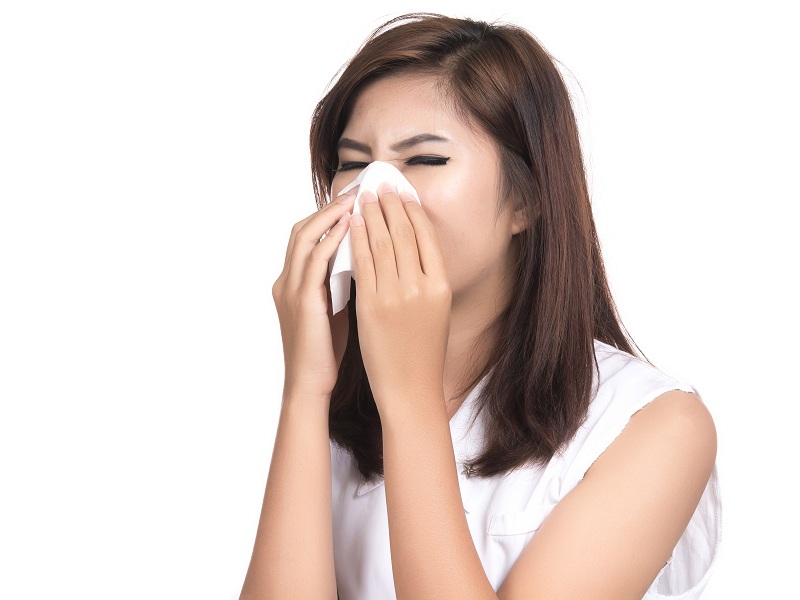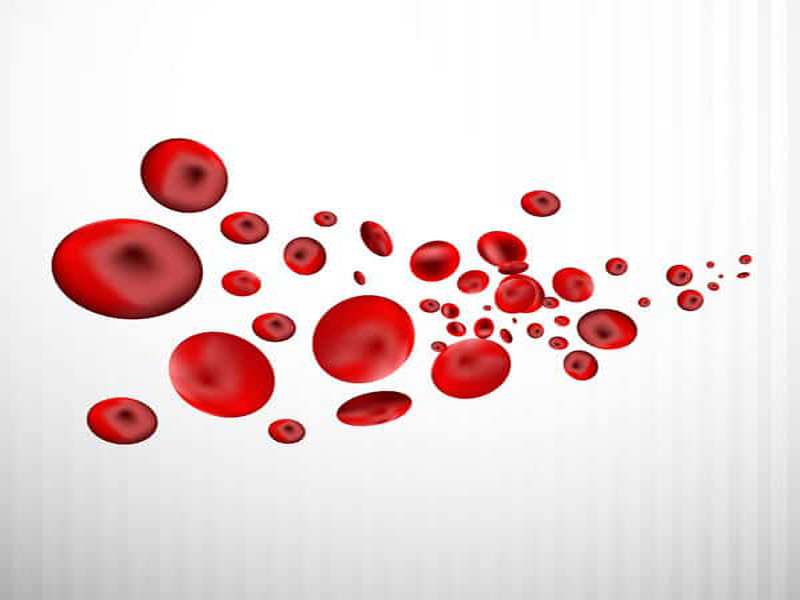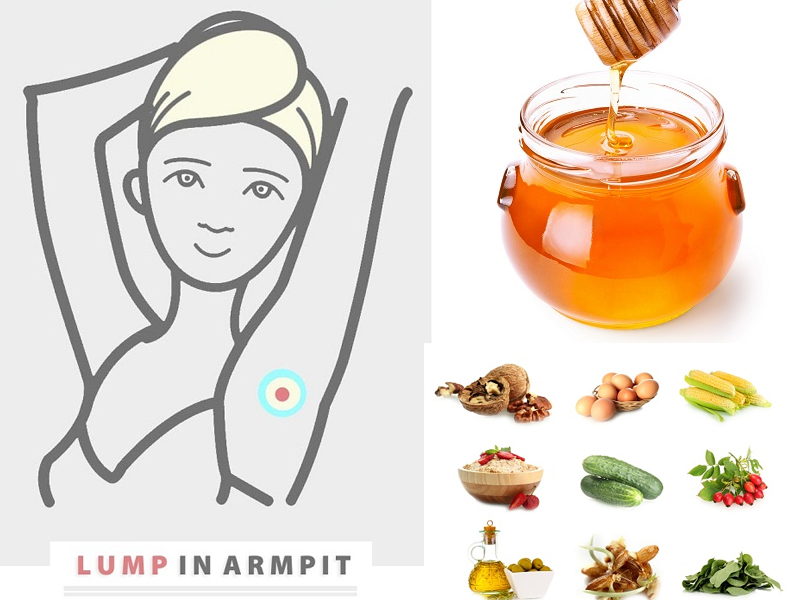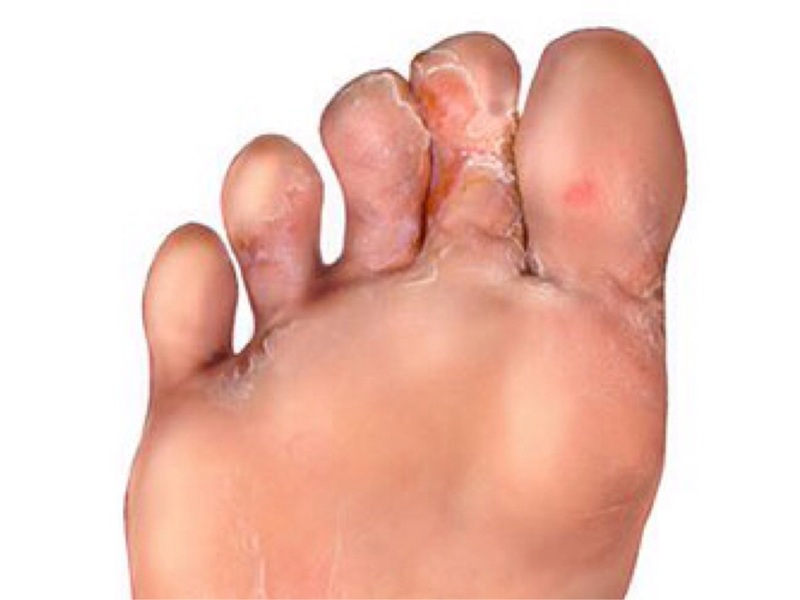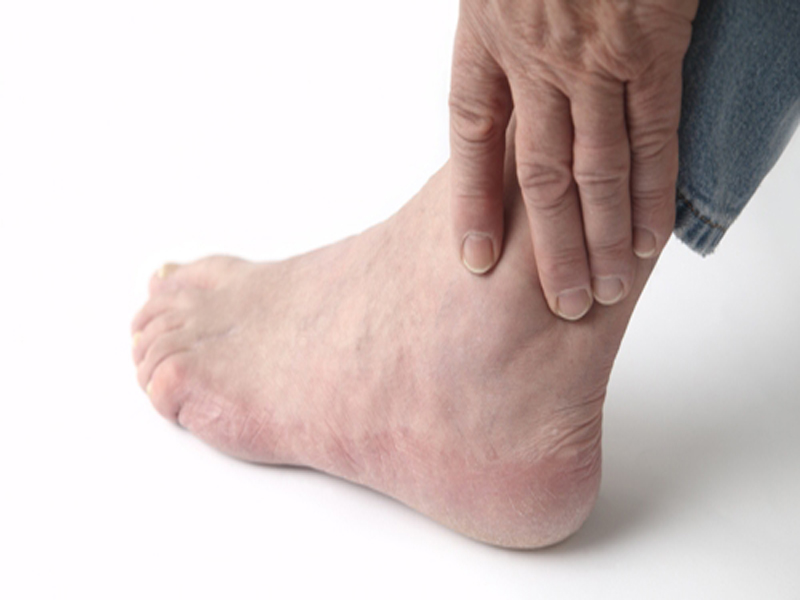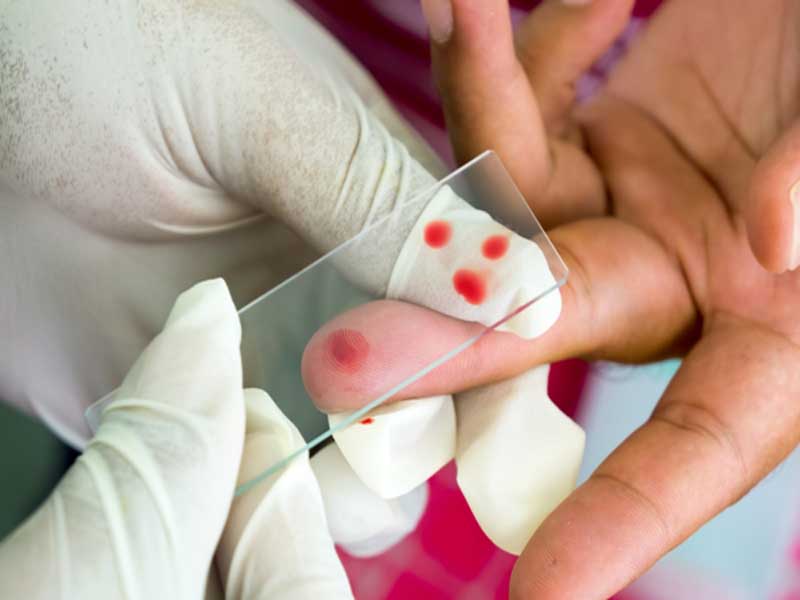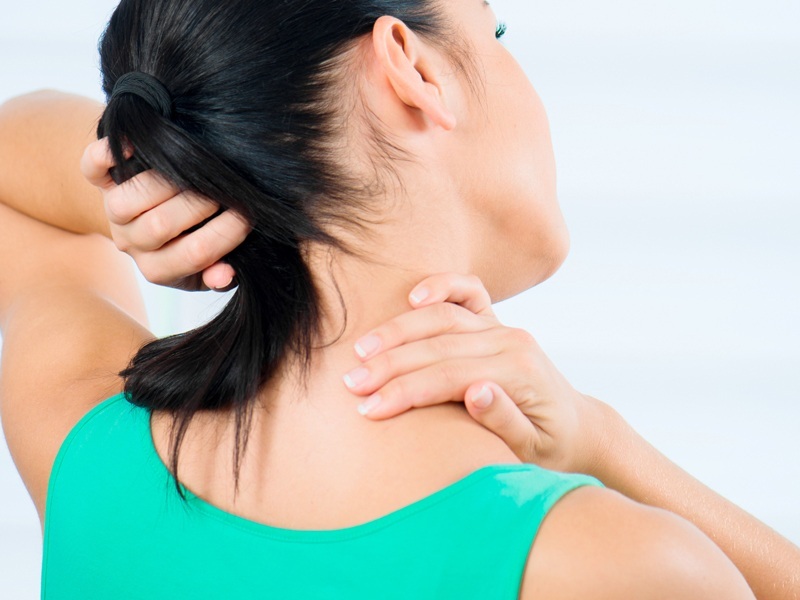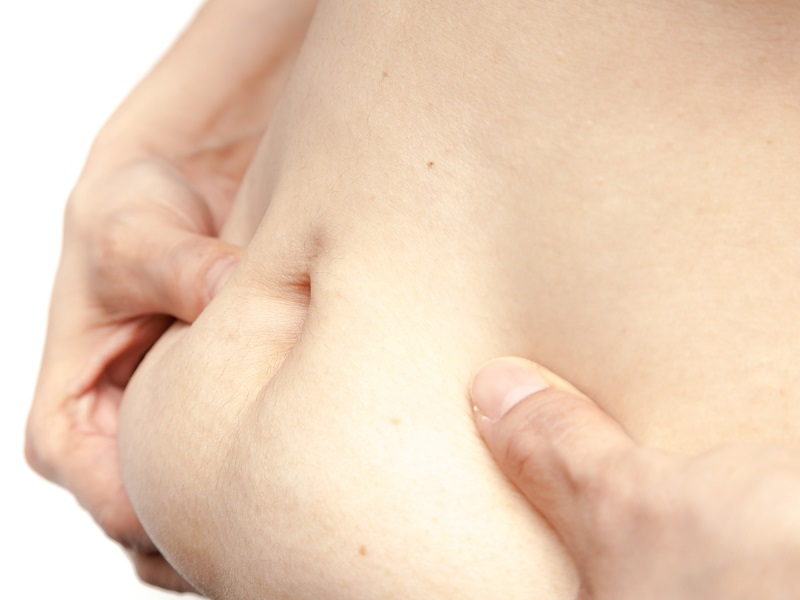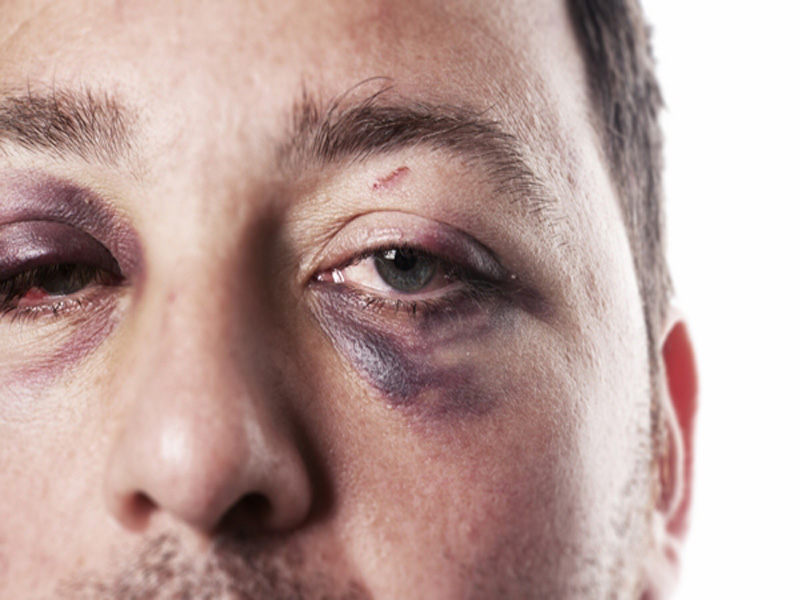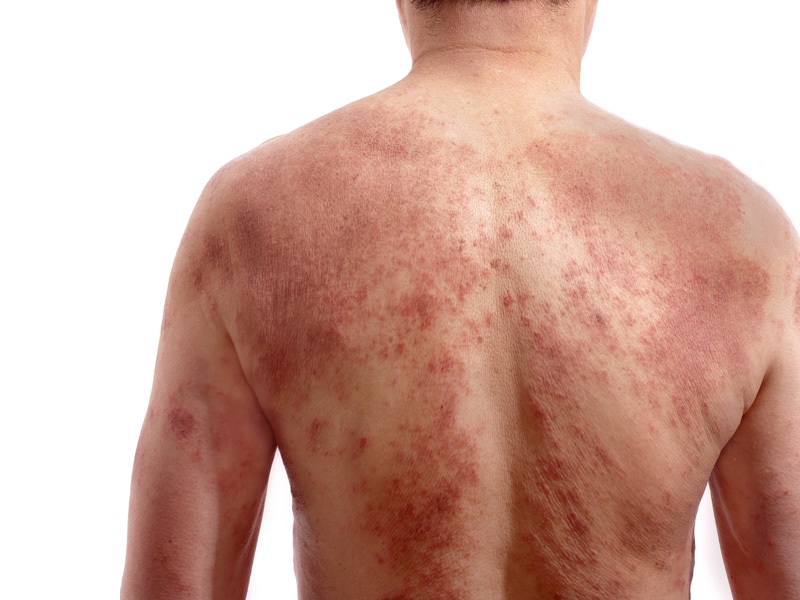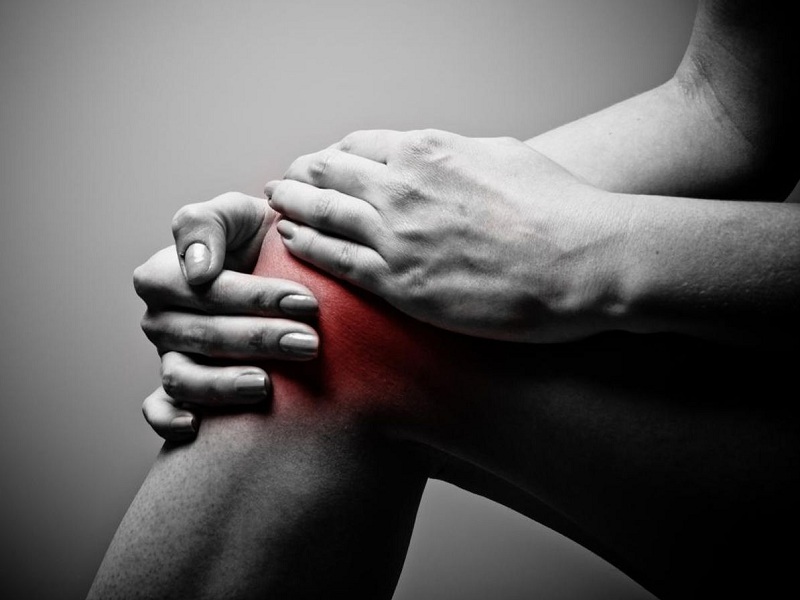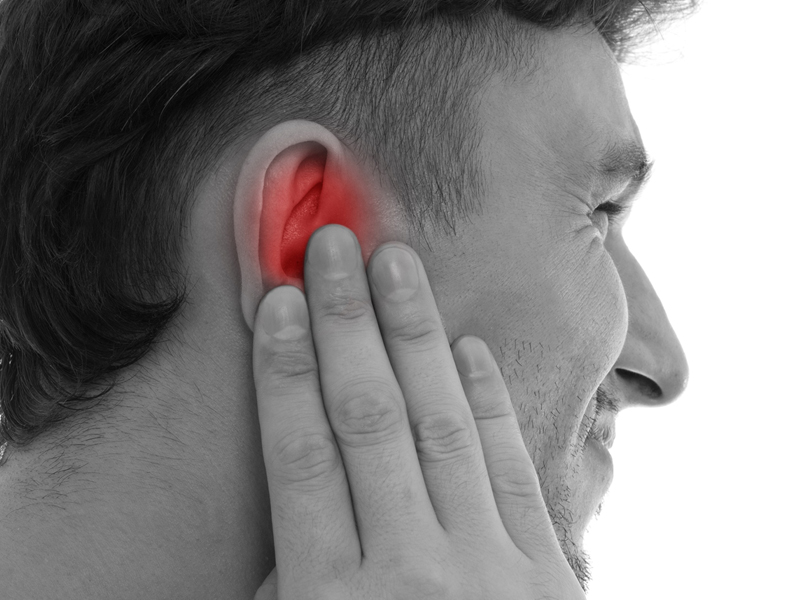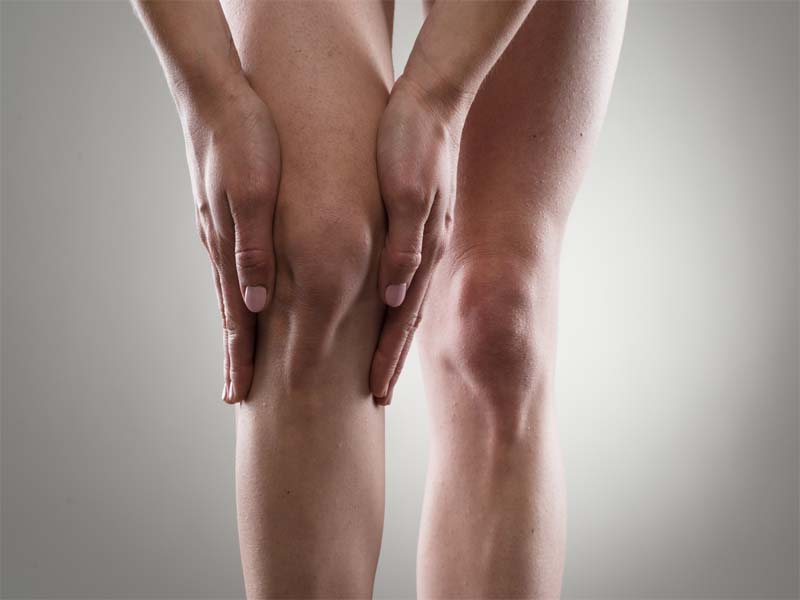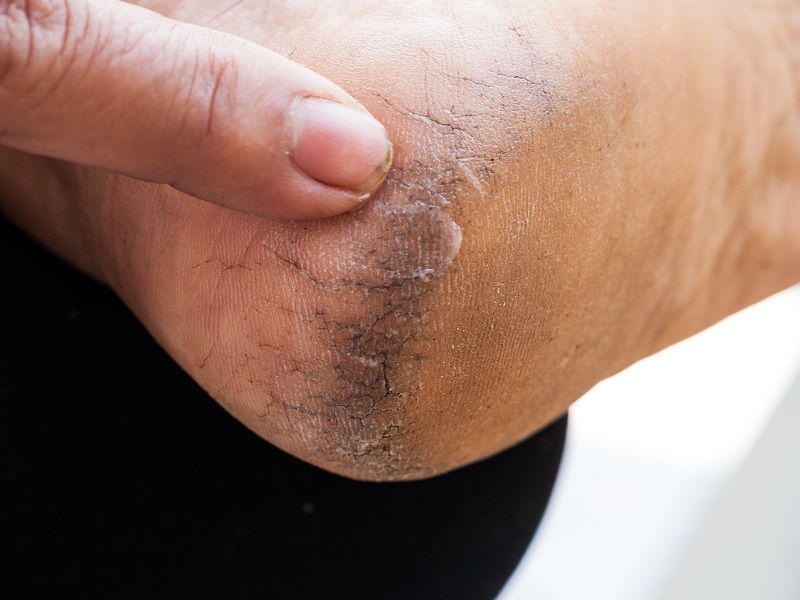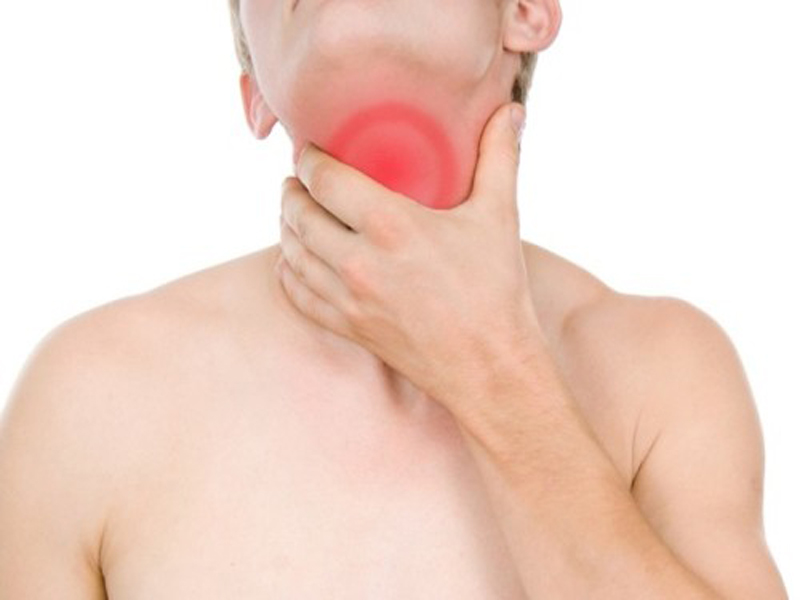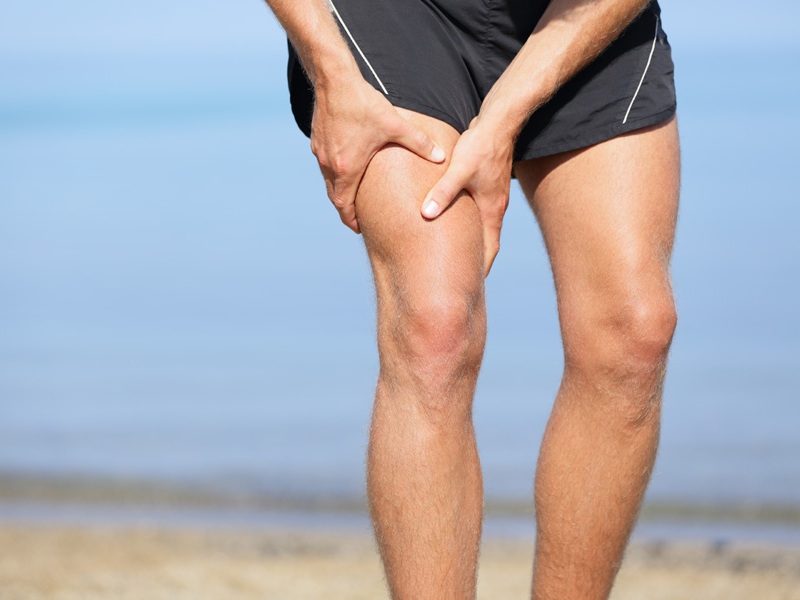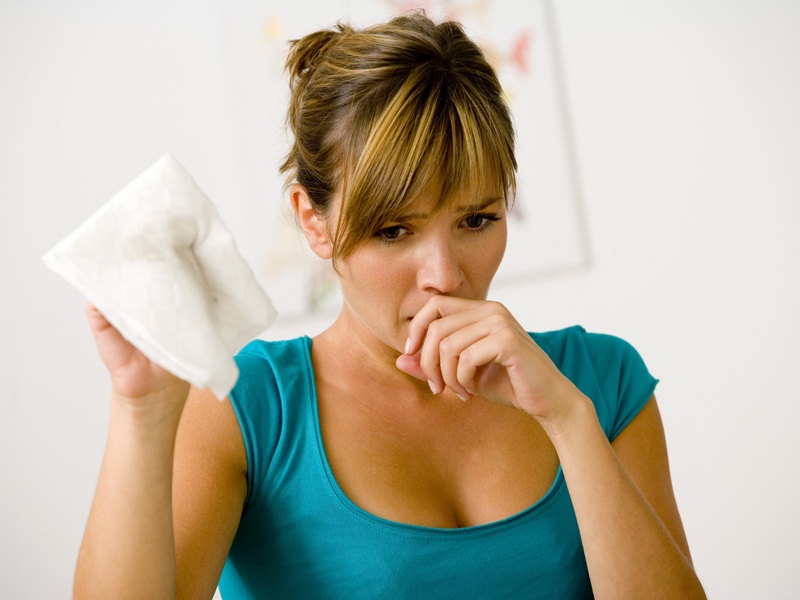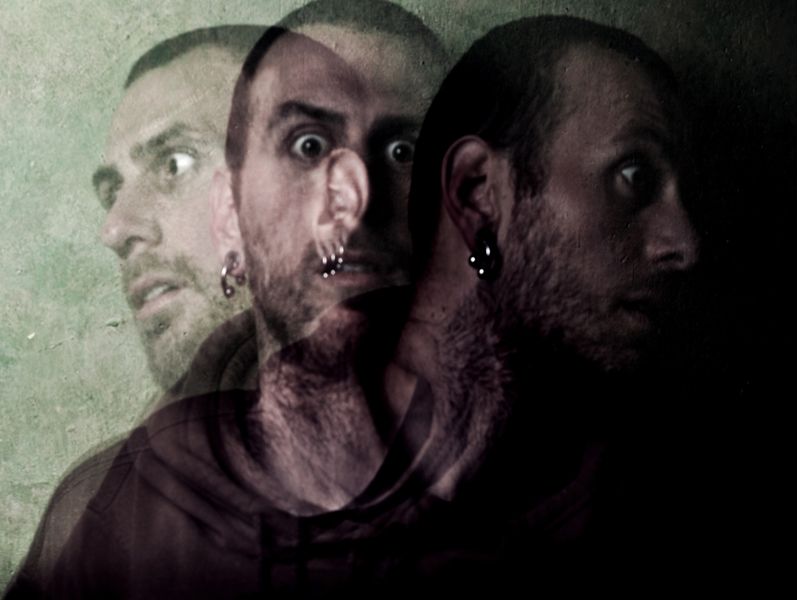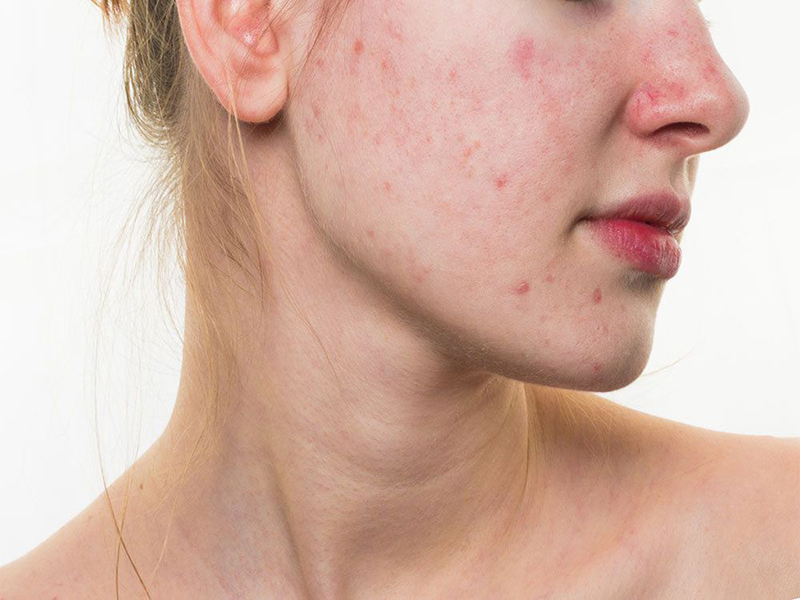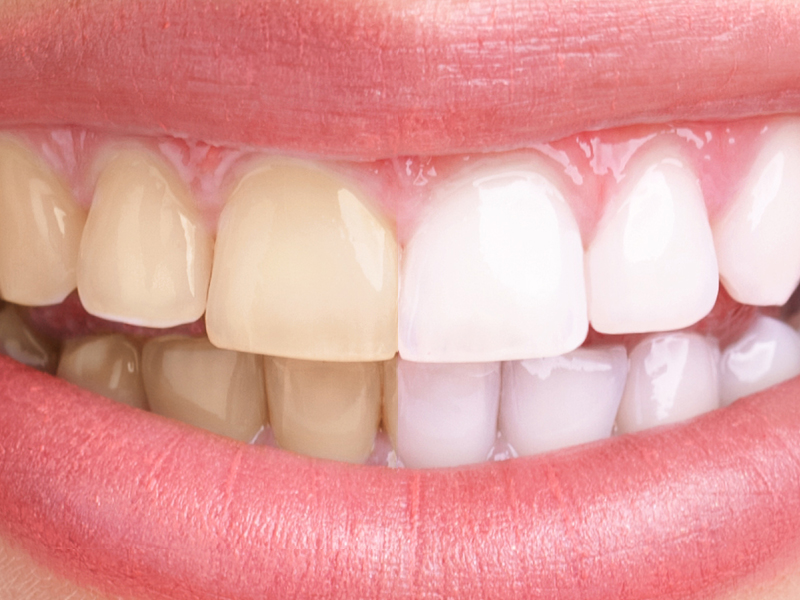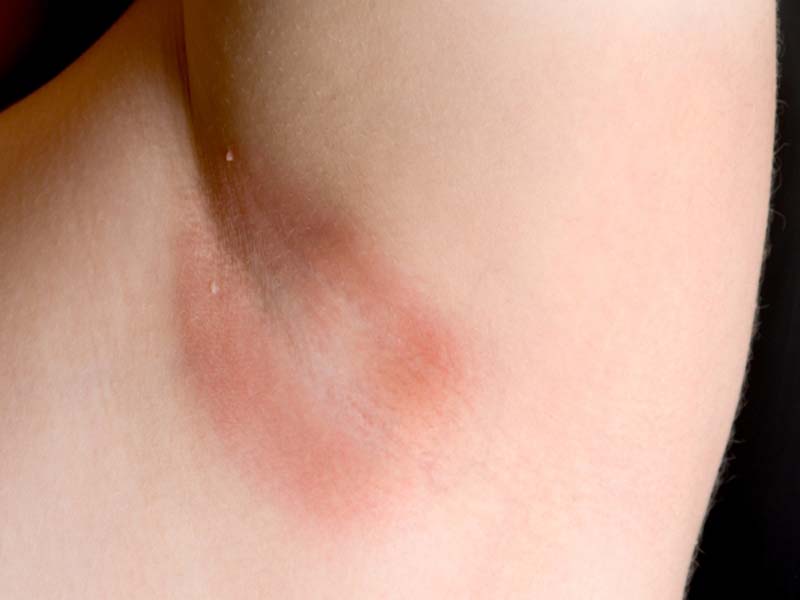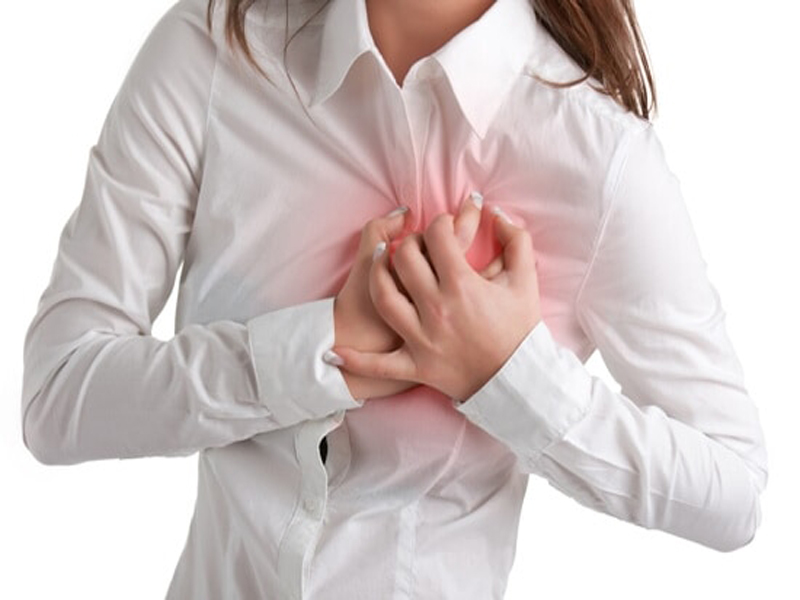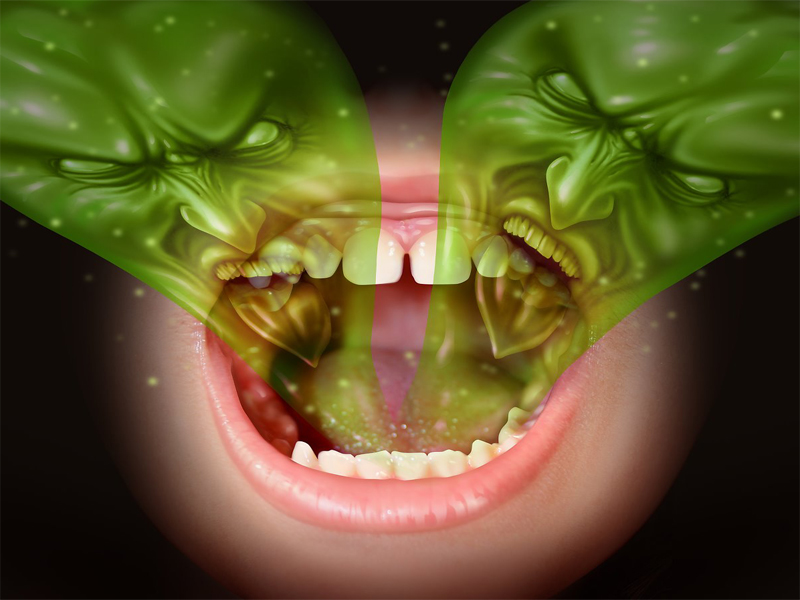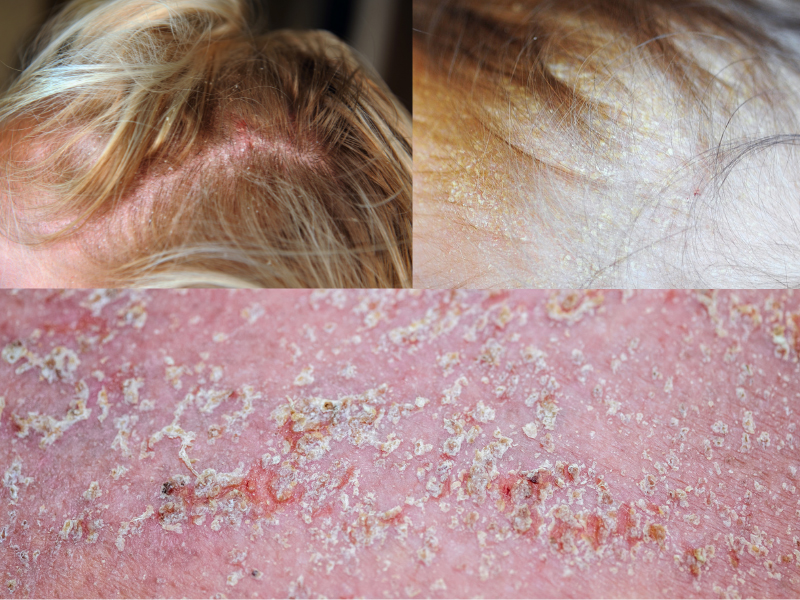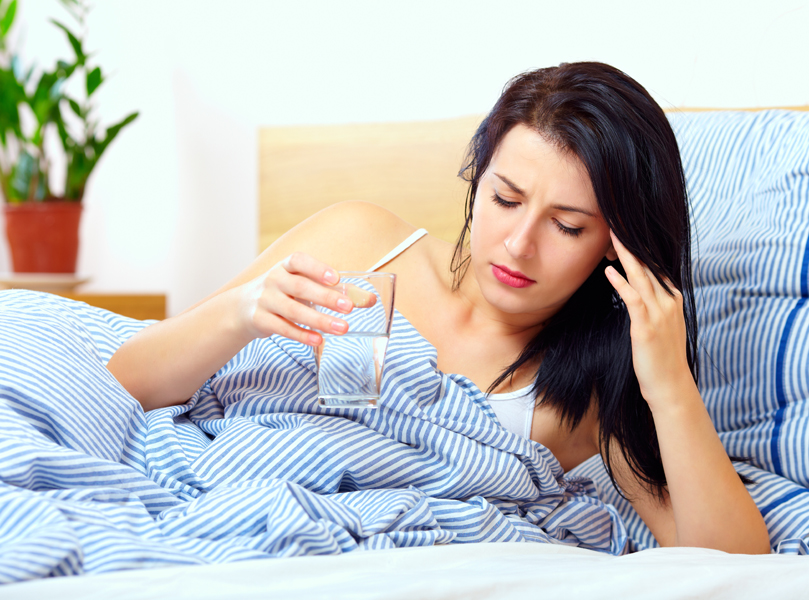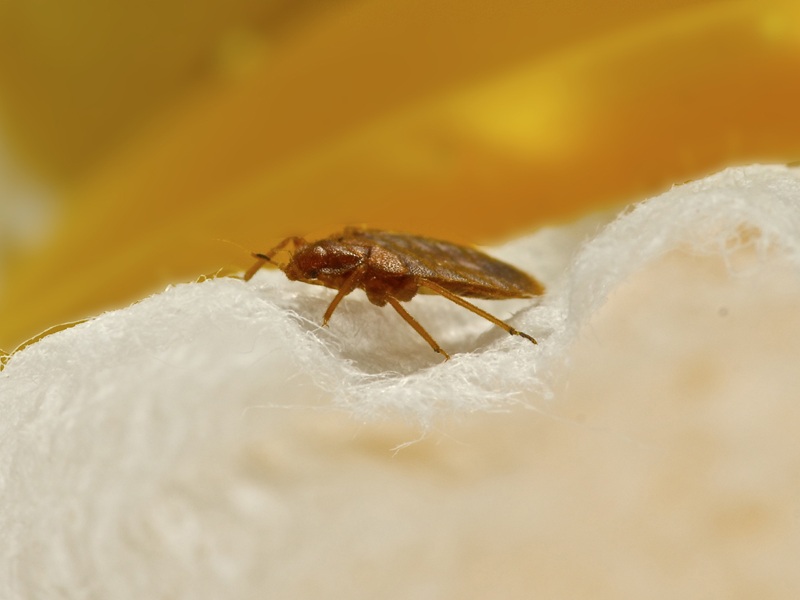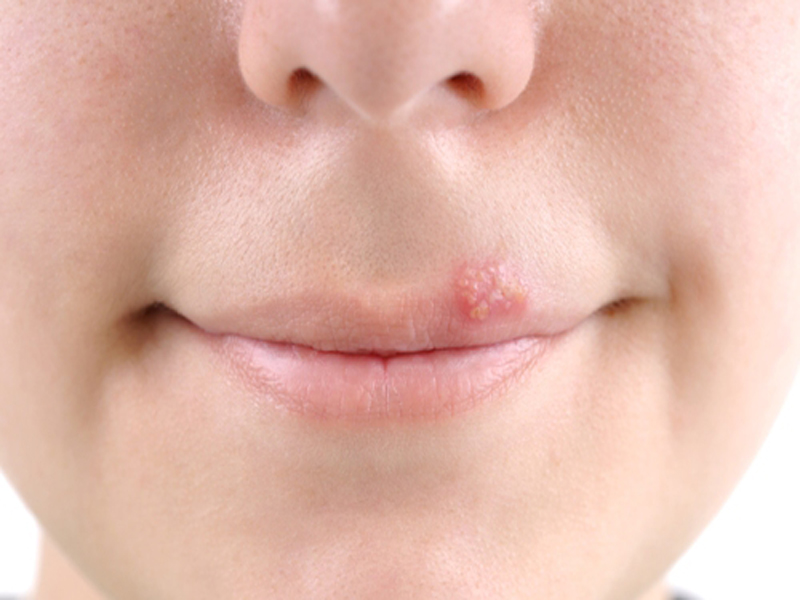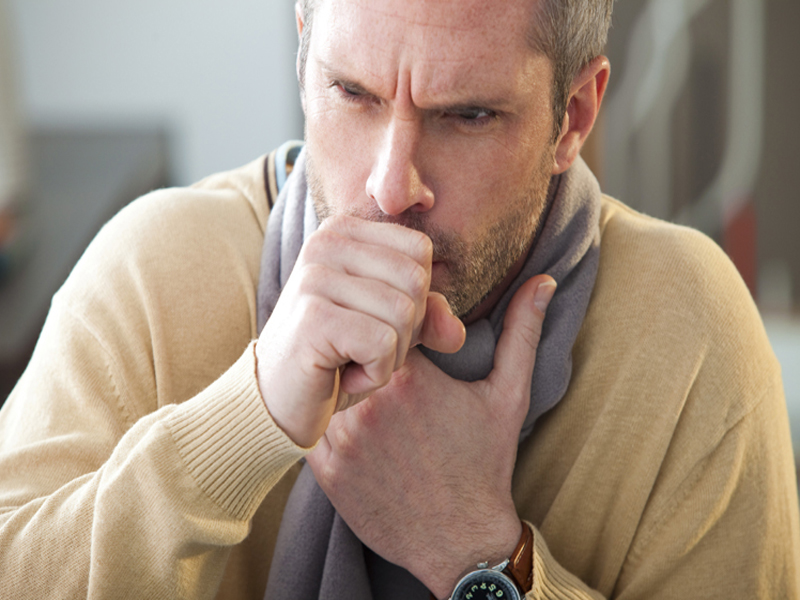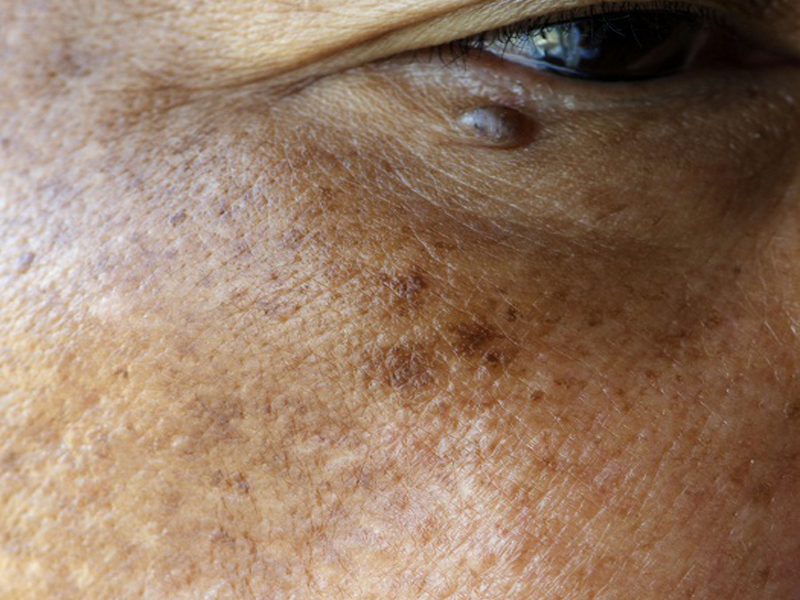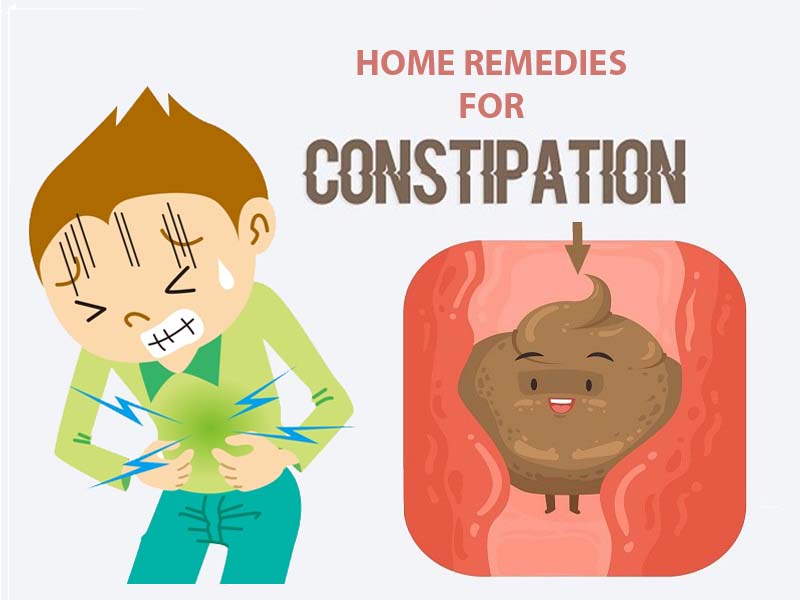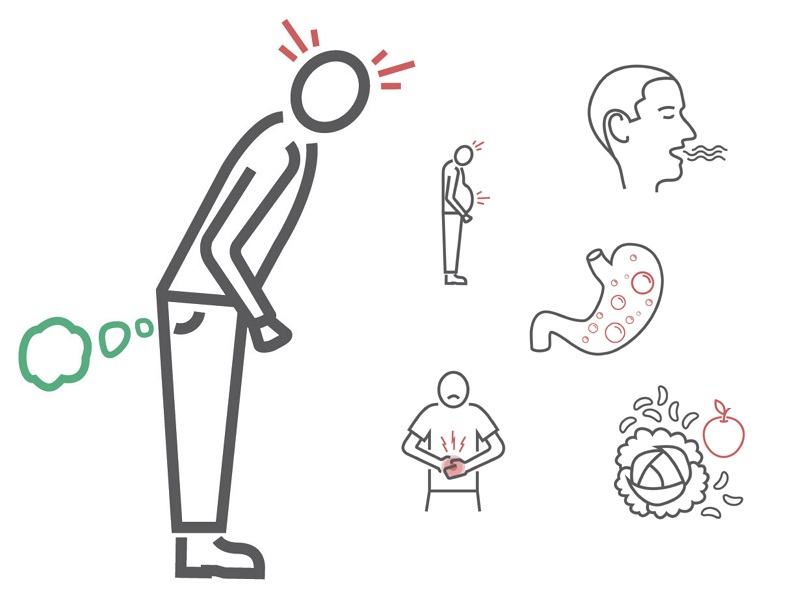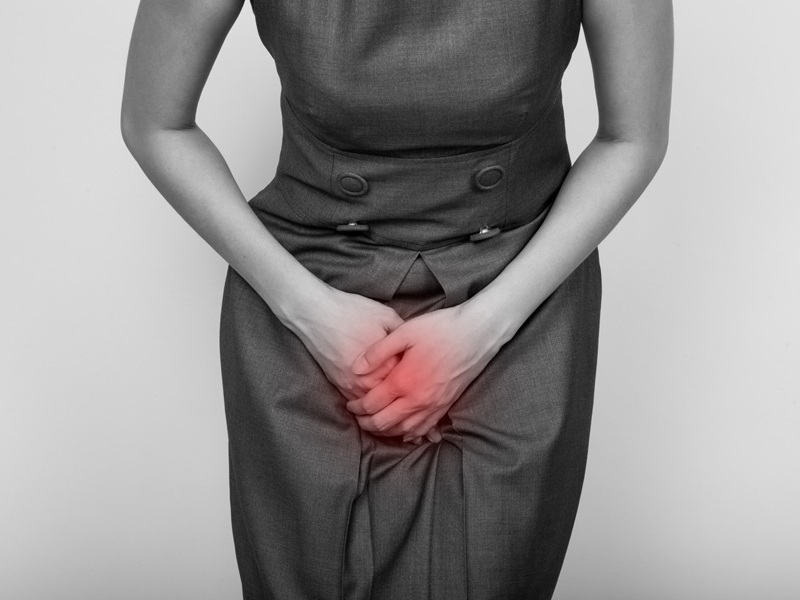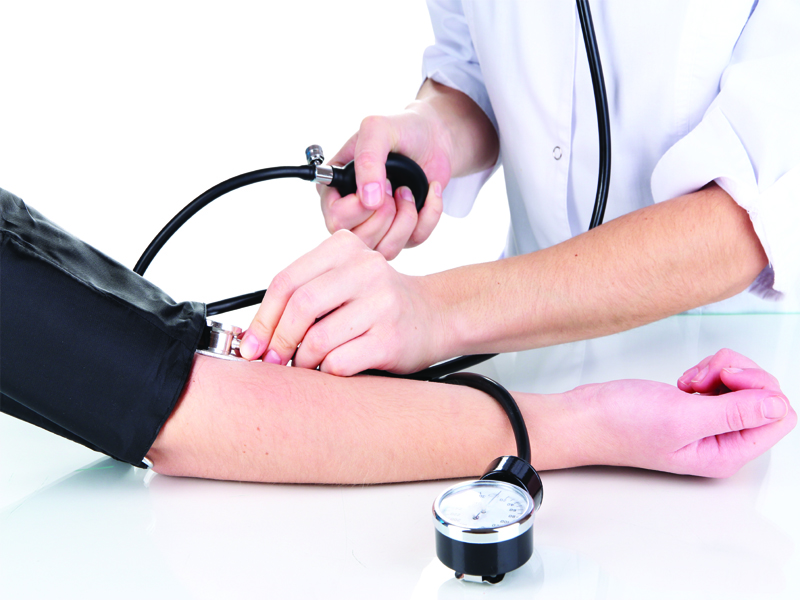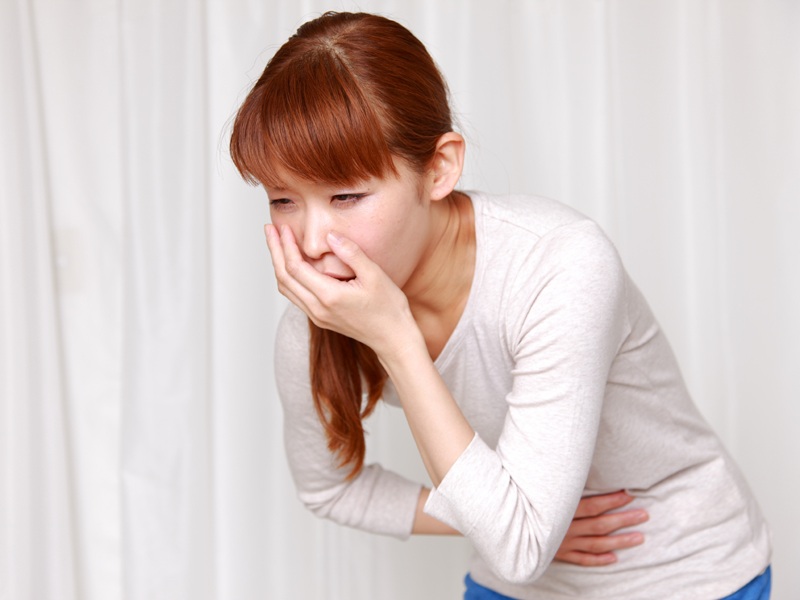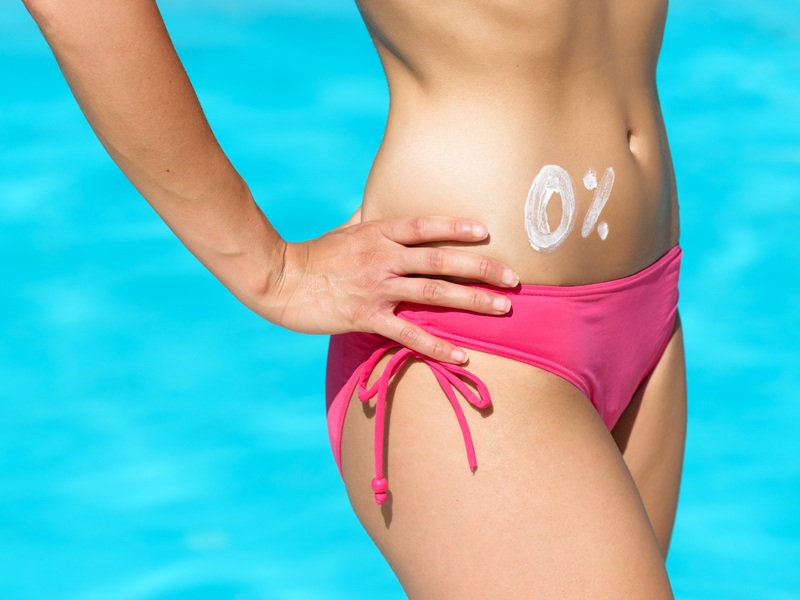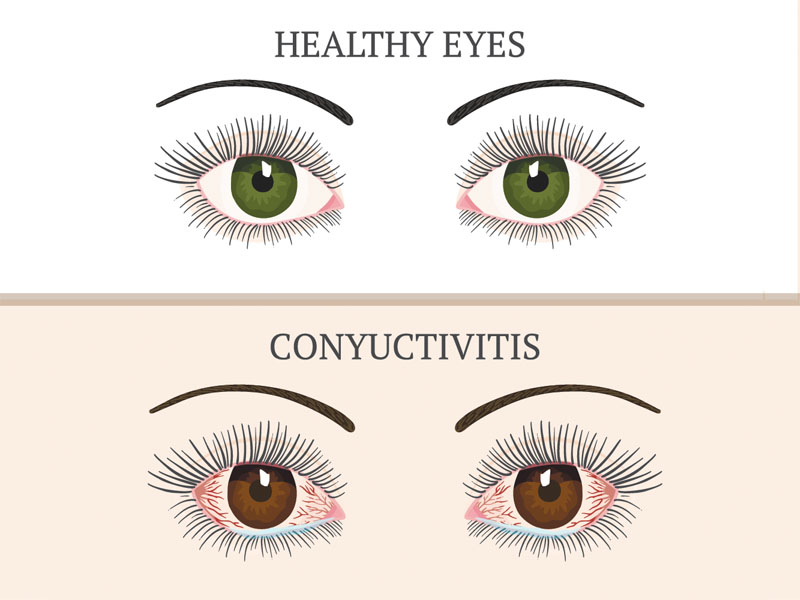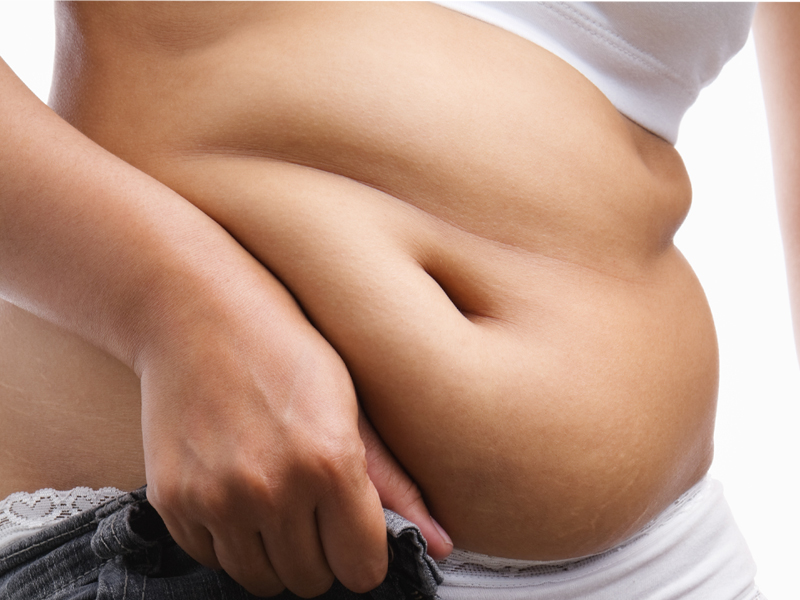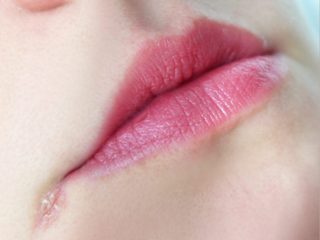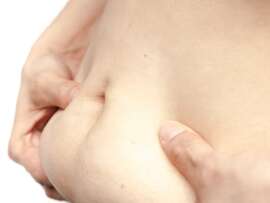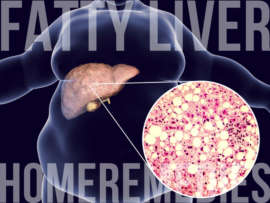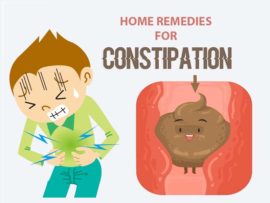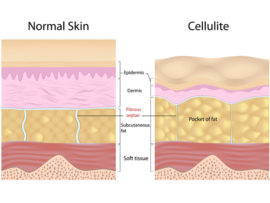Are you suffering from a one-sided throbbing headache with sensitivity to light and sound? Migraines are debilitating headaches and can render you helpless. There are many triggers for a migraine to initiate. Migraines have a wide variety of symptoms, and they are something more than “just a headache.” These headaches can be chronic, but there are home remedies for migraine headaches, which can reduce the intensity and frequency of it in natural way!
Table Of Content:
- What Is A Migraine Attack
- Types Of Migraine Headaches
- Causes Of Migraine Headache
- Migraine Headache Symptoms
- Home Remedies For Migraine Headache
- Migraine In Pregnant Woman
- Migraine In Children
- Foods To Relieve Migraine Headache
- When To Consult Doctor
- Frequently Asked Questions
What Is A Migraine Attack?
The telltale signs of a migraine attack are intense throbbing pain, with occasional nausea and vomiting. These headaches come accompanied by sensitivity to light and sound. An attack often involves pain, sometimes localized to one half of the head. The duration of attack can last anywhere between a few hours to 3 days. People who suffer from chronic migraine attacks should opt for home remedies for migraine as these can provide relief and are safer to use.
Different Types Of Migraine Headaches:
1. Migraine With Aura (Classic Migraine):
1. Chronic Migraine Headache:
Chronic migraine is a headache, which occurs for more than 15 days in a month over 3 months. The symptoms are moderate to severe pain that is pulsating and affecting one side of the head. It predominantly affects one side of the head. The headache gets worse with routine day-to-day activity. Most people who get chronic migraine headache are women, and this could be due to hormone changes.
2. Ocular Migraine:
Ocular migraines are rare conditions where symptoms are temporary loss of vision or blindness in one eye. In ocular migraines, the vision in the affected eye generally becomes normal within an hour. It can appear by themselves or occur with a migraine headache. They are called retinal, visual, monocular or ophthalmic migraines. Ocular migraines can occur for only a few minutes or can last up to 30 minutes.
3. Vestibular Migraine:
Vestibular migraine is a nervous system problem. It causes repeated dizziness in people who have a history of migraines. Unlike classical migraines, one may not always have a headache. They are called by many names, such as migrainous vertigo and migraine-related vestibulopathy. The vestibular migraine symptoms are vertigo, dizziness, and difficulties with balance. It can include neck pain discomfort while turning, bending, or looking up. There may be a feeling of pressure in the ear or head.
4. Menstrual Migraine:
Menstrual headache or a PMS headache occurs just before the period and is associated with a variety of symptoms that distinguishes it from a typical menstrual headache. The menstrual migraine symptoms here include headache pain accompanied by acne, fatigue, joint pain, constipation, decreased urination, and lack of coordination. These headaches are associated with changes in hormone levels. The estrogen and progesterone levels drop right before the start of the period. This is when the menstrual migraines begin.
5. Hemiplegic Migraine:
Hemiplegic migraine is a type of headache, which is rare. It causes intense pain, nausea, and sensitivity to sound and light. It causes temporary weakness, tingling, numbness, and paralysis on one side of the body. These symptoms tend to start before the headache. The trigger for this type of head could be stress, minor head trauma or certain types of food. Hemiplegic migraine headaches can be a scary experience for the individual as these symptoms are like those of a stroke. The weakness may last anywhere from one hour to several days. It usually goes within 24 hours.
See Also: Headache Types
7. Retinal Migraine
This type of migraine is a rare type of migraine with an aura. Unlike other types of migraines with an aura, retinal migraine symptoms consist of vision being affected in one eye only. It may consist of flickering lights or even temporary blindness. Retinal migraines are not a sign of a serious problem within the eye. There is a small chance that the reduced blood flow can damage the retina. When this happens, it can lead to long-term vision impairment.
8. Basilar Migraine:
Basilar migraine is a migraine, which is rare. It begins in the brainstem. The symptoms consist of constriction of blood vessels, which limit blood flow to the brain. Other conditions, which restrict blood flow, may also cause basilar migraines. This migraine is called the Bickerstaff or basilar artery migraine. The trigger is unknown, but these migraines may be the result of a blood vessel that becomes tight. This tightening is vasoconstriction and is often caused by the muscles around the arteries that become too tight and block blood flow.
2. Migraine Without Aura (Common Migraine)
A migraine without aura is a common type of migraine headache. They do not have the early symptoms called an aura like vision changes, dizziness, feeling prickling skin, confusion, and weakness. People who suffer from this type of migraine go through all the other features of a migraine attack (intense pain on one or both sides of the head, vomiting, nausea, and sound or light sensitivity.
Causes Of Migraine:
Migraine triggers consist of several factors like food, vitamin deficiency, habits, atmosphere, etc. the causes are
1. Changes In Hormone Levels:
Women most often experience migraine symptoms during menstruation, and due to change in the hormone levels.
2. Emotional Triggers:
Due to stress, shock, anxiety, depression, and excitement can trigger a migraine.
3. Physical Causes:
Fatigue, sleep deprivation, neck or shoulder tension, overexertion physically, and poor posture, have all been linked to migraines. Low blood sugar has been known to act as a trigger.
4. Diet:
Some of the foods like caffeine in coffee and alcohol causing migraines to contribute to some of the well-known triggers for migraines. Specific foods like chocolate, citrus fruits, cheese, etc. that contain additive tyramine. Dehydration and irregular mealtimes have also been known to be potential triggers.
5. Medications:
Hormone replacement therapy, sleeping pills, contraceptive pills are all potential triggers.
6. Environmental Triggers:
Migraines caused by light, flickering screens, loud noises, strong smells, and second-hand smoke. Temperature changes are possible triggers too. All these can set off a migraine.
7. Low Magnesium Levels:
Studies suggest that migraine vitamin deficiency occurs when the magnesium levels in a person’s brain go very low.
Migraine Headache Symptoms:
Migraine is a pulsating kind of pain that intensifies with physical activity. It begins to build up slowly and can grow into a throbbing pain that affects both or one side of the brain. Other symptoms of migraine are:
1. Feeling Of Nausea And Queasiness:
Migraines come with symptoms of severe headache and vomiting, along with intense throbbing pain.
2. Intolerance To Light And Sound:
During a migraine attack, one is unable to tolerate bright lights and loud sounds
3. Neck Stiffness:
As all the nerves are connected to the spine, those who suffer from migraines often experience stiffness in the neck when they get a headache.
4. Hunger:
Extreme hunger can trigger migraines.
5. Confusion/Disorientation:
A bad headache causes one to be disoriented and confused during a migraine attack.
6. Feeling Low, Depressed, And Sad:
Extreme emotions can interfere with our moods and start a migraine with a headache.
Home Remedies Treatment For Migraine Headaches:
Tea Tree Oil | Hot Tea | Vinegar | Hot Shower | Heating Pad | Cabbage | Water | Ice Bag | Acupuncture | Lavender | Peppermint Oil | Basil Oil | Proper Diet | Massage | Feverfew | Flaxseed | Buckwheat | Proper Stretching | Apple Cider Vinegar | Chamomile | Ginger | Aerobic Exercises | Meditation | Avoid Nitrates | Apple
Natural Ways To Get Rid Of Migraine At Home:
This list below has some of the top-notch homemade treatment that can be used for keeping migraines at bay. All you need to do is pick the one that suits you the best and follow them on a routine basis until you get relief from migraine attacks.
1. Tea Tree Oil Massage:
Tea tree oil is the perfect go-for headache and migraine headache cure. It has anti-inflammatory benefits. Massage some tea tree oil on the temples. It helps in relieving headaches as well as releases pressure from the tensed muscles. It will surely start giving you instant results. This aromatherapy works wonderfully well.
Precautions: Never apply tea tree oil directly on the skin; always dilute it with a carrier oil.
2. Have Hot Tea For Migraine Pain Relief:
A simple way to subside the migraine pains at home is to have a cup of hot tea. Hot tea helps in relaxing the muscles of the body that usually goes stiff in the case of migraines. Make sure you use honey in hot tea instead of sugar. Mint tea and chamomile tea are some of the best examples here.
Precautions: Pregnant women should avoid chamomile tea, as it can lead to miscarriage. One must also ensure that one is not allergic to chamomile.
See Also: Is Caffeine Help To Migraine
3. Vinegar Application:
In pregnancy, this is one of the safest home remedies to treat migraines. All you need to do is dilute some vinegar in water and soak a washcloth in it. Apply this on the forehead in a way that the vinegar gets absorbed by the skin. Do this for 30 minutes to get relief from migraines.
Precautions: Those with sensitive skin can dilute the vinegar with water.
4. Hot Shower:
A simple home remedy for classic migraine symptoms is to spend some time in the hot shower. Do this in a way that the hot water penetrates into the neck. This will relieve the pressure on the neck that is the main cause of headache. This is an instant cure for the problem.
Precautions: Adjust the temperature and avoid very hot showers as it can damage the skin.
5. Heating Pad:
Apply a heating pad on the affected areas like the neck and the back. This will relieve the tension and thus helps in the treatment of migraine. It is supposed to be one of the best home remedies for migraines.
Precautions: Do not apply the heating pad directly on the skin, but use it wrapped in a towel to avoid burns.
6. Cabbage Compress:
Take a cold cabbage from the refrigerator and use this on the affected areas. This is one of the ideal ways to cure the symptoms of migraine like blurred vision. It is also one of the easy and readily possible cure for immediate relief from migraine pain.
Cabbage can be stored in the fridge in containers so that they are available during migraine attacks.
See Also: Amazing Benefits Of Cabbage
7. Have Water:
Staying hydrated is one of the best things to do during the migraine. Many times, dehydration is the reason for the occurrence of migraines. Ensure that you consume at least 10-12 glasses of plain and filtered water along with several other healthy fluids to ensure the safe home remedy to cure migraines.
8. Ice Bag Application:
Take a plastic bag and fill it with ice cubes. Apply this using a towel on the neck area. The numb feeling helps in treating migraine attack symptoms. It is a perfect way to cure the headache without any hassles and effort. Follow this 2-3 times a day for instant relief.
Precautions: Use a towel around the pack to protect the sensitive skin.
9. Acupuncture:
Acupuncture is one of the safest ways where some pressure points and pressed well to release the pressure on the muscles. It thus treats issues like nausea and has a lasting effect on it. This is one of the top things to do as a home cure for migraine headaches. It is recommended to do this twice a week for two months. (1)
10. Lavender Oil:
Lavender oil will be one of the best home remedies for treating migraines. It has multiple uses, and when it comes to headaches, lavender oil is considered one of the best home remedy. Applying two to four drops of this herbal extract in warm water and inhaling the steam emitted will effectively reduce pain. (2).
Precautions: Some people may be allergic to lavender oil; it can cause vomiting, nausea, and even skin irritation in some.
11. Peppermint Oil:
Peppermint oil is one of the best ways to treat headache and migraine pain. It can effectively reduce the tension and headache and assist in the proper circulation of blood to the head. It comes with vasodilating properties and can improve the poor blood flow into the head, which is one of the main reasons for migraine pain.
Precautions: Peppermint oil can cause some side effects like dry mouth, heartburn, and vomiting, but they are relatively safe when applied to the skin.
12. Basil Oil:
If you require some home remedies for migraine due to sunlight, then here we have an effective remedy. Basil acts as a muscle relaxant. It can help in the treatment of headaches caused due to tense muscles and has a calming effect. Basil is known for its analgesic properties. This is one of the preferable home remedies for migraine.
13. Proper Diet:
Maintaining a proper diet is crucial not to trigger a migraine attack. The best way to eat for those prone to migraines would be to eat 5 small meals per day. Consume a diet rich in carbohydrates and protein. Avoid drinking or eating anything that would trigger a migraine. Some common causes and food triggers are chocolates, alcohol, caffeine, etc.
Precautions: Hunger is a potential trigger for migraines.
14. Massage Treatment for Migraine At Home:
Massaging the scalp along with neck and shoulders can ease the muscle tension that is present as it can trigger headaches. Studies show that massages reduce the frequency of common migraine triggers. A scalp massage, even while suffering from migraines, has shown instant relief. Massage therapy is very effective in treating tension headaches and migraines.
15. Feverfew Herb for Migraines:
This herb is used as a natural treatment for migraine. It has demonstrated to be effective in the treatment of migraines by reducing its frequency (3). It is one of the most popular home remedies and used on anyone who is undergoing migraine headaches. And it is not expensive at all and can be availed easily.
Precautions: It is relatively safe when taken for a short term.
16. Flaxseed:
Here, we have one of the best home remedies for migraine, which is used in treating migraine pains. Some headaches are caused due to depression, and it is important that you consume omega-3 fatty acids, which is found in flaxseeds. You can use it in the liquid form (oil) or take it as whole or ground seeds.
Precautions: Pregnant women must avoid flaxseed as they can trigger hormonal effects.
See Also: Facial Paralysis Home Treatment
17. Buckwheat:
Buckwheat is a useful and one of the best remedy for migraine relief and for reducing the frequency of headaches. It has been used for many years now and has been termed as an effective home remedy for migraine headaches. It contains a form of flavonoid known as rutin. These are phytochemicals, which assist in reducing the pain and keep one fit and active at the same time.
18. Proper Stretching :
Sometimes, lack of stretching might lead to headaches and migraines. Try some of these simple shoulder and neck stretches, which will work wonders to reduce and is the best way to cure migraine. You can add these stretches to your regular workout routine. The neck range motion, shoulder shrugs, and neck isometrics can assist you in relieving the migraine headache.
19. Consumption Of Apple Cider Vinegar:
Are you in need of the best home remedy for migraine? Take some spoons of apple cider vinegar and put it in a glass of warm water. Stir it and drink this to gain relief from migraine headaches. Continue this natural remedy for a week or so, and it will reduce the frequency of your migraine attacks.
20. Chamomile:
This is an anti-inflammatory substance and can reduce that kind of migraine and headaches, which have been caused due to inflammation. It comes with soothing features and can eliminate the migraine symptoms and causes within a week. Chamomile tea has a lot of other benefits, which serve our body and organs as well. Take two to three teaspoons of chamomile flower in a cup already filled with warm water and steep it for two to three minutes. To make it a little bit tasty, you can add some lemon juice to it. (4)
Precautions: Pregnant women should avoid this as it can lead to miscarriage.
21. Ginger:
Ginger has the ability to block muscle contraction, which further leads to headaches and migraine issues. It reduces the impact on hormones and stimulates the inflammation in the blood vessels. Drinking ginger a number of times throughout the day will reduce the migraine pain and will keep your body clean from the inside as well.
Precautions: Pregnant women may consult their doctor before using ginger.
22. Aerobic Exercises:
A recent study has proved that performing aerobic exercises will reduce migraine headaches. This is one of the best home remedies for migraine. Exercises such as swimming, biking, etc. can reduce headaches and migraine pain. Aerobic exercise therapy has gone a long way in reducing the number of migraine attacks.
See Also: Best Aerobic Exercises
23. Meditation Treatment for Migraine:
Meditation is the key. There are many meditation techniques, which can reduce migraine pain effectively by alleviating stress and tension. Meditation can inhibit a part of the nervous system that is responsible for stress. Without taking any medicines and consulting a doctor, meditation is one of the best home remedies for seeking relief from migraine pain.
24. Avoid Nitrates or Nitrites:
The consumption or exposure of nitrates and nitrites causes vasodilation of blood vessels. This, in turn, may trigger a vascular headache. So is the case with nitrites that are used to preserve the red color in processed meat and as preservatives and in many other food products. It is best to consume these products in moderation and not trigger a migraine headache.
25. Apples:
An apple a day keeps the doctor away. We all know how true this statement is. The smell of green apples is known to reduce the severity of migraine symptoms and keep the body healthy. It helps one to focus better without any additional pain.
Migraine in Pregnant Women:
Hormonal changes during pregnancy are not the only thing that leads to migraines in females. Most women have a combination of triggers, which consist of fatigue, sugar drops, tension, emotional, or physical stress. Treatment consists of beta-blockers, which lower blood pressure, and in turn, prevent migraines. They are relatively safe during pregnancy. If migraine occurs along with vomiting, then the doctor might prescribe an anti-nausea medicine to relieve the discomfort.
Migraine in Children:
Among children, migraine is not just a bad headache. It is a complicated neurological disease in combination with migraine symptoms in children, like vomiting, dizziness, strong smells, nausea, and sensitivity to sound, and light. Unfortunately, it is very common among children. During the attack, the child may want to lie down in a dark room. The duration of migraine headache in a child is much shorter when compared to adults. It can last anywhere from 30 minutes up to 48 hours. It usually lasts less than 4 hours, and some children report even shorter headaches lasting 10-20 minutes.
Foods To Relieve Migraine Headaches:
The following are the foods to relieve and offer the best defence against migraine headaches:
- Sweet potatoes
- Spinach
- Carrots
- Carbonated, tap or spring water
- Brown rice
- Cherries
- Cranberries
- Non-citrus fruits
- Natural sweeteners like maple syrup and vanilla extract
- Fresh meats
- Poultry
- Fish
- Grains and mushrooms
When To Consult A Doctor?
Being aware of several treatment options can make a living with migraine headaches much easier. It is not good to treat migraines with over-the-counter medications that are not specifically targeted at it. Most of the people do not see a healthcare provider and try to self-treat themselves. The warning signals to watch for during an attack are moderate to severe headaches, sensitivity to sound, odor, and light, nausea, or vomiting sensation. When all these symptoms begin to interfere with your activities of daily living, then this is the best time to seek a doctor’s help. The doctor can prescribe migraine-specific medication that will help you a great extent.
Migraines can begin at any point in our lives during our early childhood, adolescence, or even adulthood. Some of the common risk factors that make us more prone to having migraines include age, family history, gender, and hormonal changes. It can be debilitating to the point of disrupting our lives and work. Though migraines can be lifelong, they can be kept under check, and the symptoms can be alleviated with natural remedies for migraine headaches.
Frequently Asked Questions:
1. Are Acupuncture Techniques Good For Migraine Headaches?
Acupuncture is traditional Chinese medicine involving the insertion of very thin needles into pressure points. It relieves chronic migraine headache. The needles stimulate the nerves so that it releases hormones such as endorphins. These trigger a response from the body and relieve migraines and tension headaches. Ensure that acupuncture is done by a professional. There is some speculation that acupuncture alone is not enough to cure migraine headaches.
2. What Is The Difference Between Migraine Versus Headache?
It is very essential that one must know the difference between a migraine attack and a headache. Headaches can vary in how long they last, the trigger, and how severe they are. They may not occur in an identifiable pattern as migraine attacks do. Common migraine triggers present as moderate-to-severe headaches, and they occur on one side of the head. They have other symptoms too, such as nausea and vomiting, sensitivity to light and sound. A headache that has throbbing pain and affects our activities of daily living is a migraine. Doctors suggest tests like electroencephalography (EEG), CT, MRI scans, or a spinal tap to exclude any other causes of headache.
3. What Types Of Medications Treat Migraines?
Over-the-counter medications used to treat migraine headache. They include non-steroidal anti-inflammatory drugs such as ibuprofen/naproxen. Prescription medications that relieve the pain of migraines include triptans and narcotic analgesics. Other medicines used to treat migraines include beta-blockers, antidepressants, ergot derivatives, and calcium channel blockers. Botox injections are also be used to treat migraine headaches.
Disclaimer: The information in this article in the form of tips, remedies, and suggestions are for informational purposes only. The main purpose is to create awareness with simple and safe home remedies. This information should not be construed as a substitute for professional medical advice, diagnosis, or treatment. Please ensure to seek the advice of your physician with any questions regarding medical condition or treatment change.


